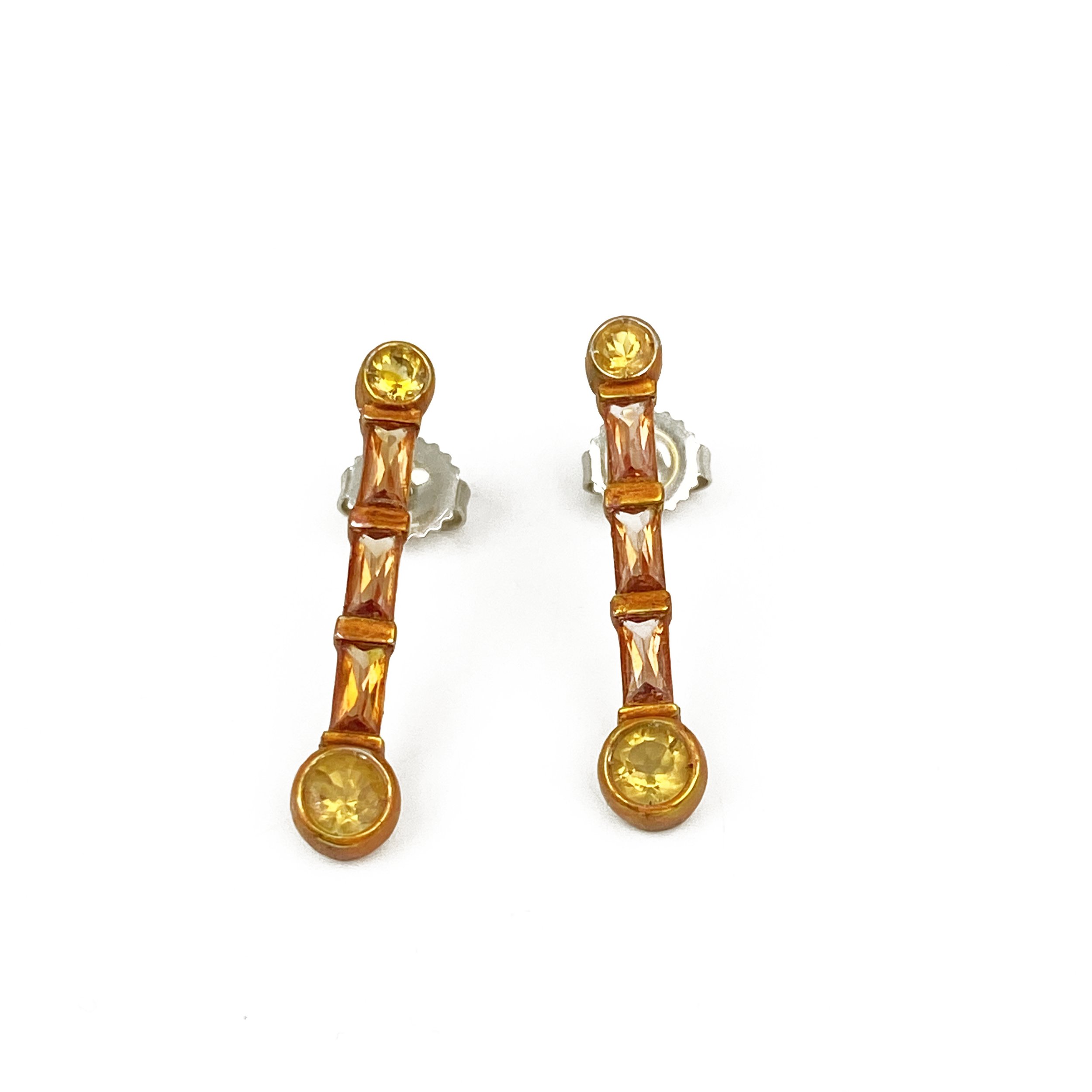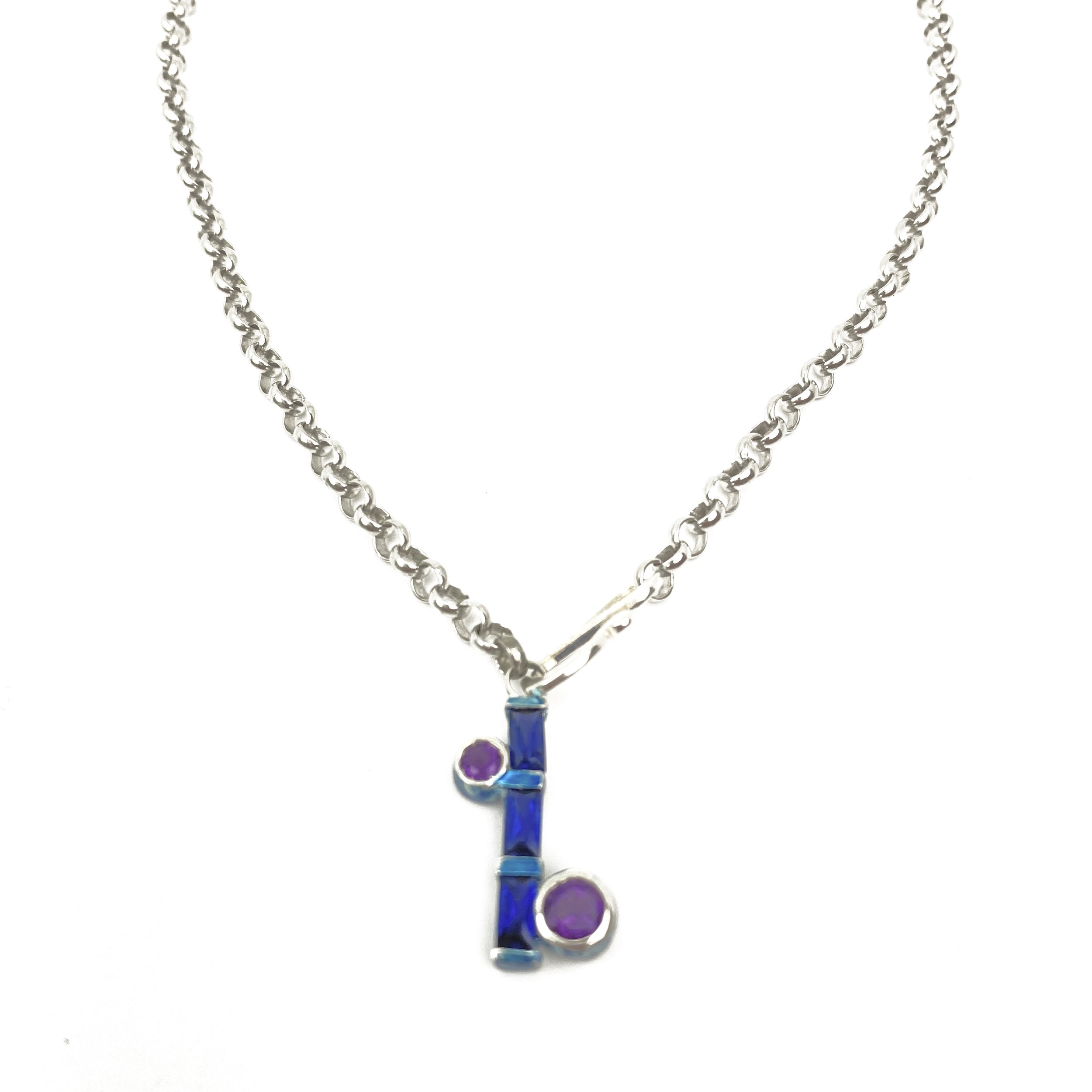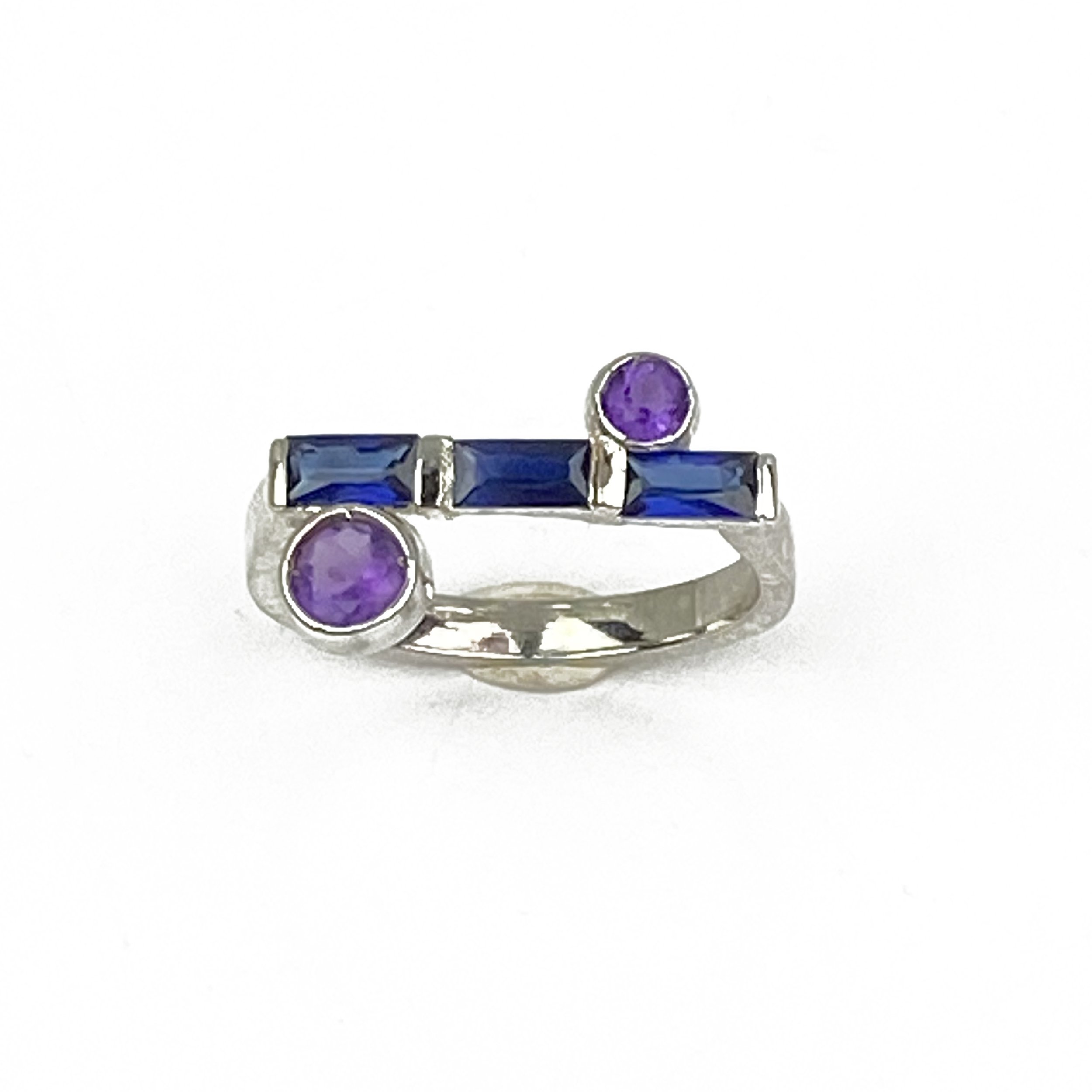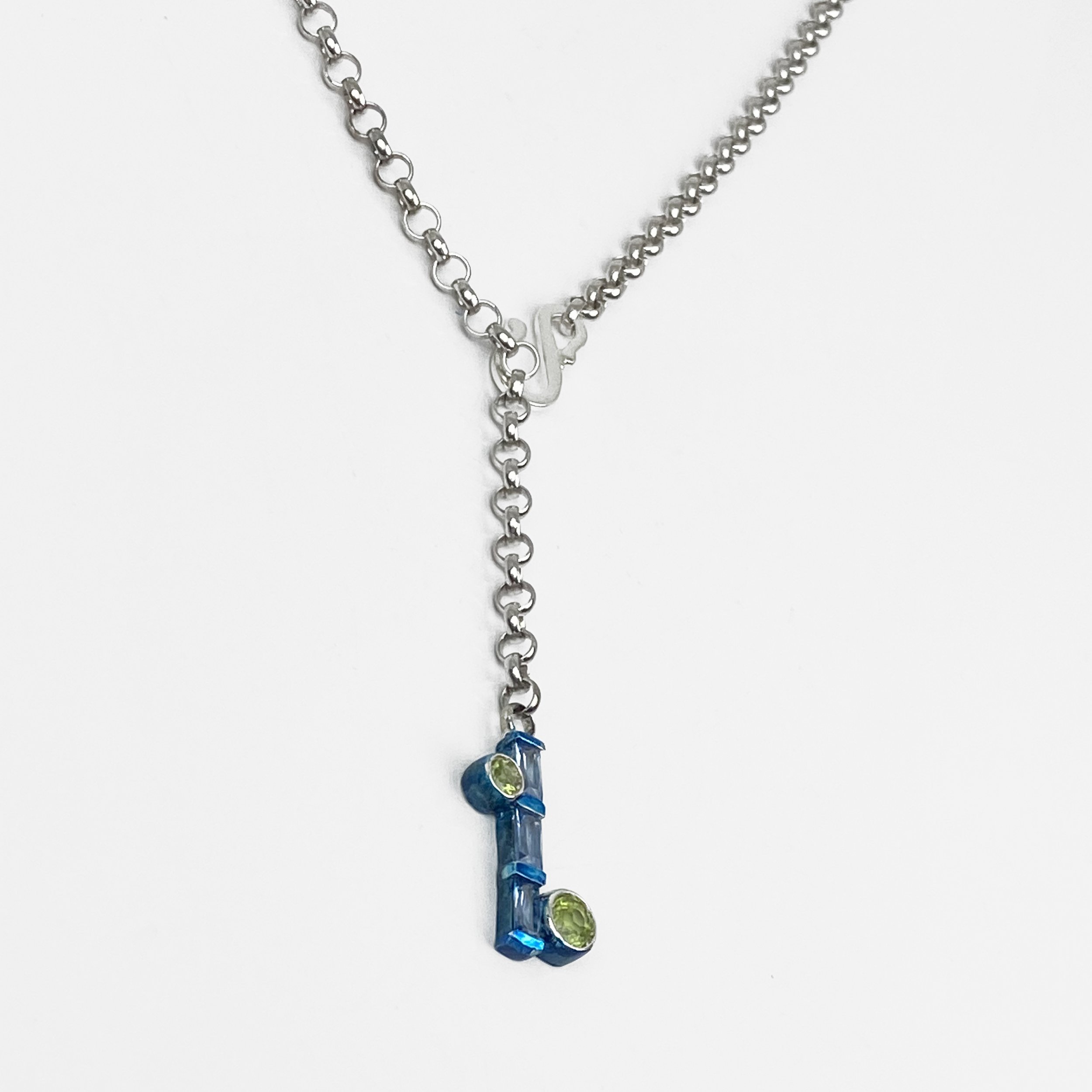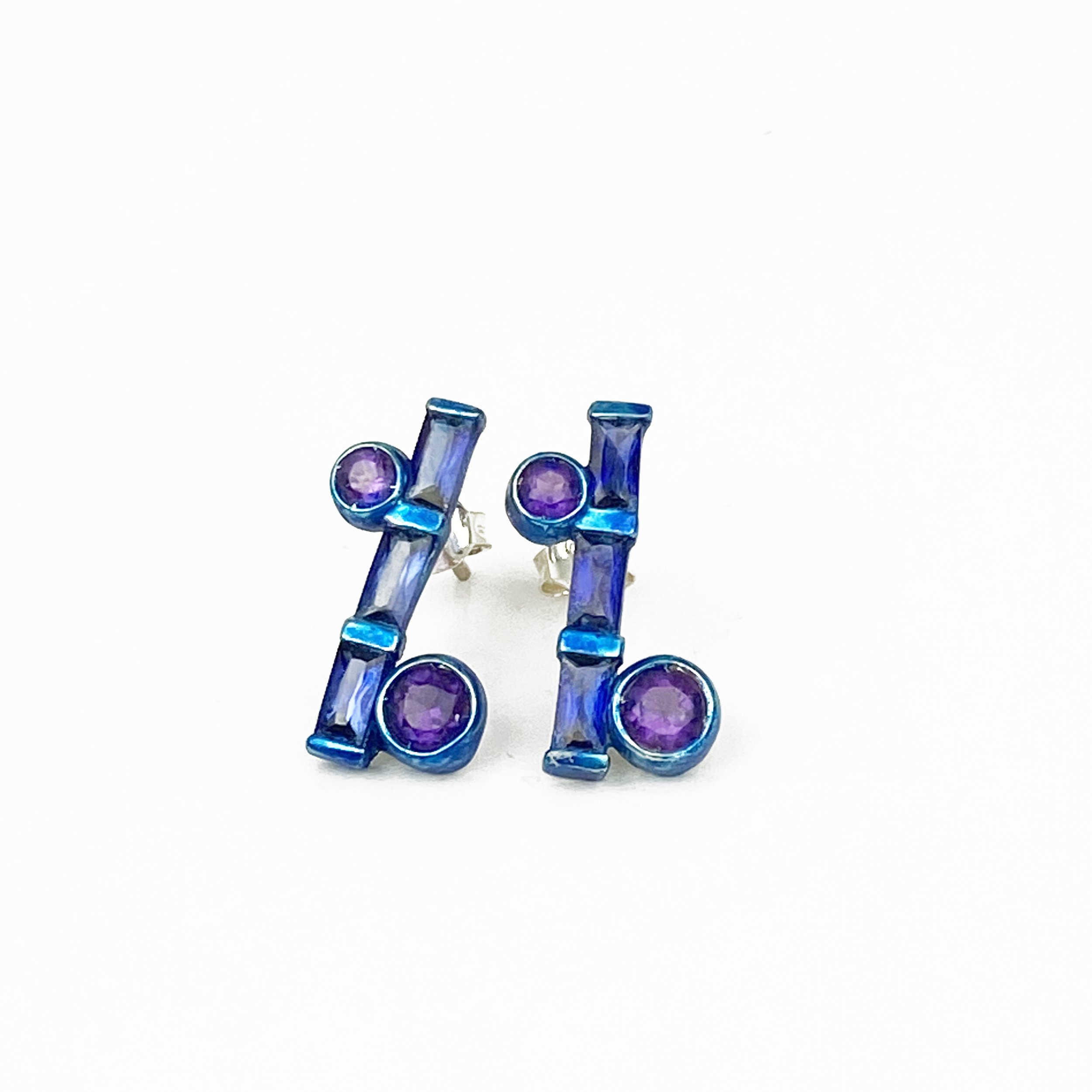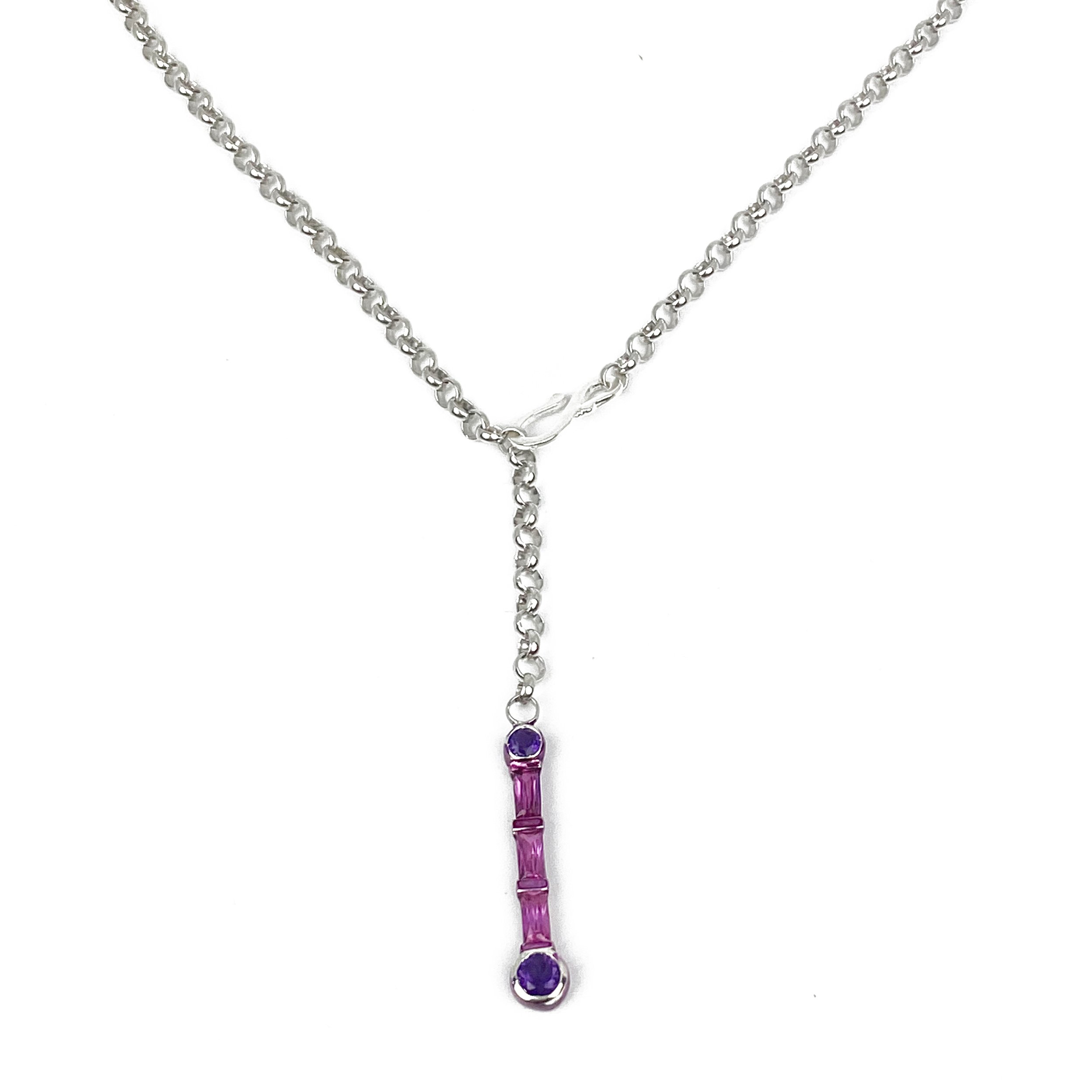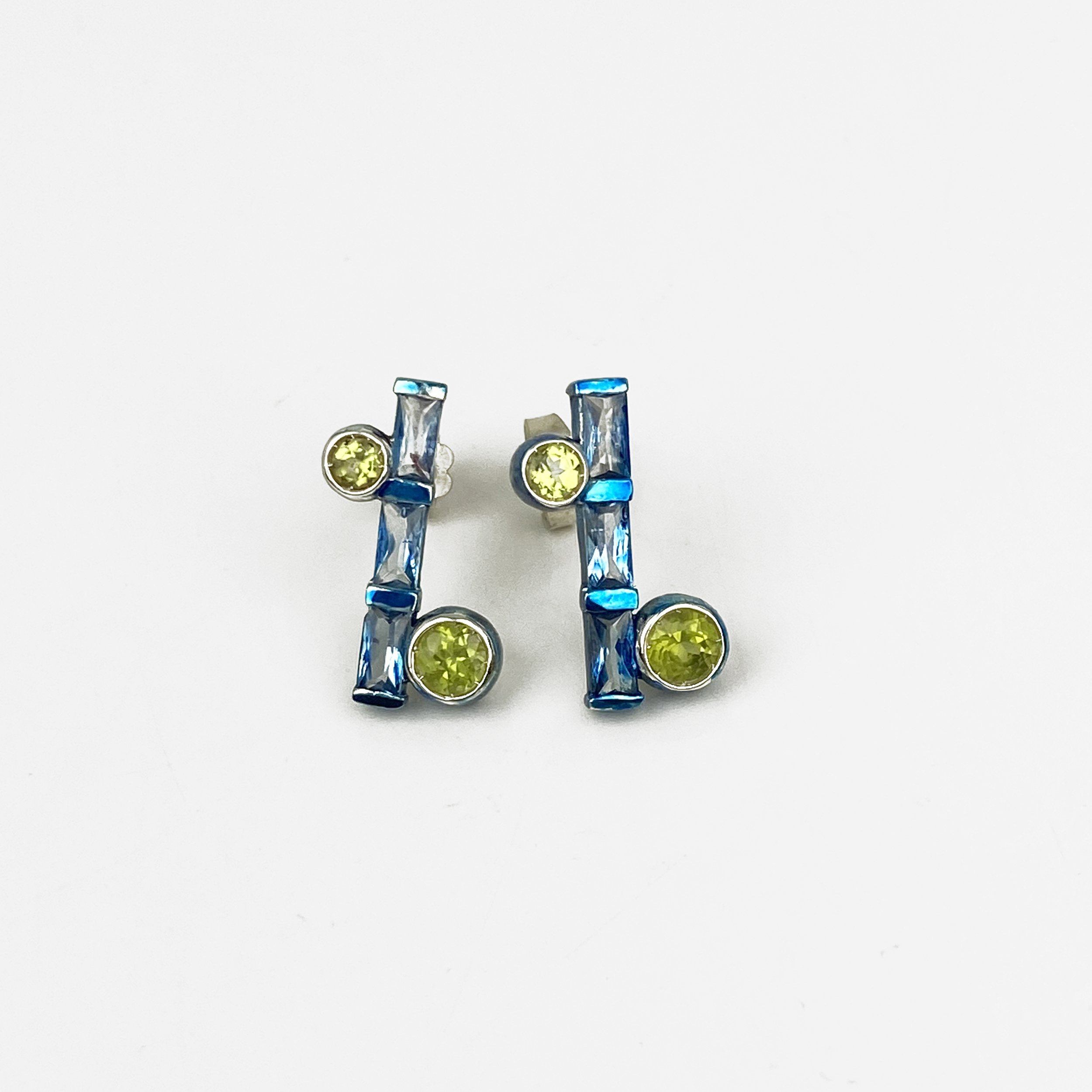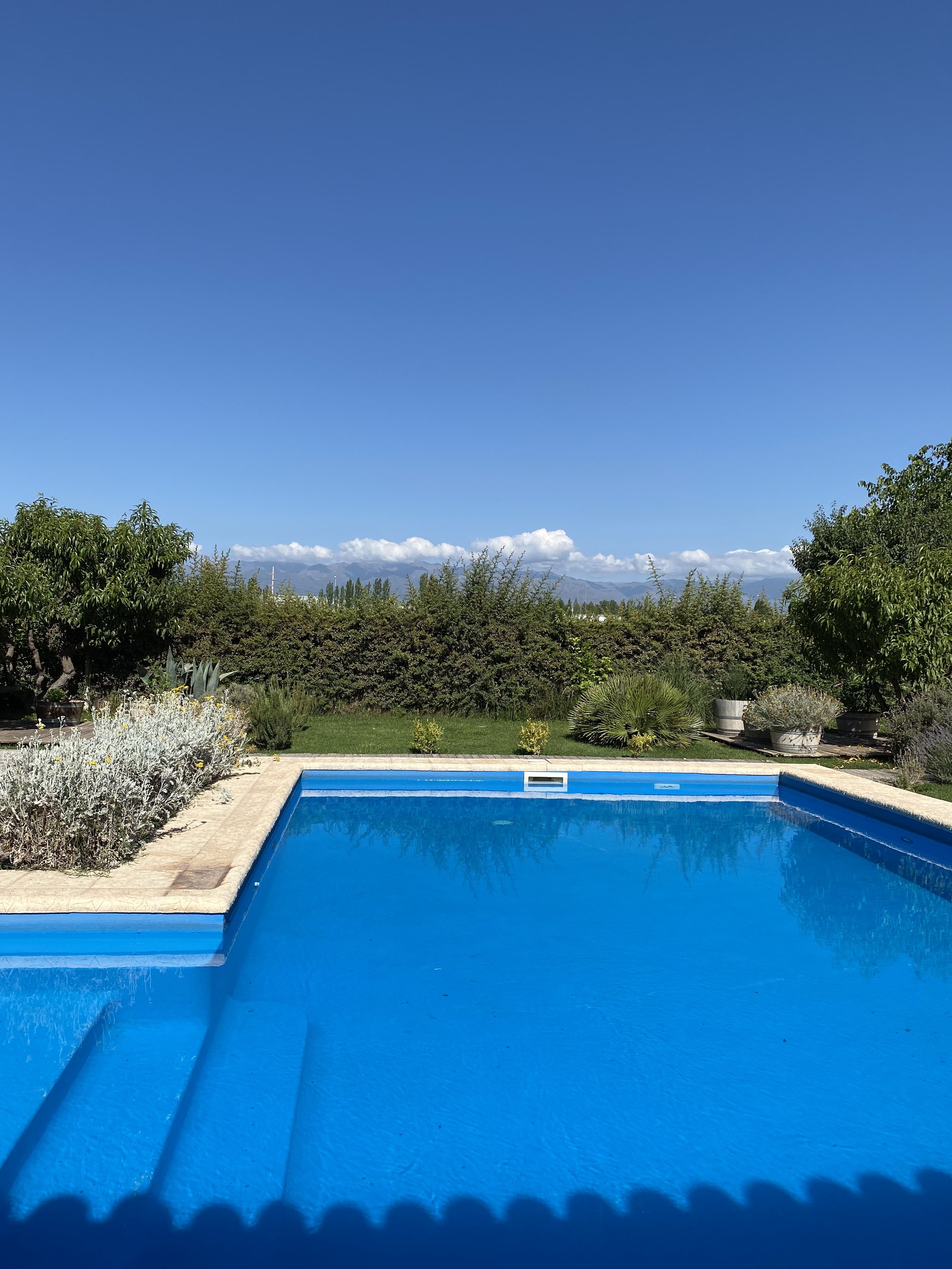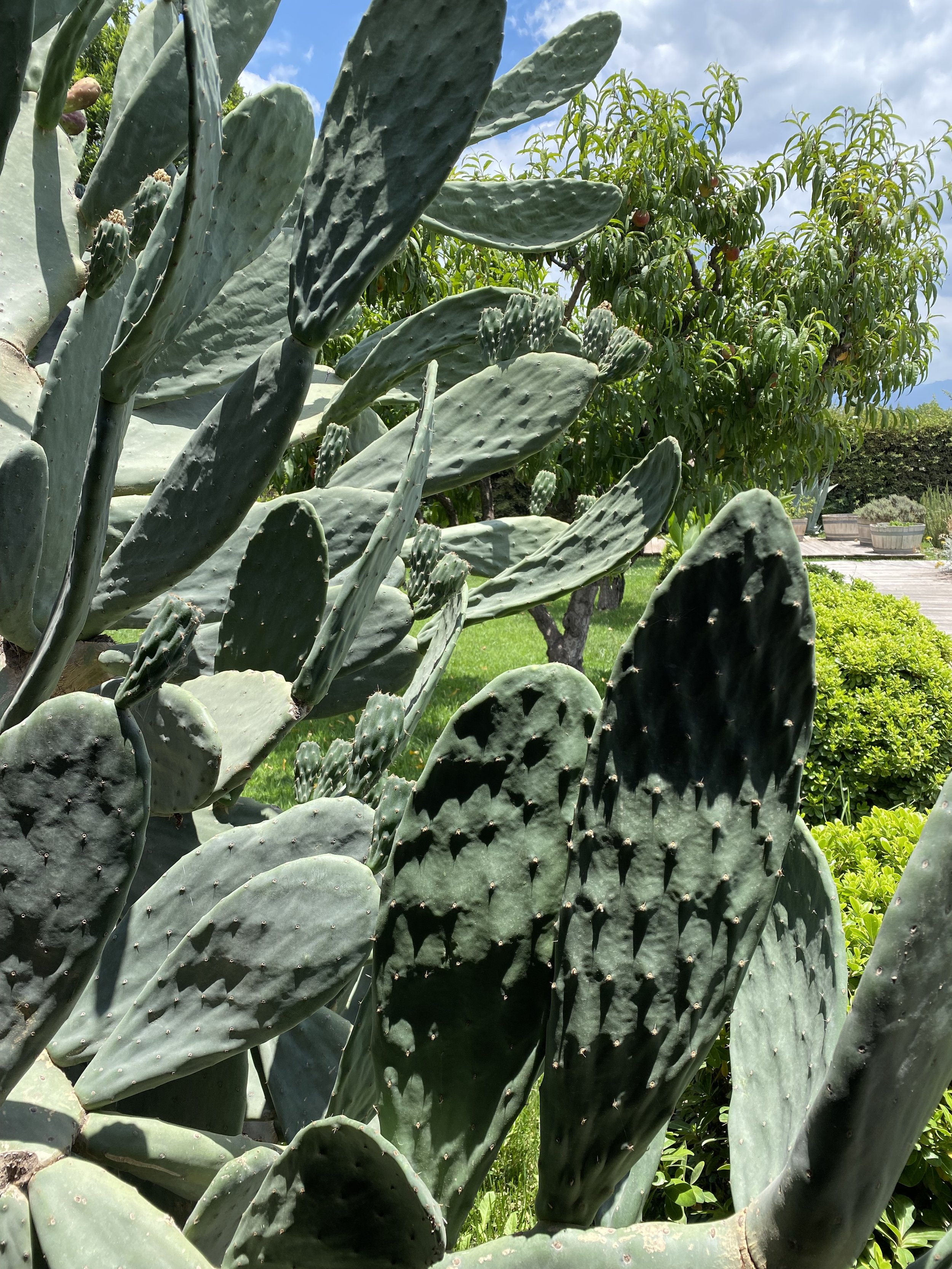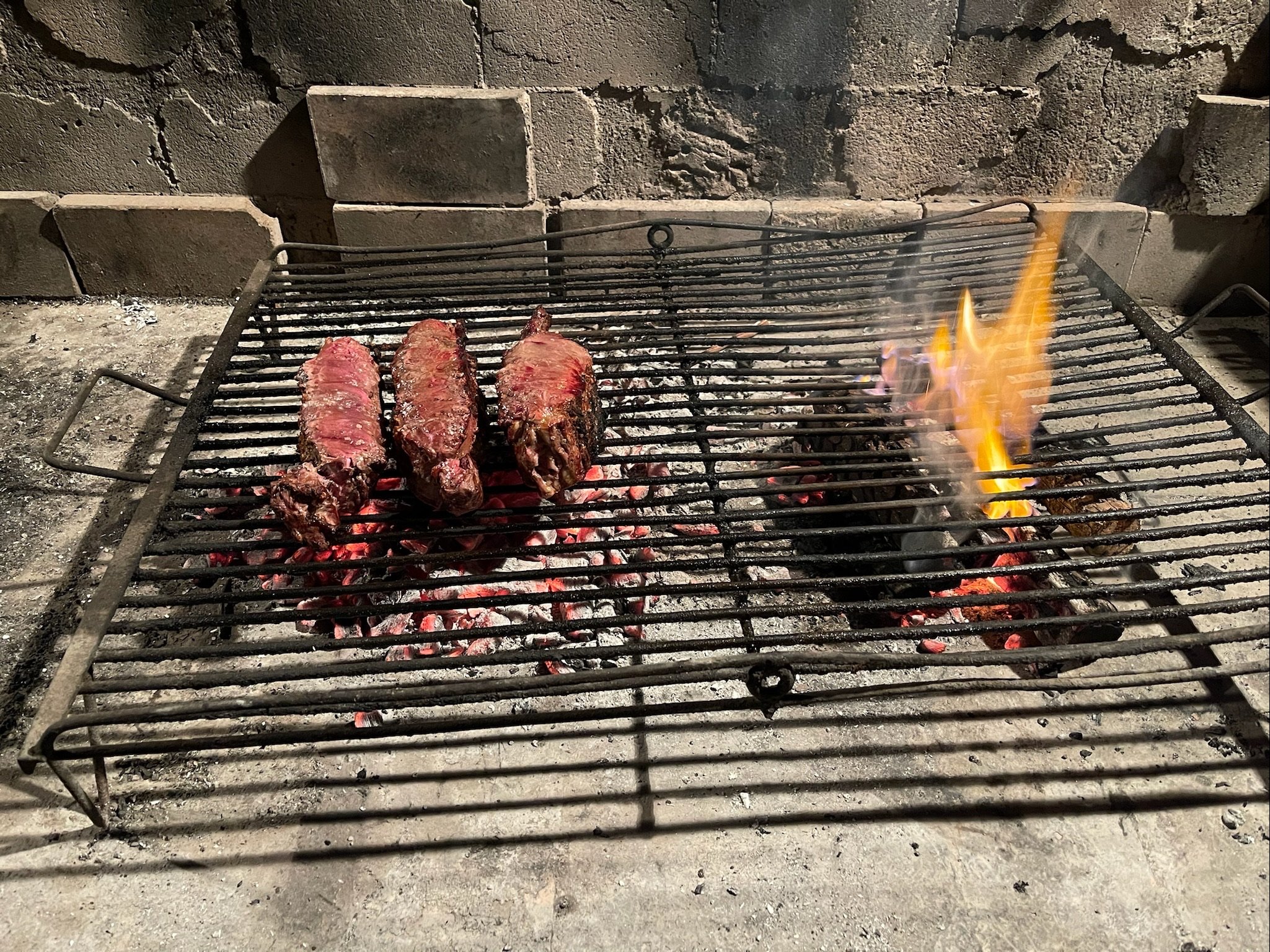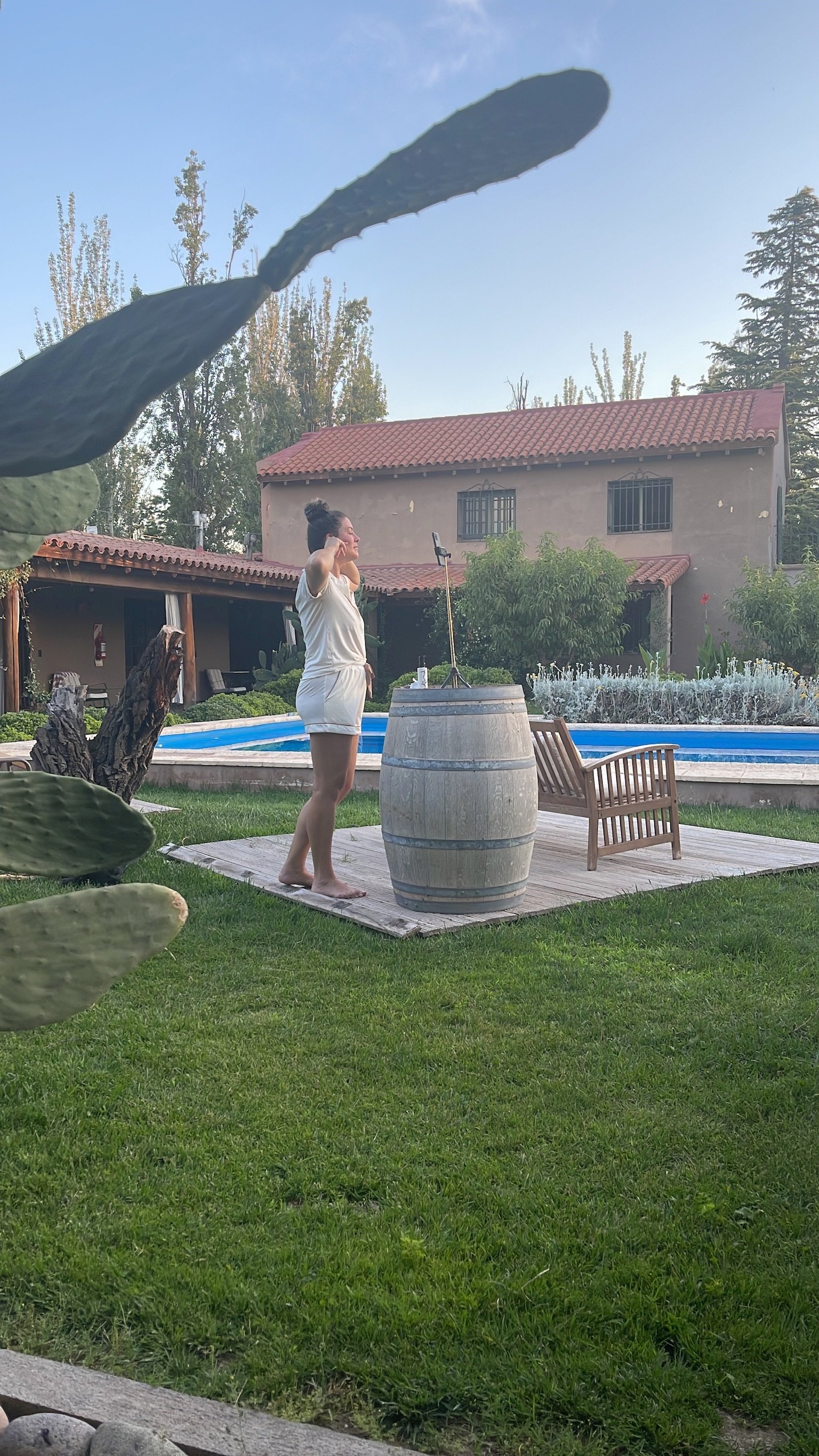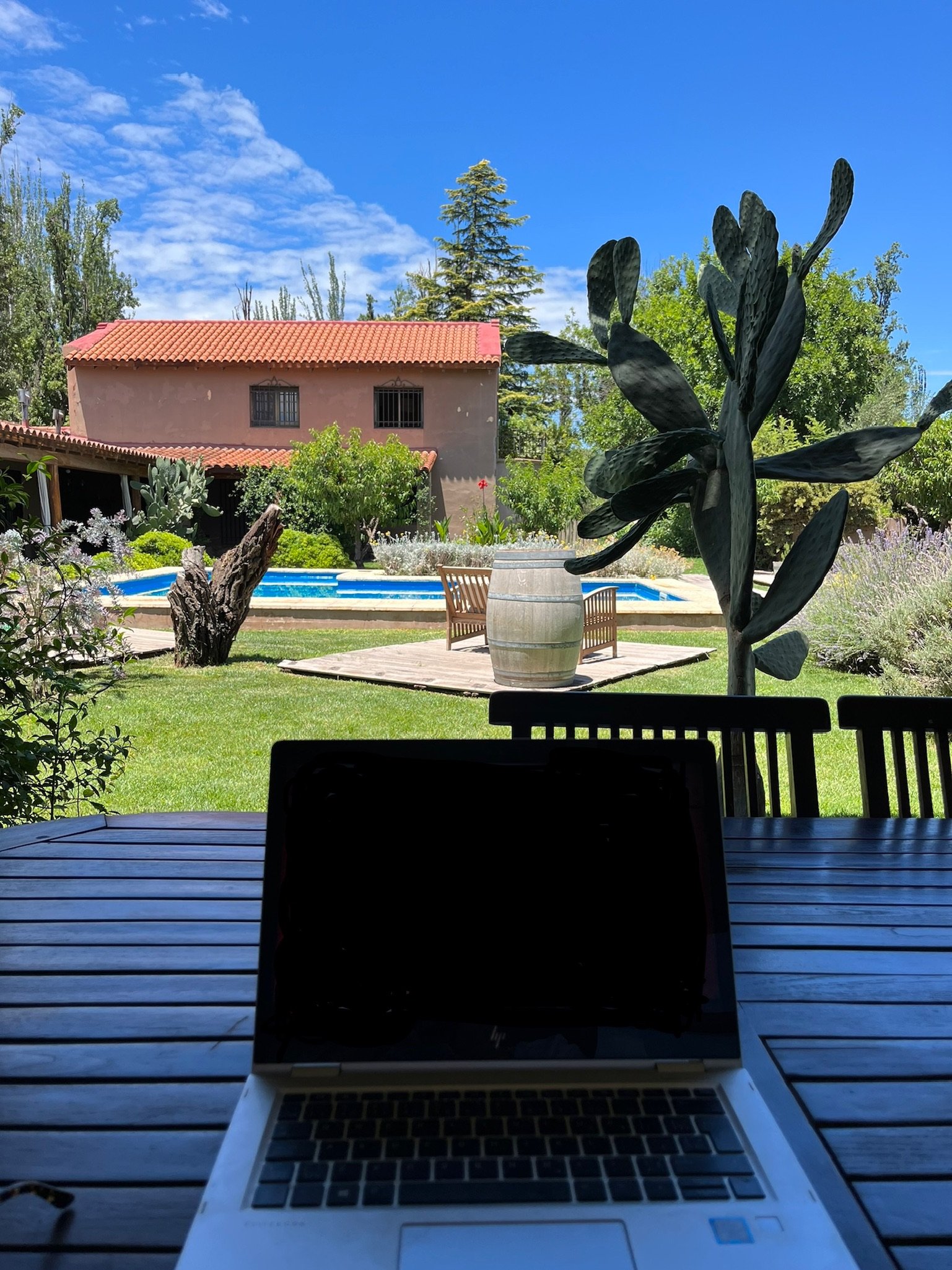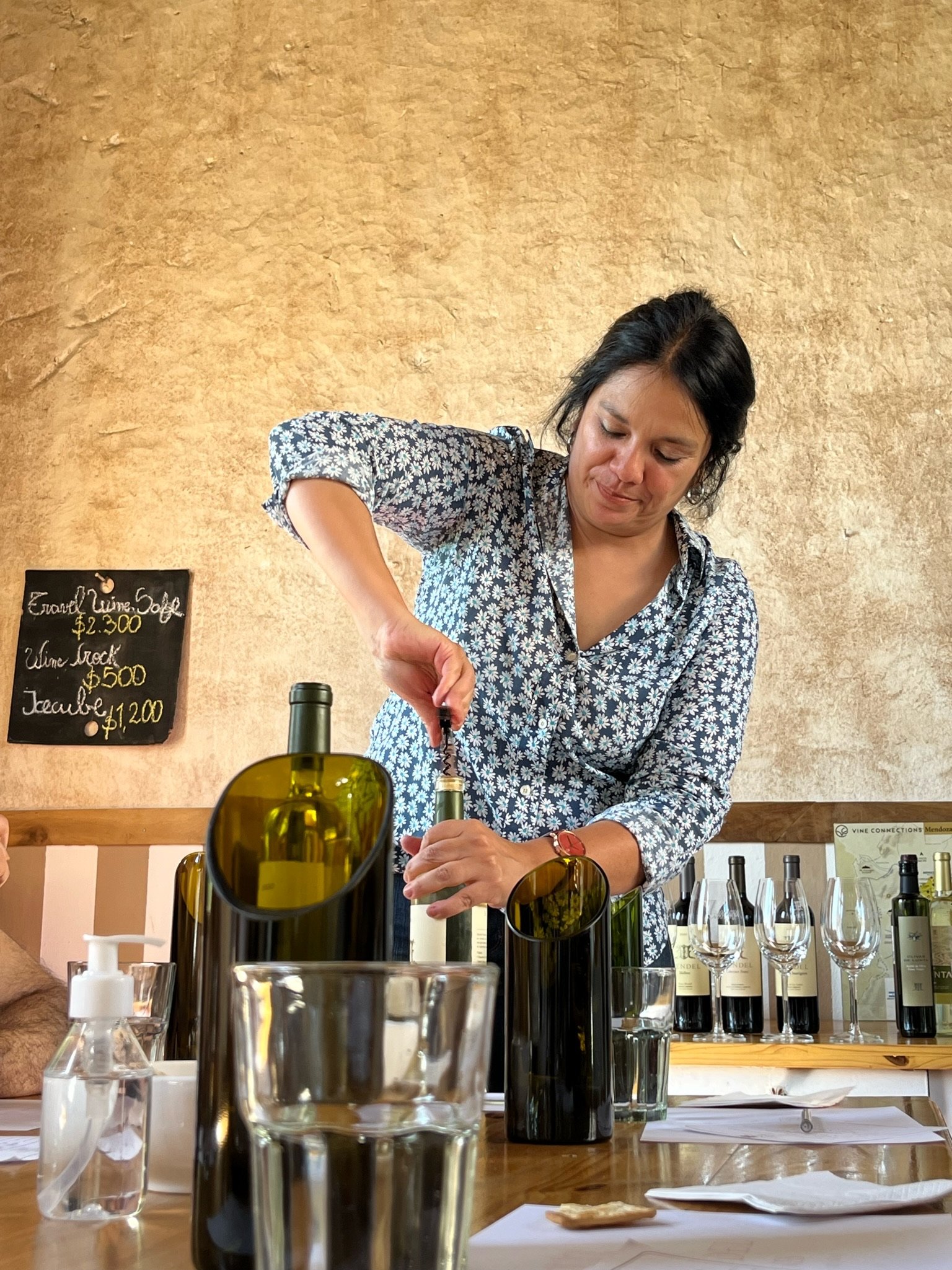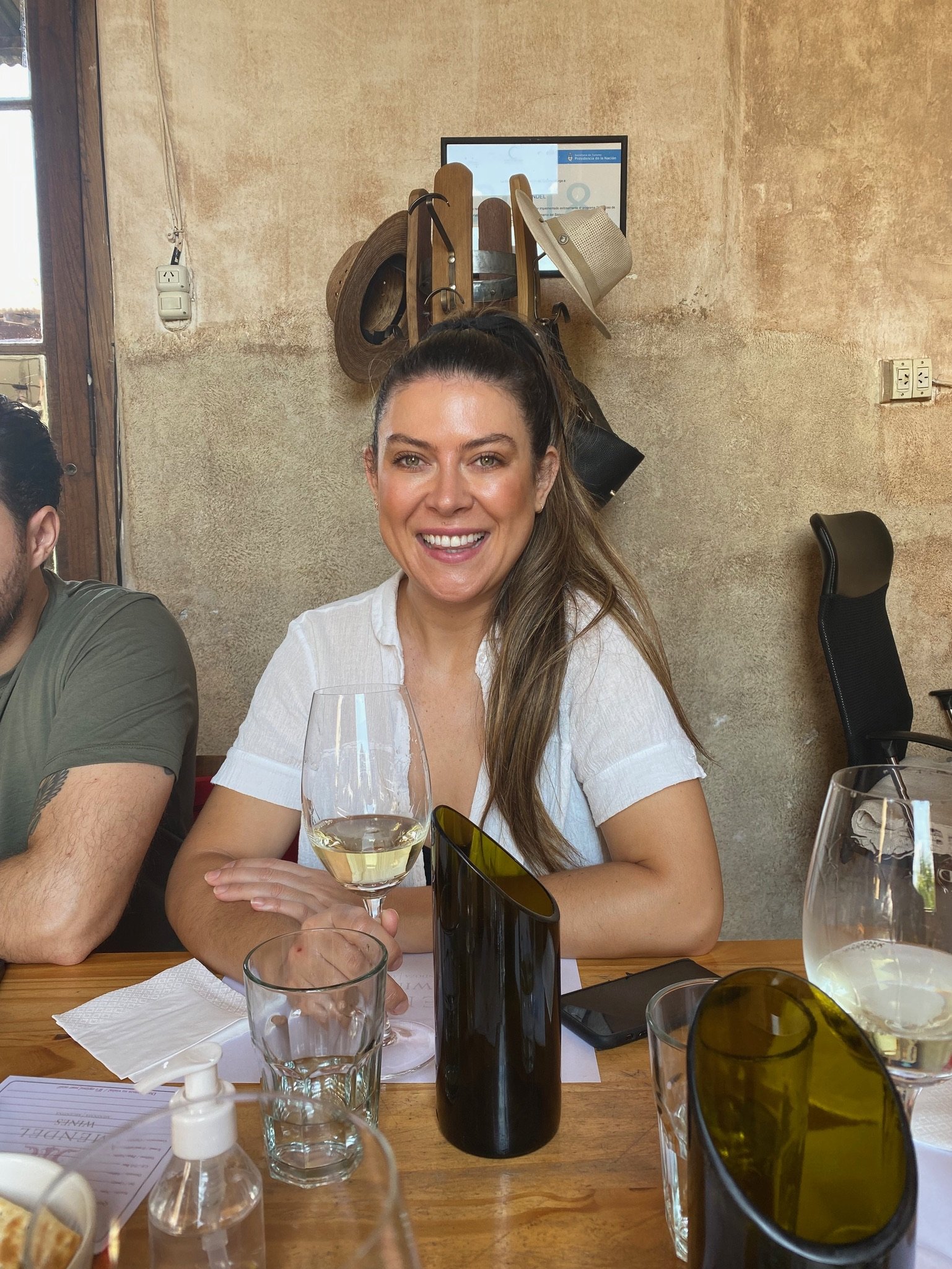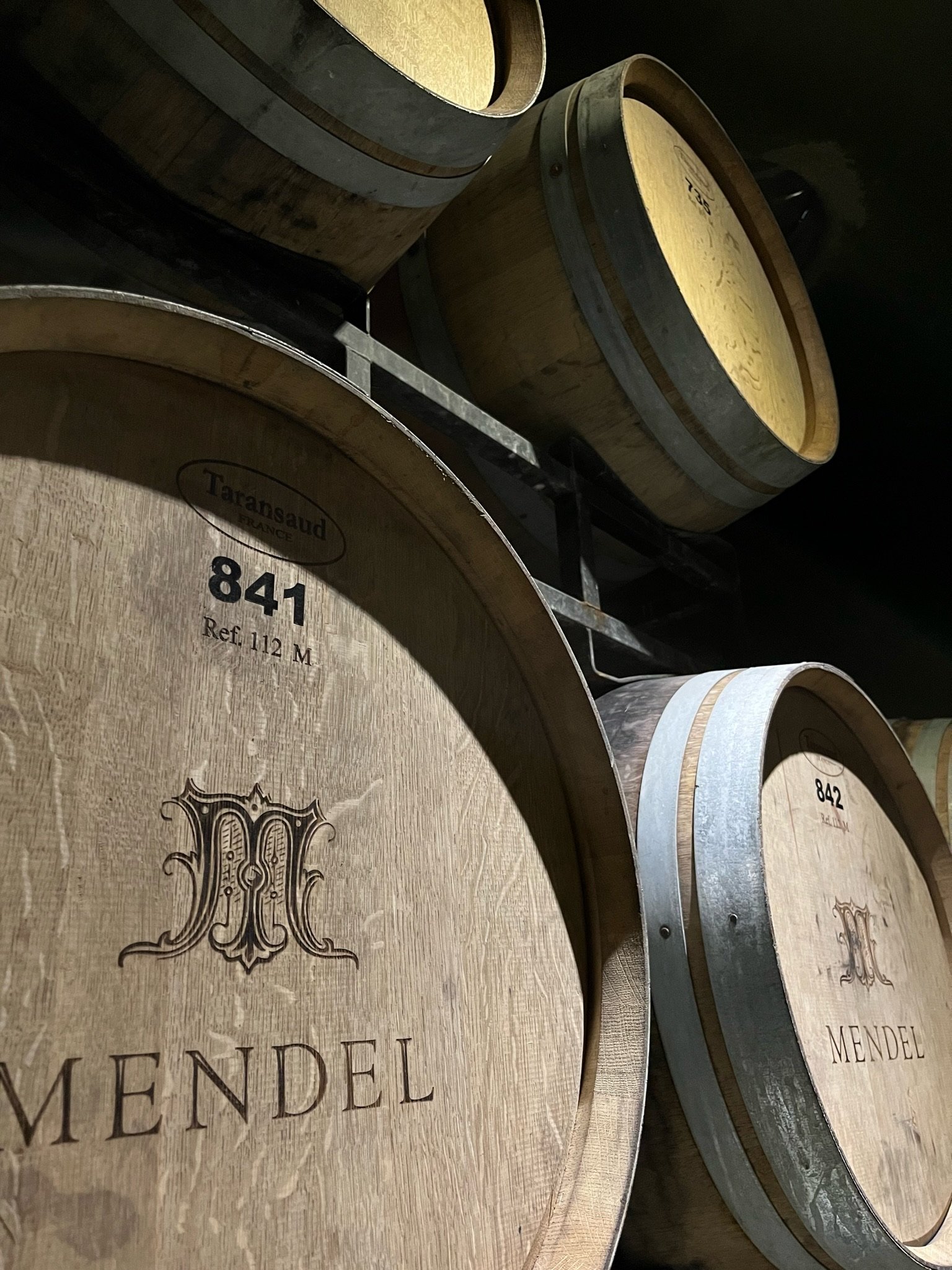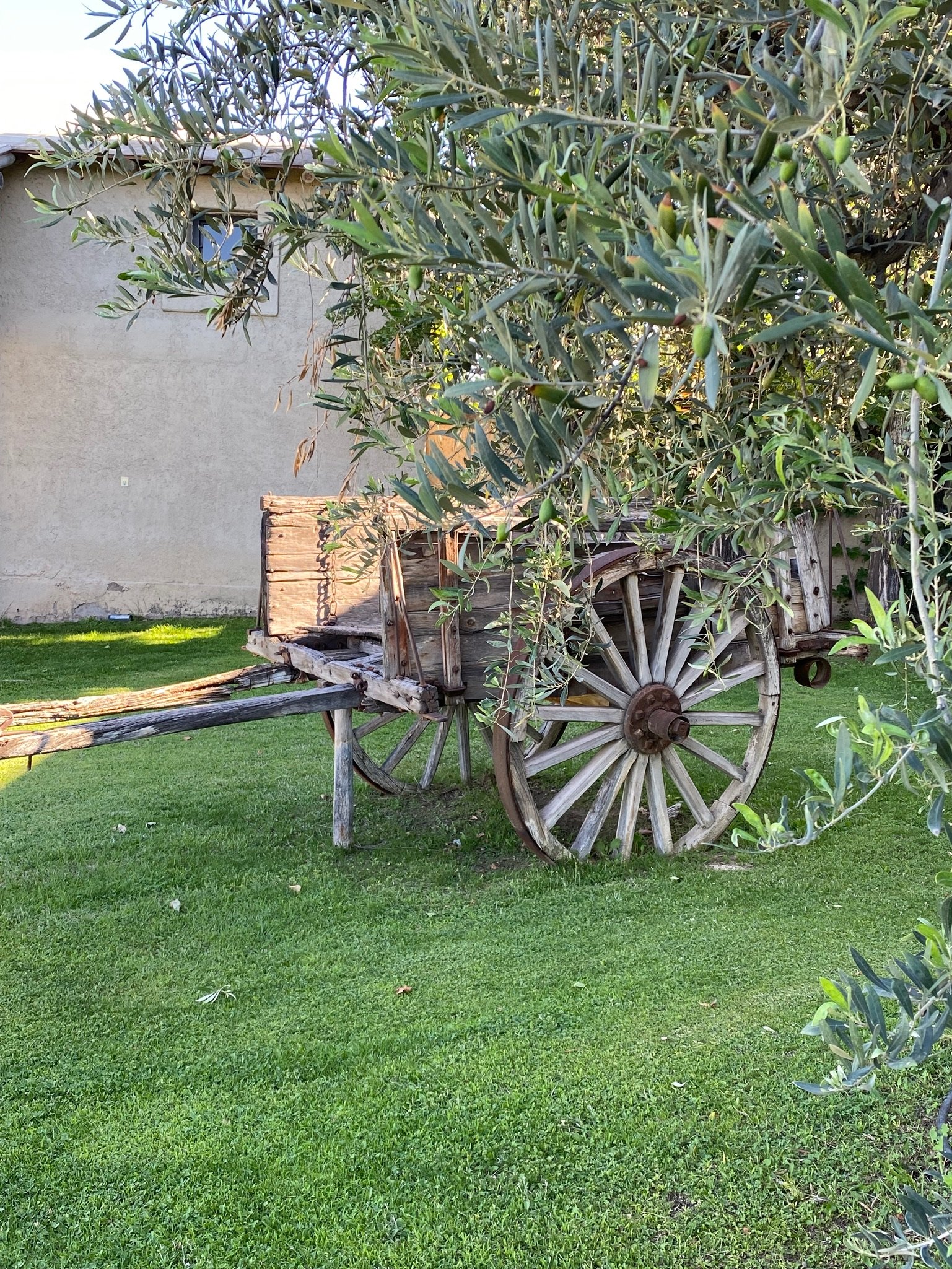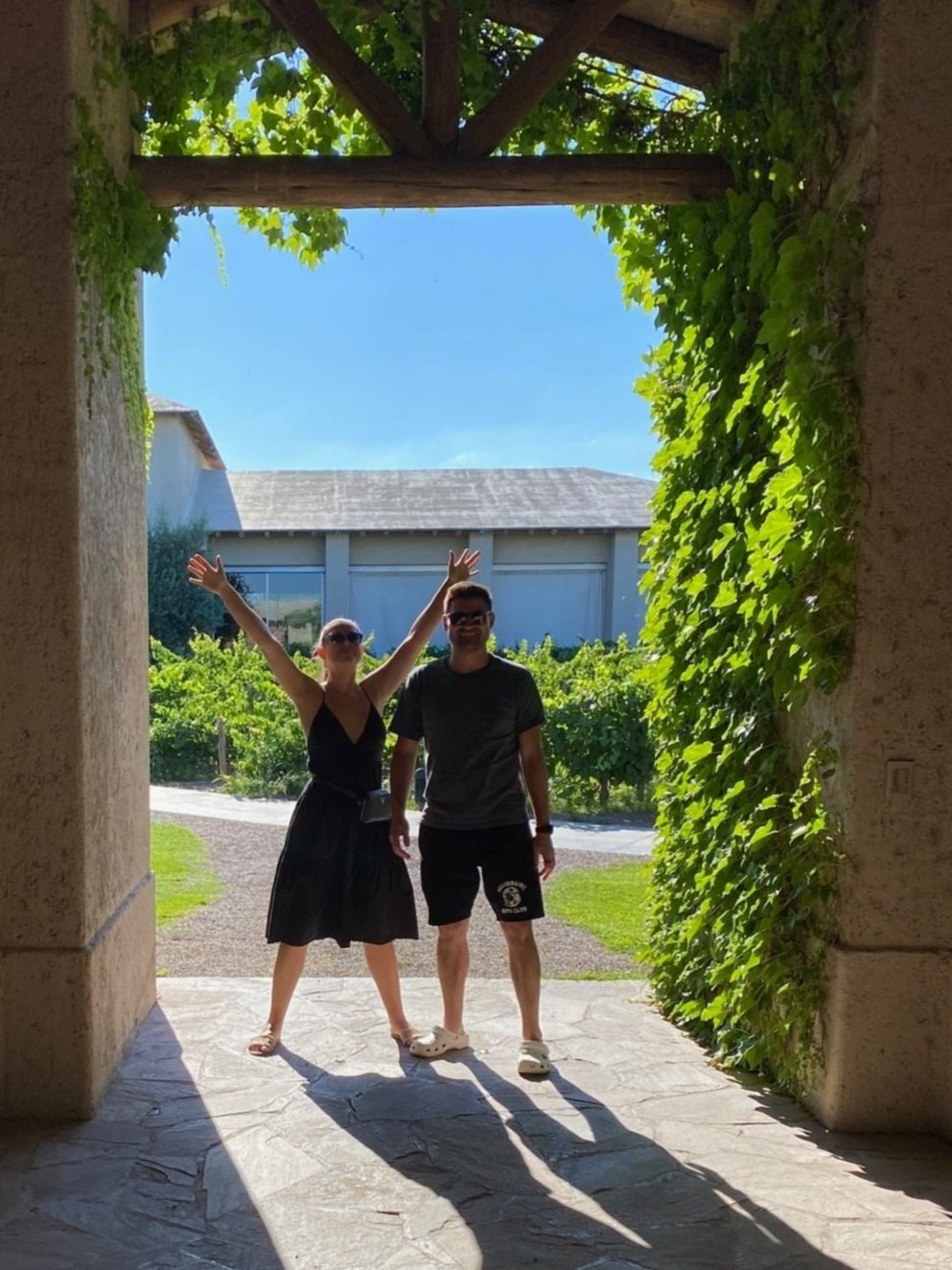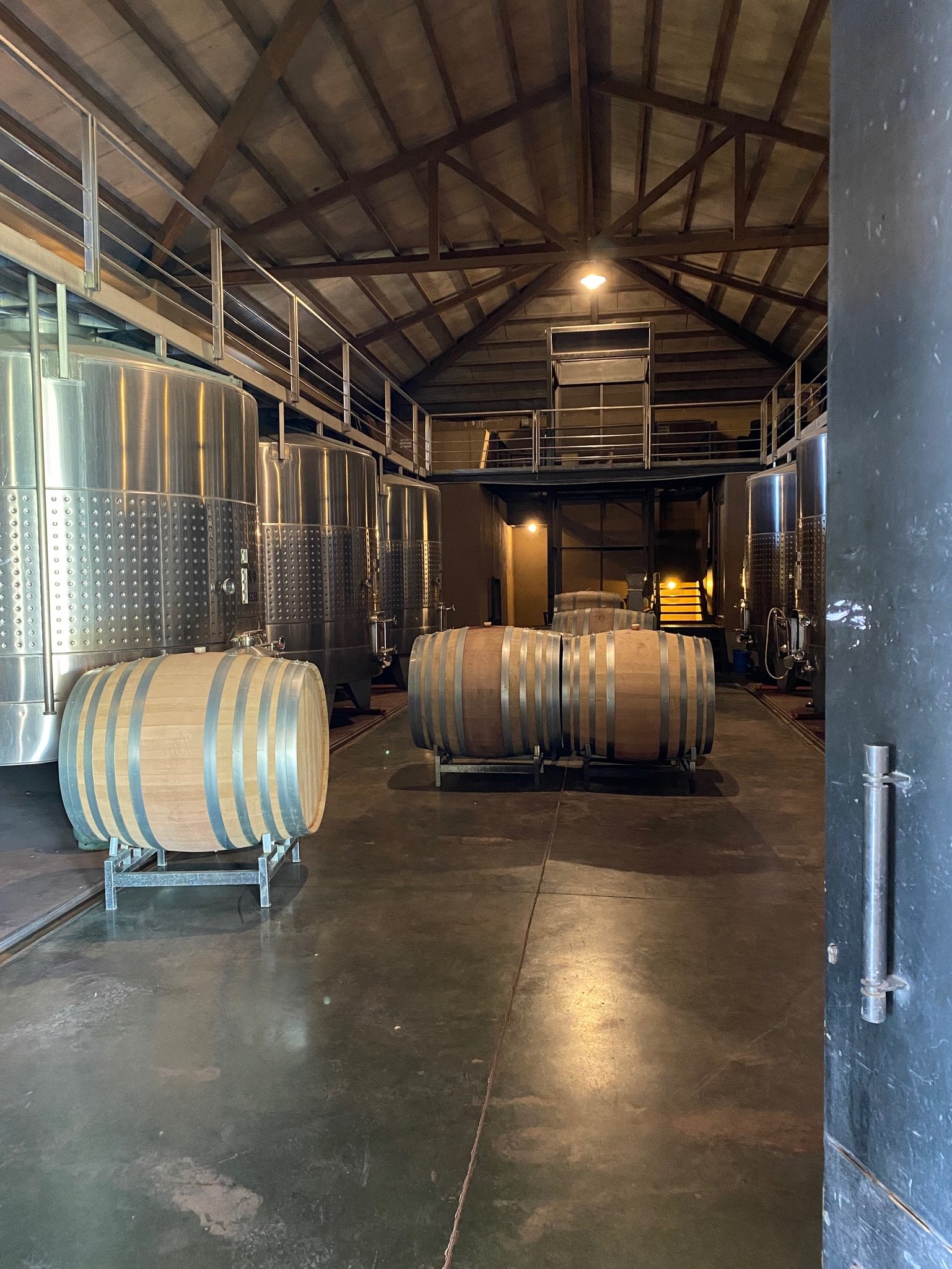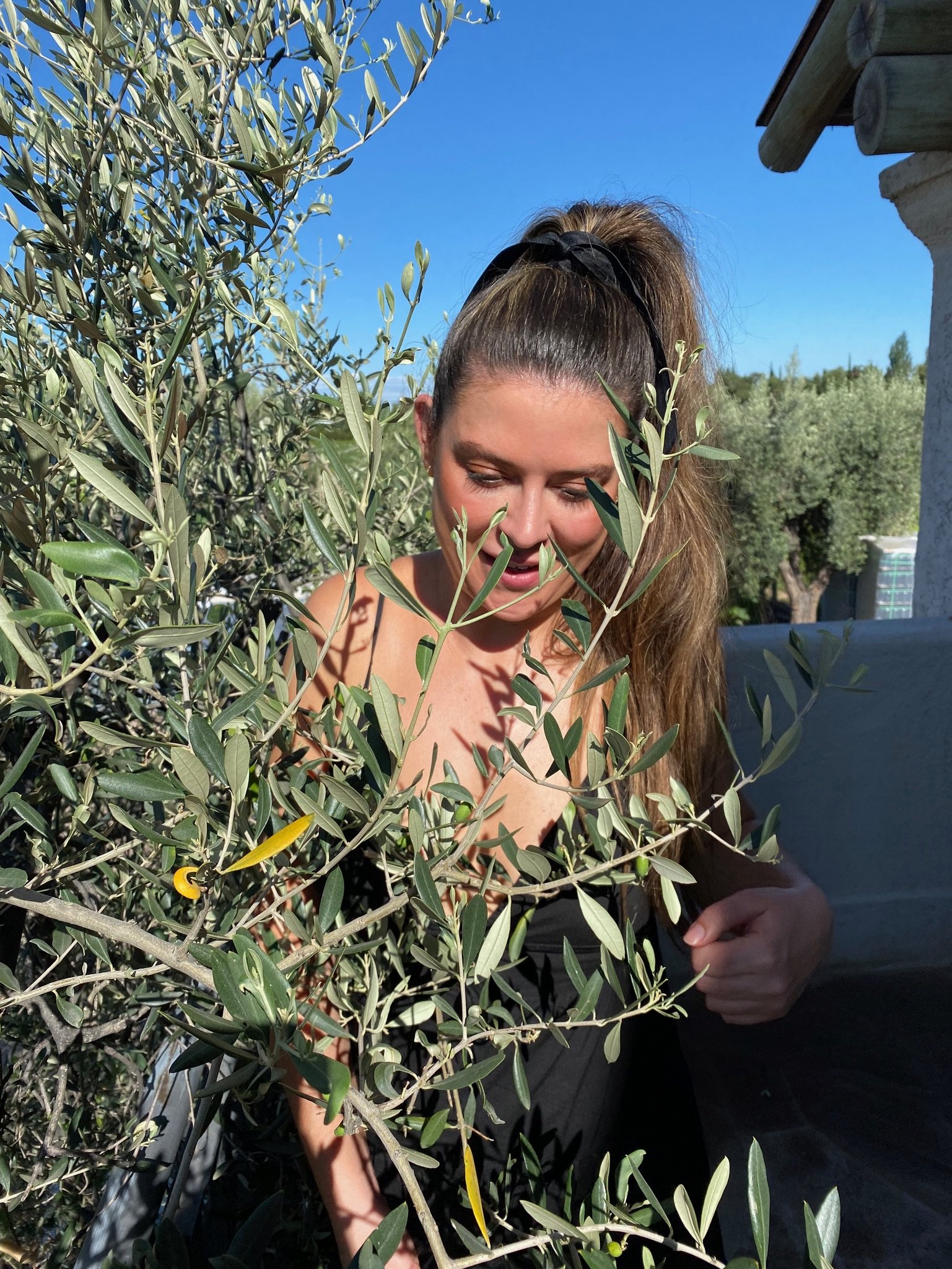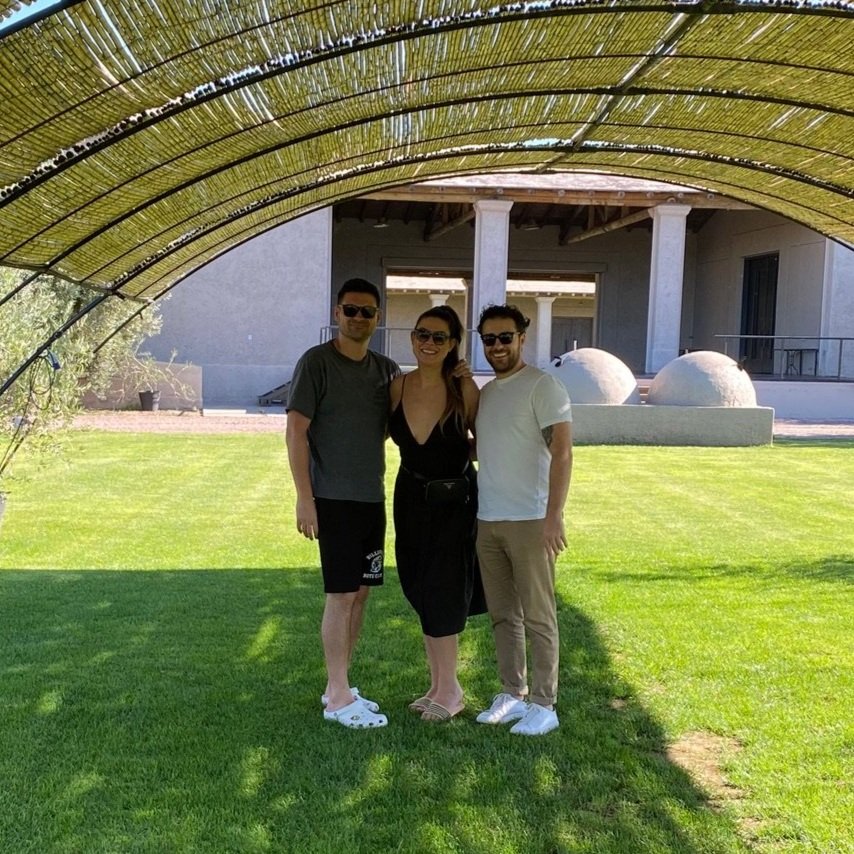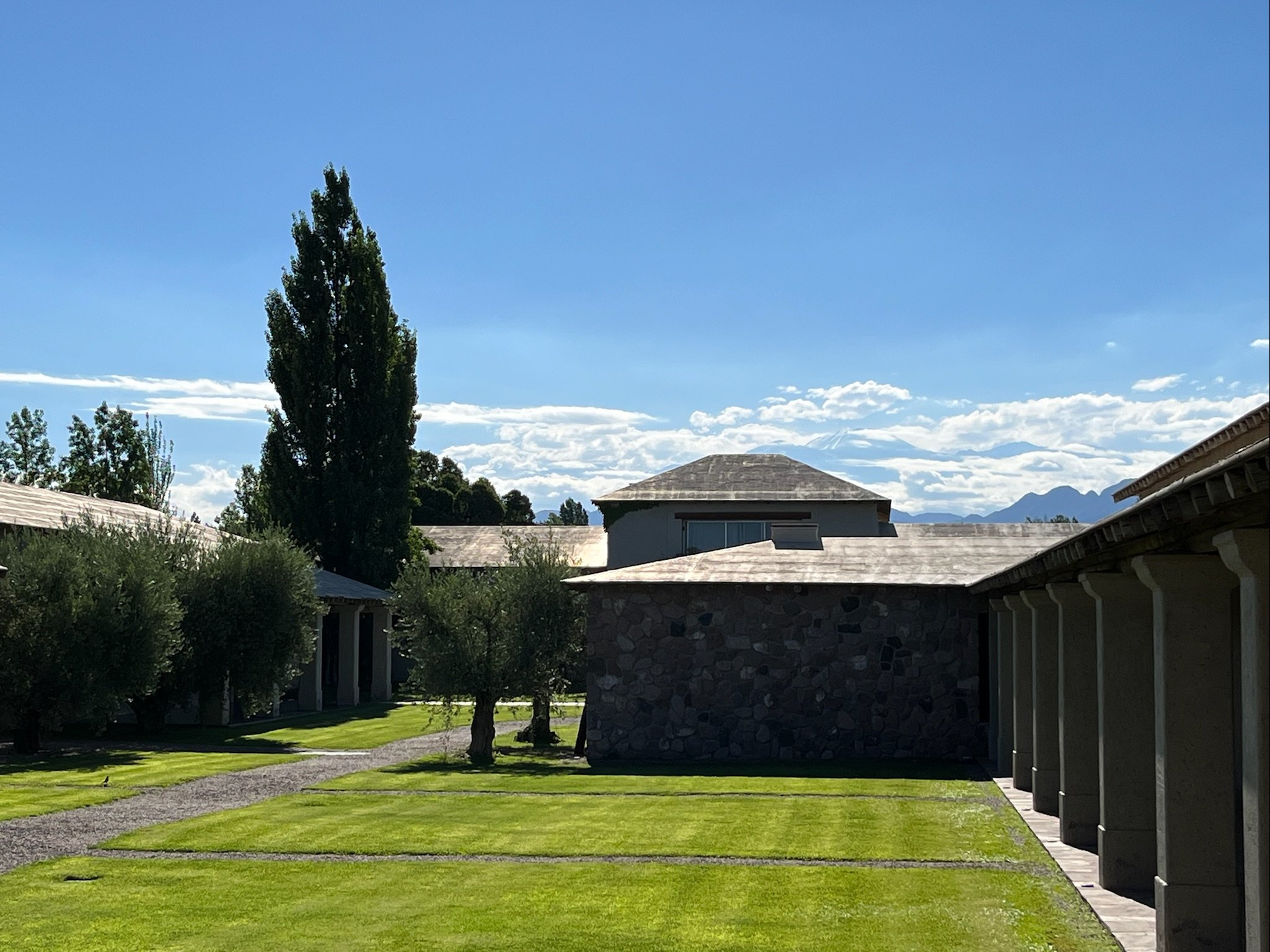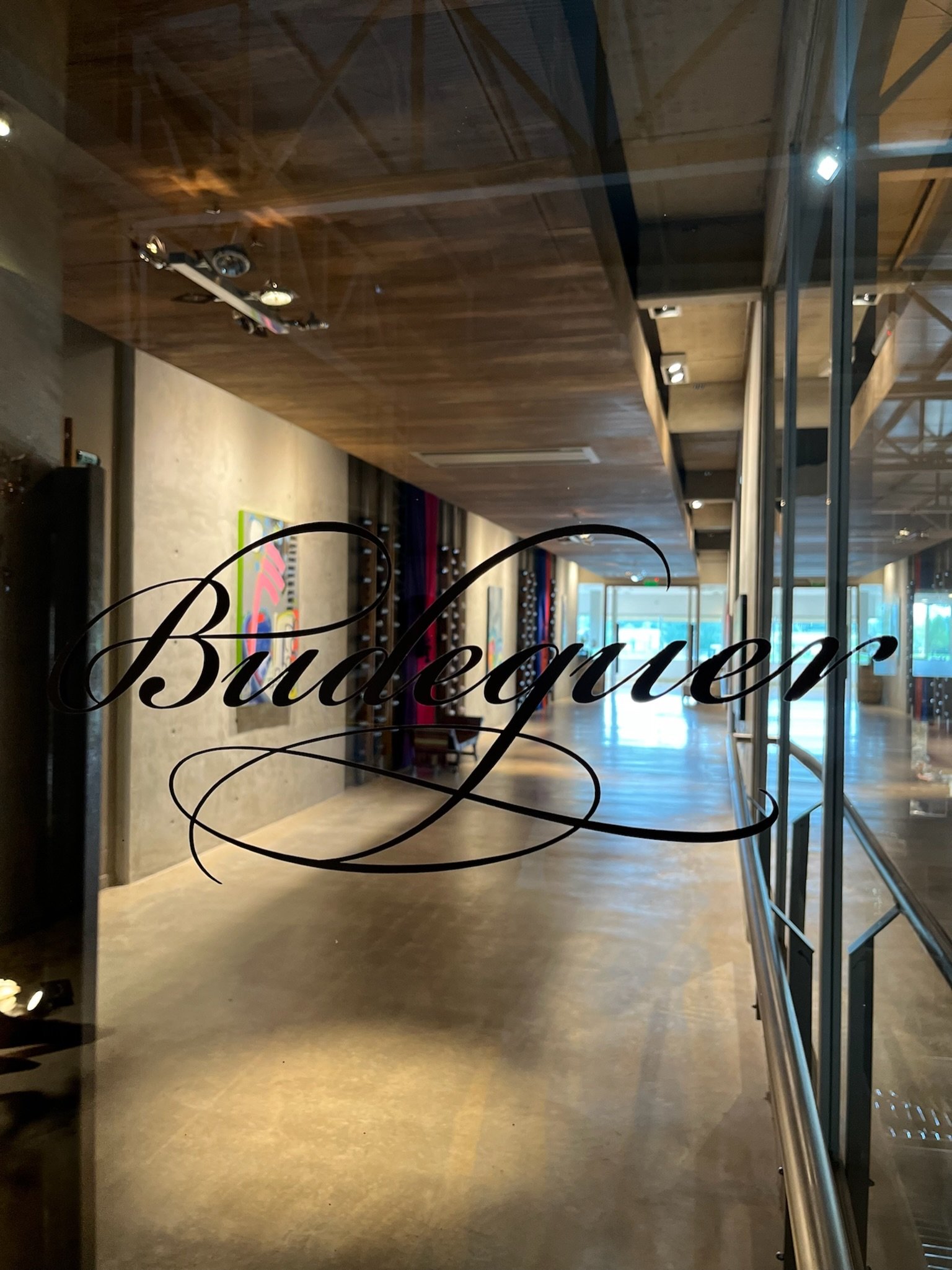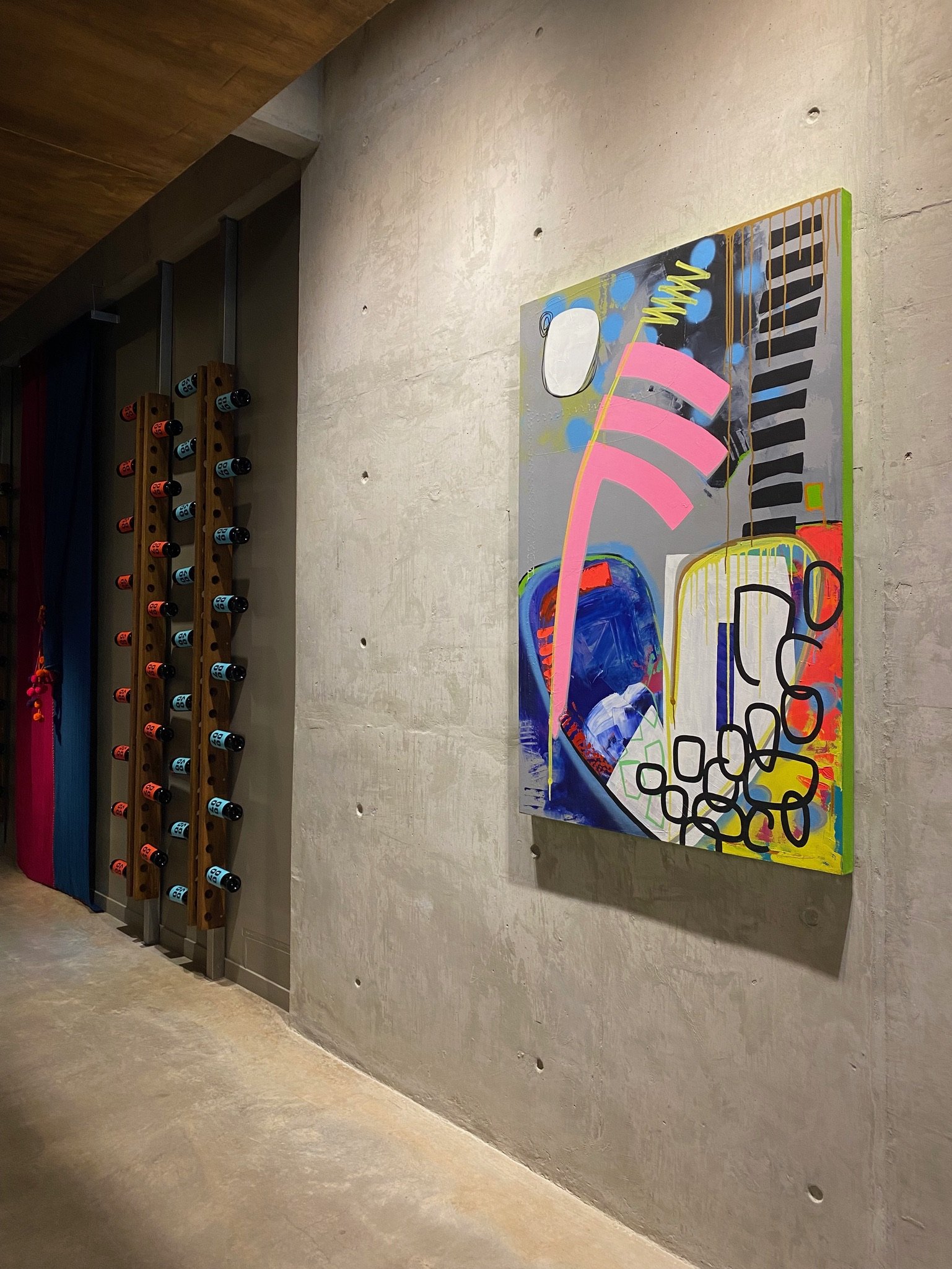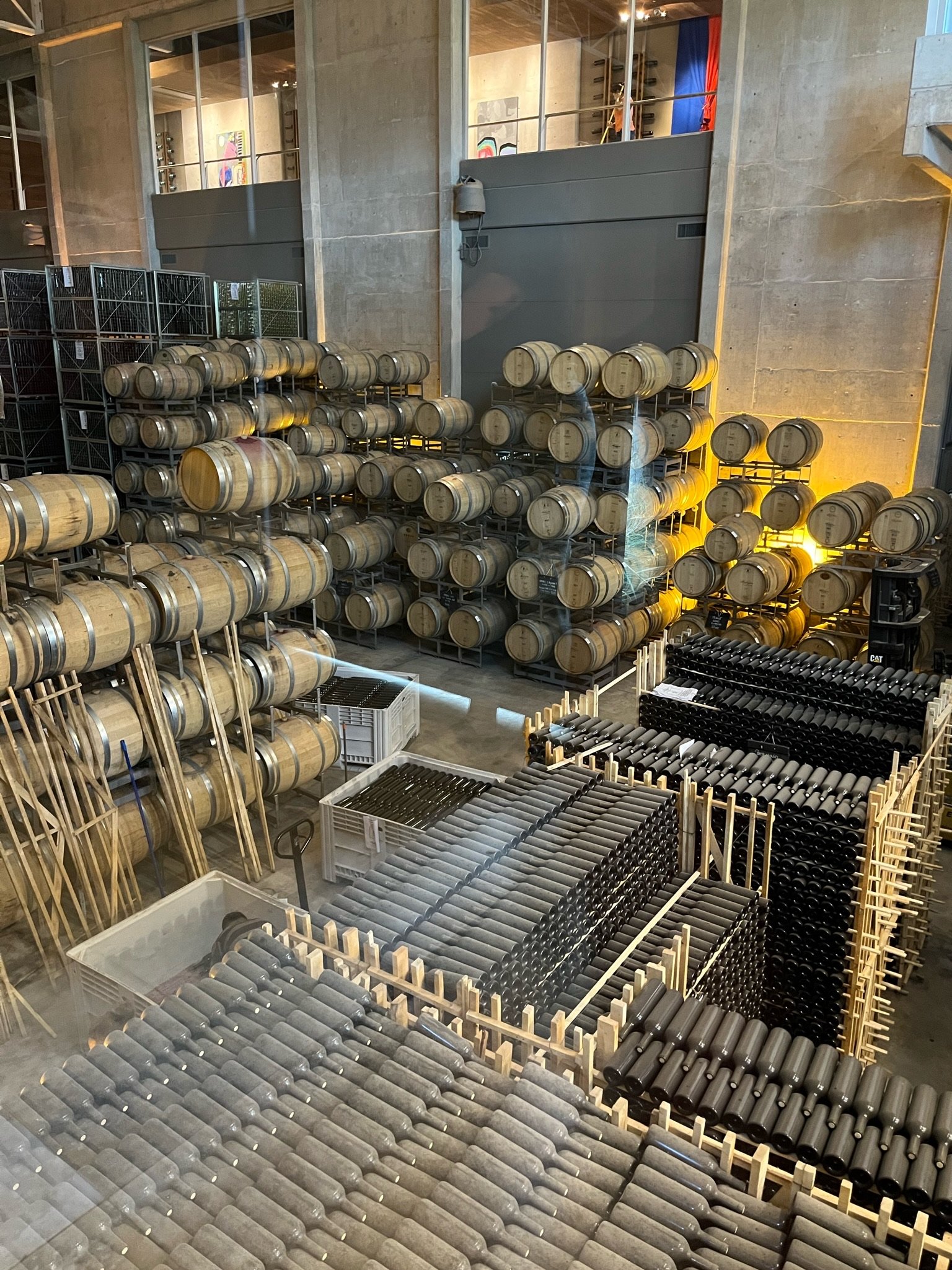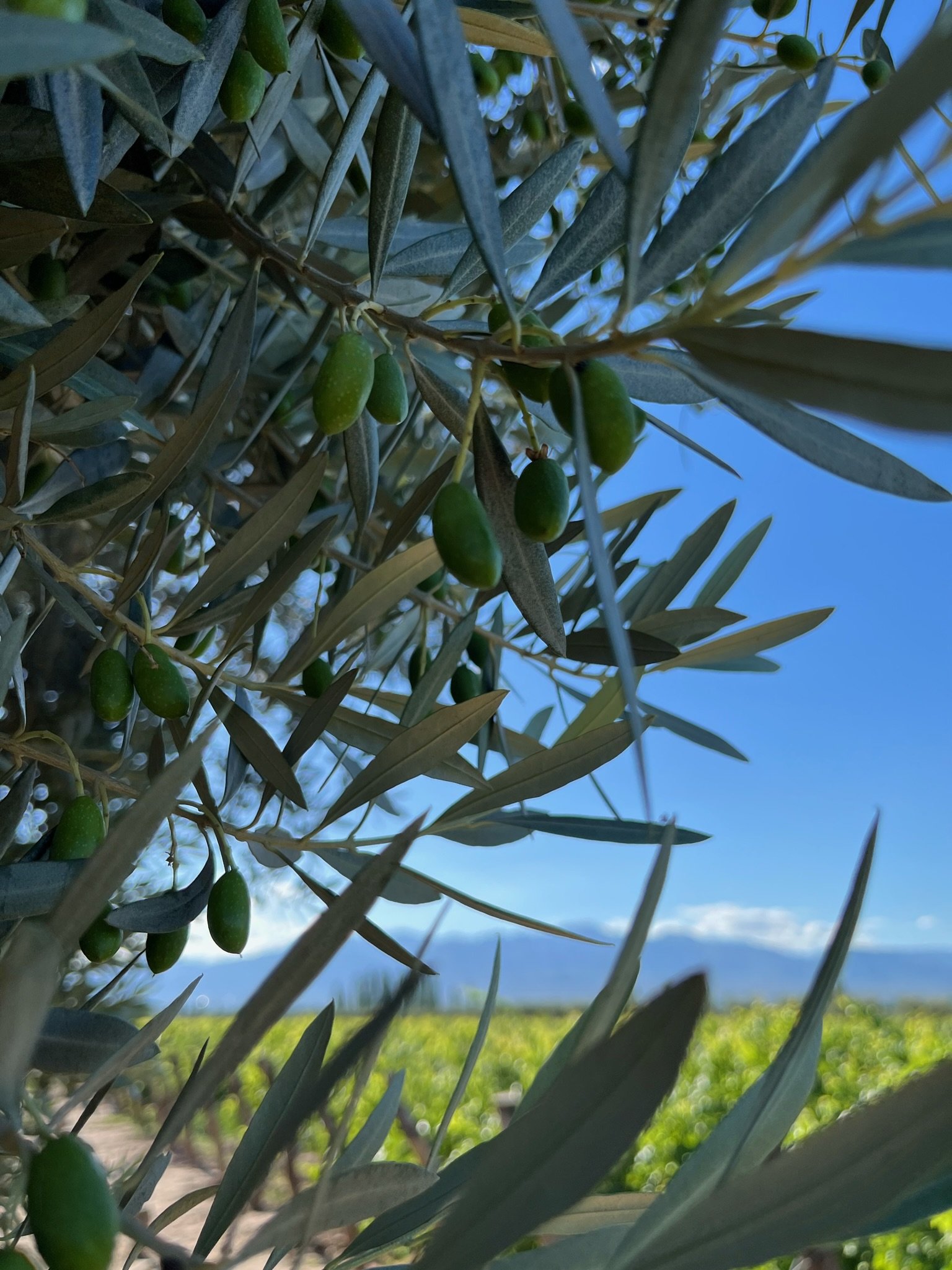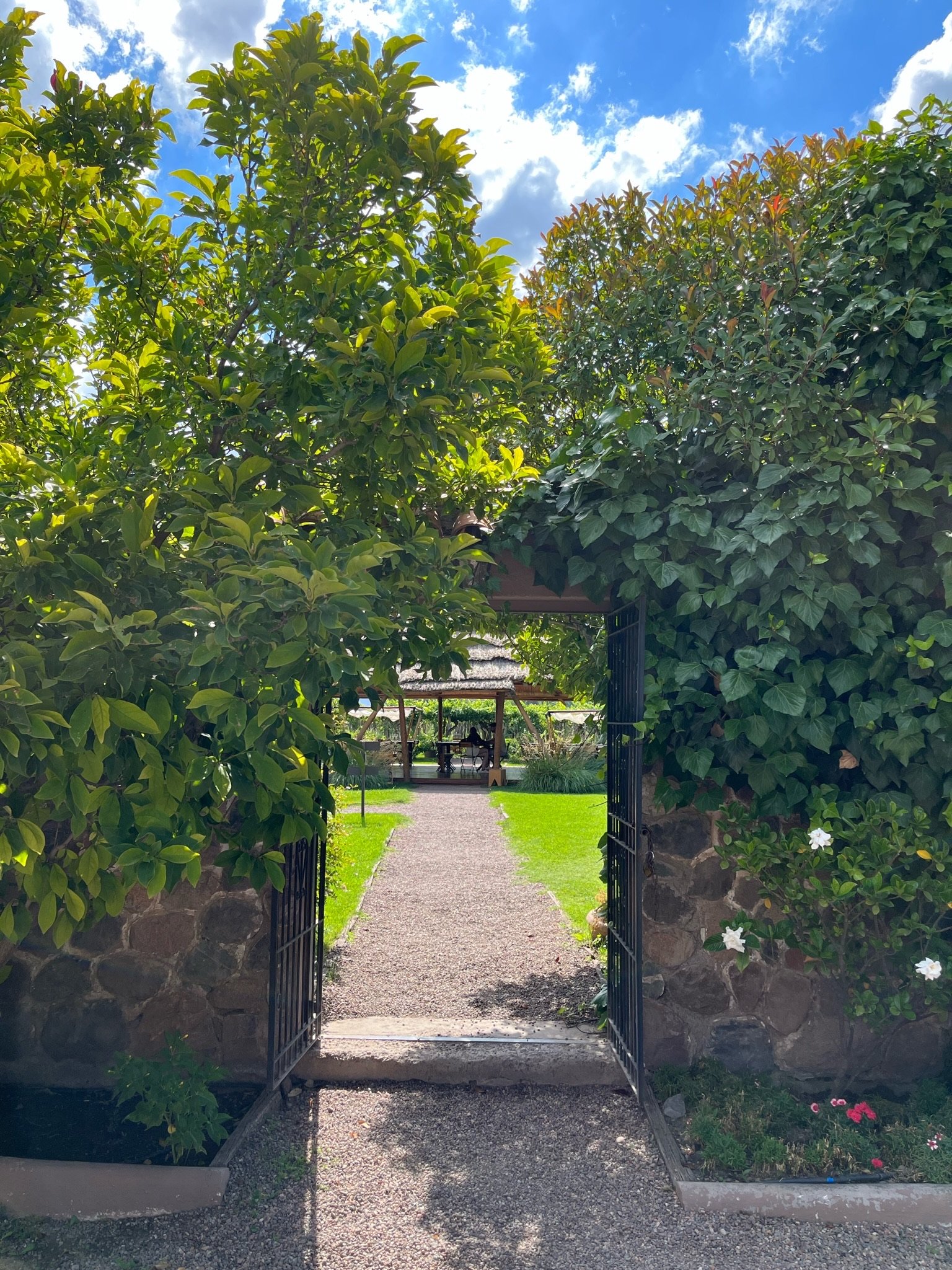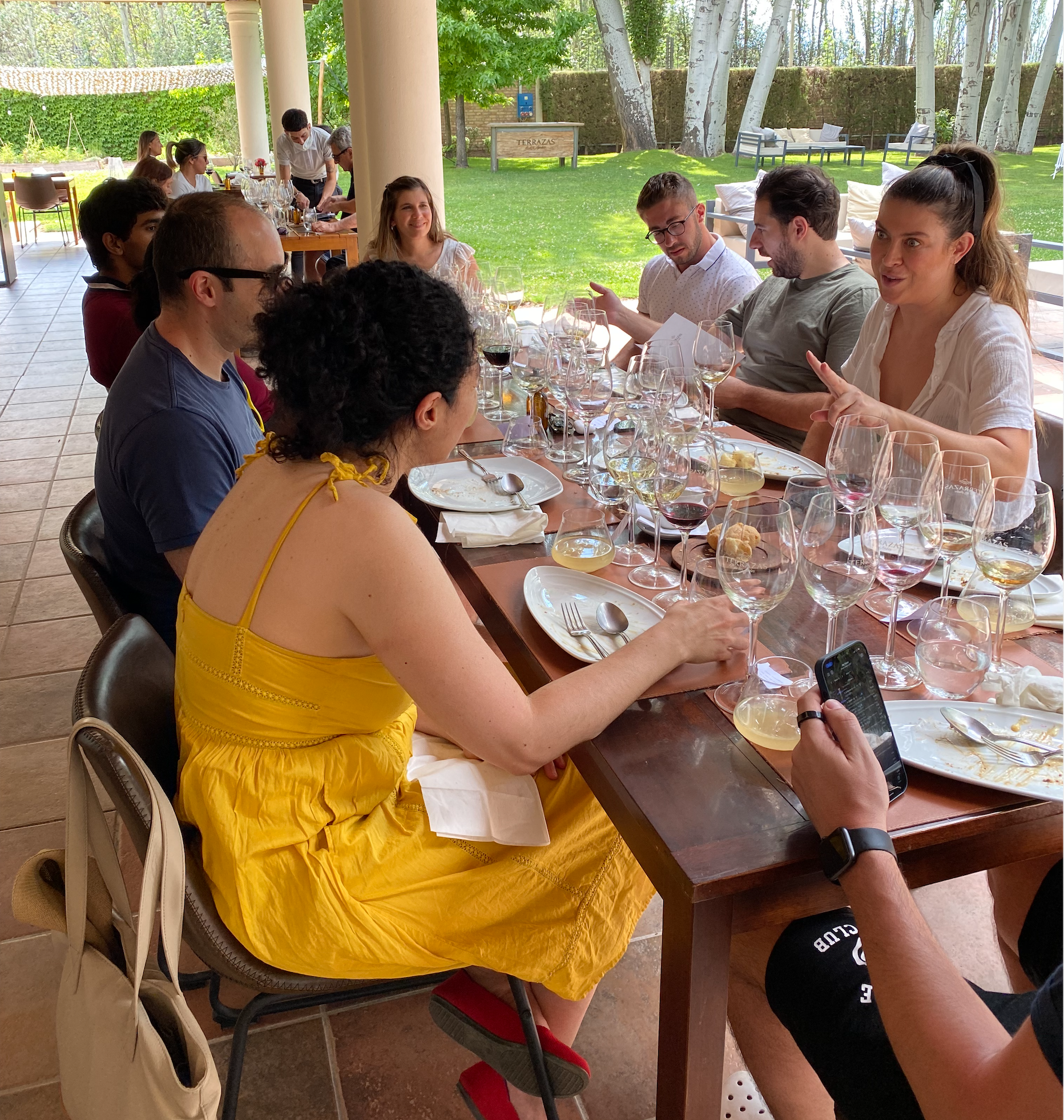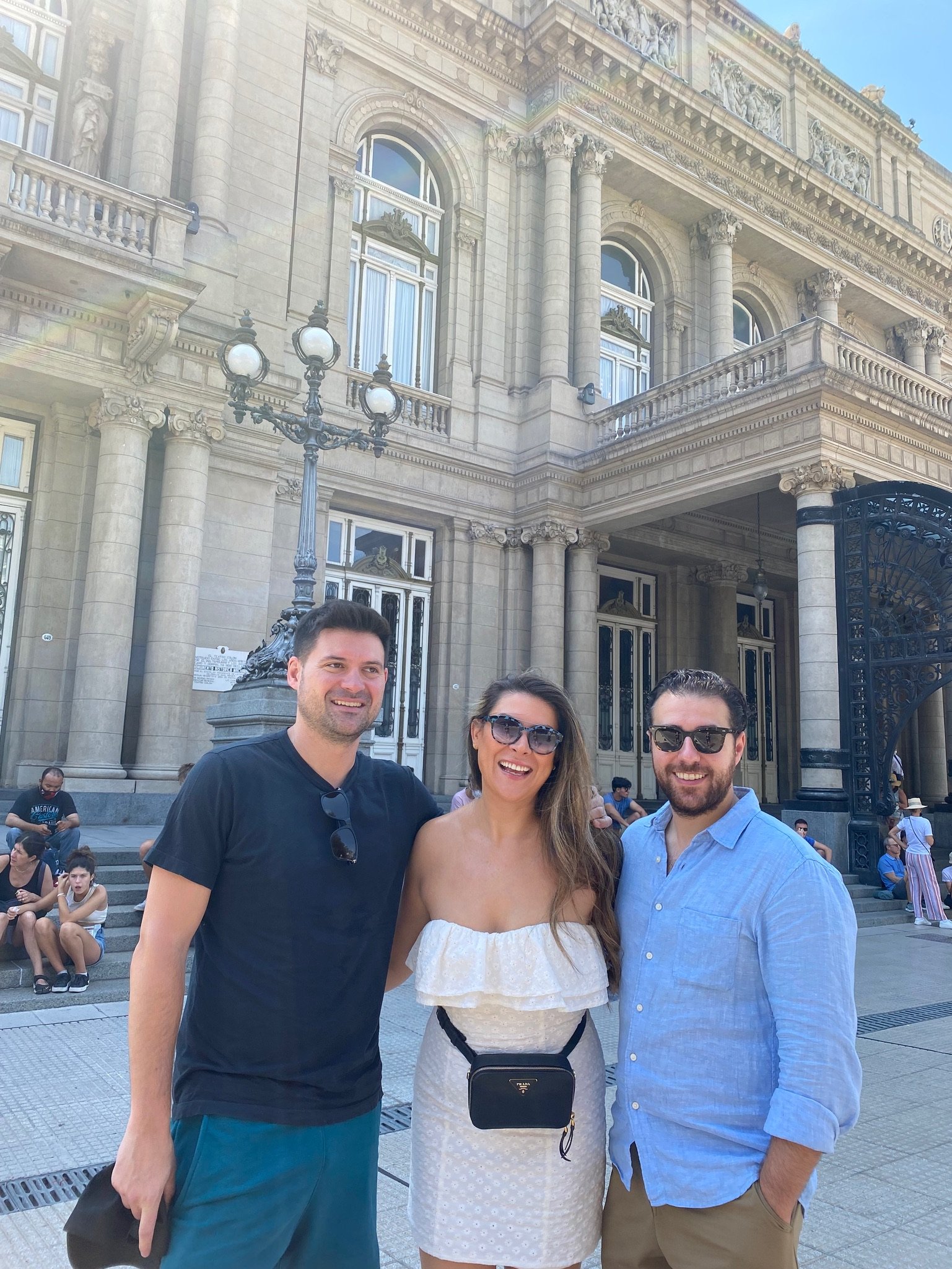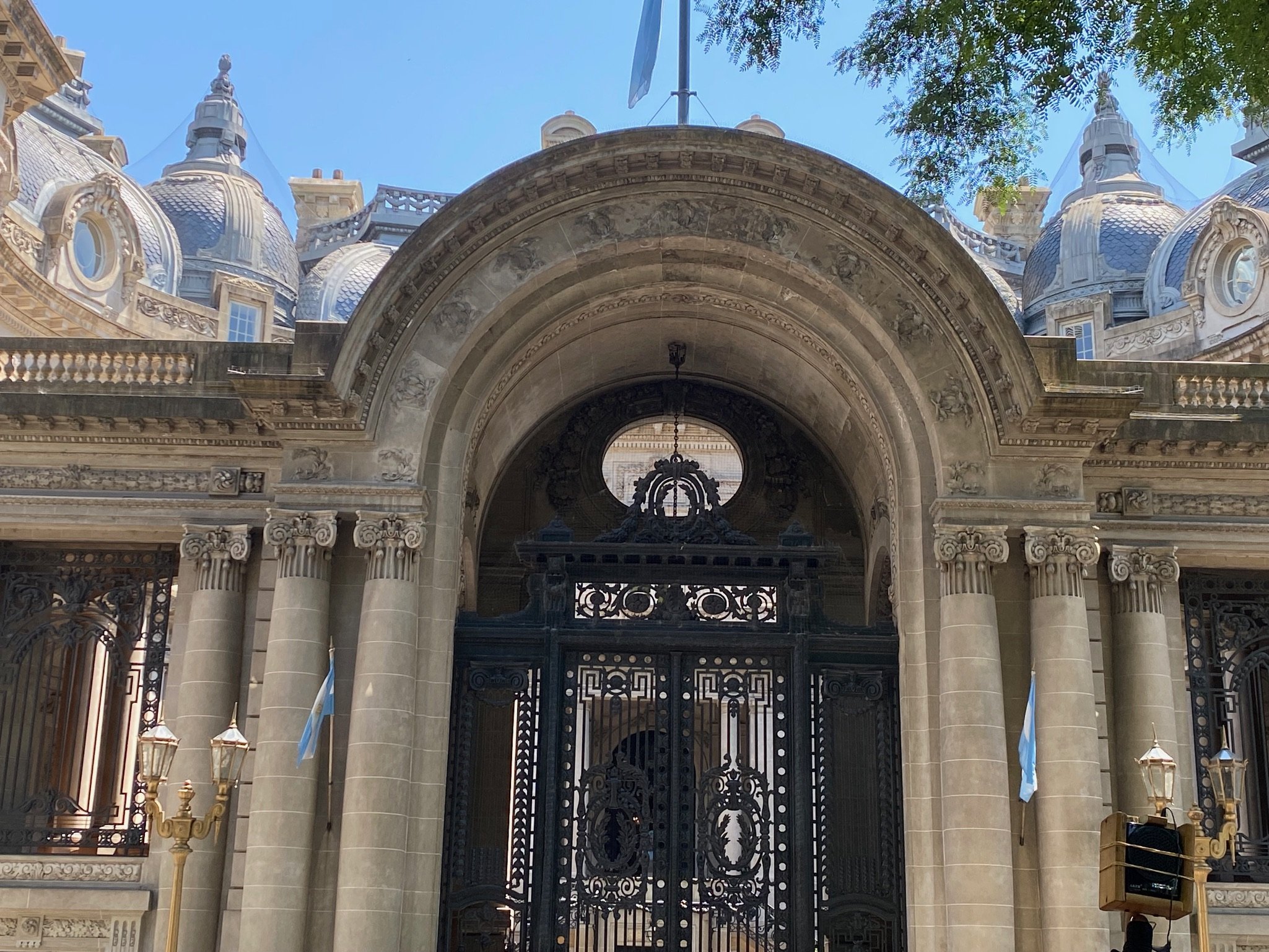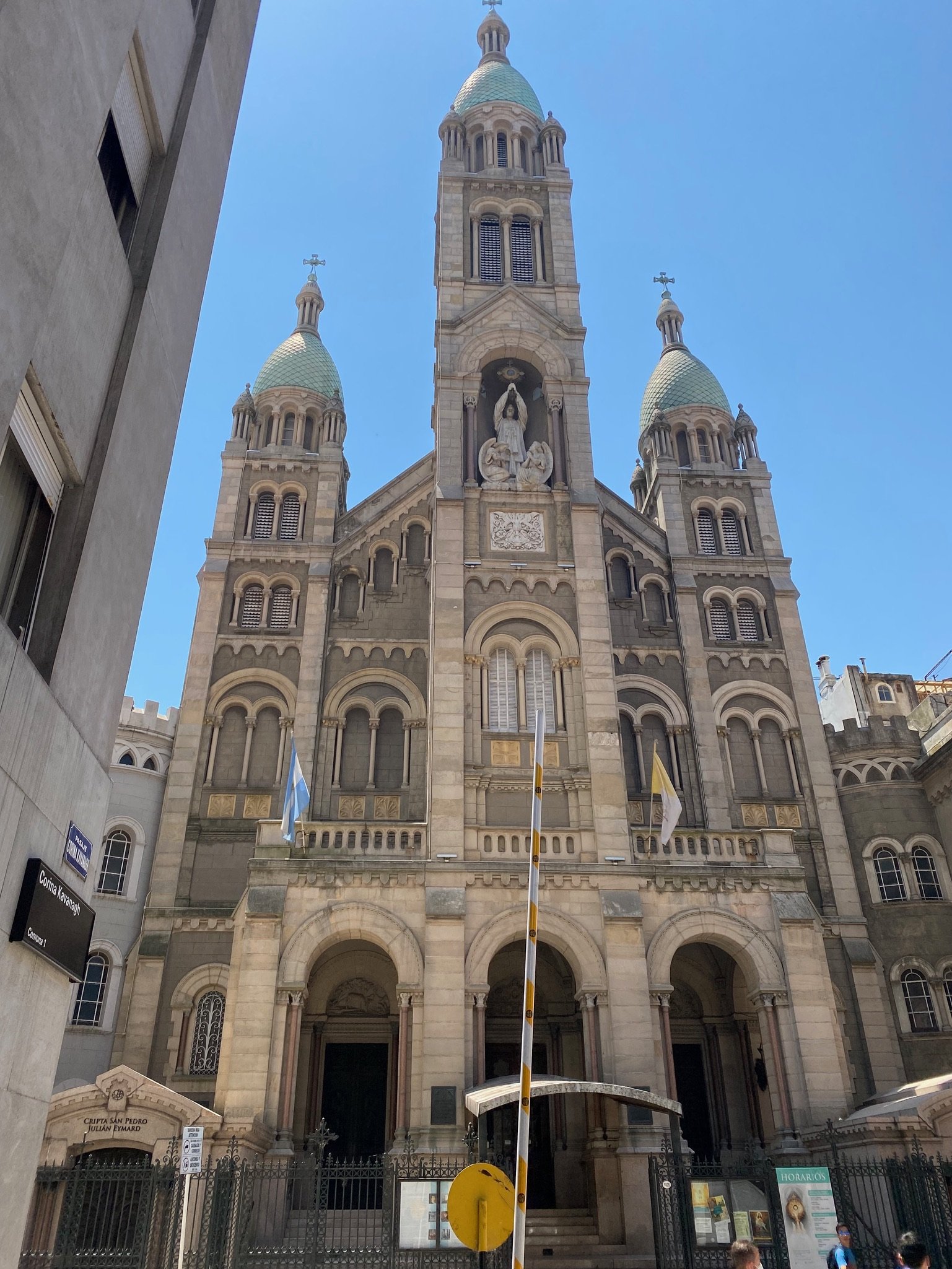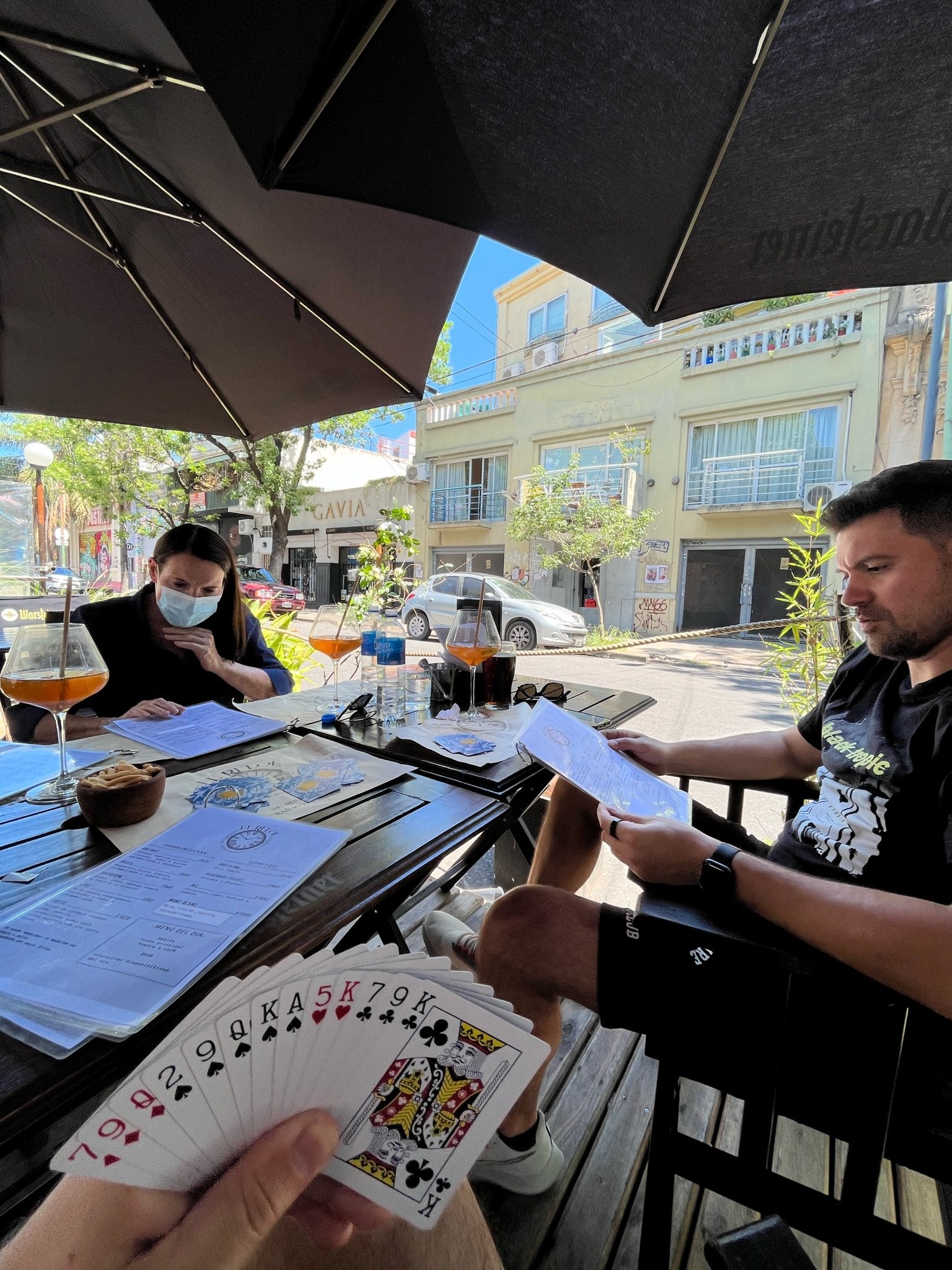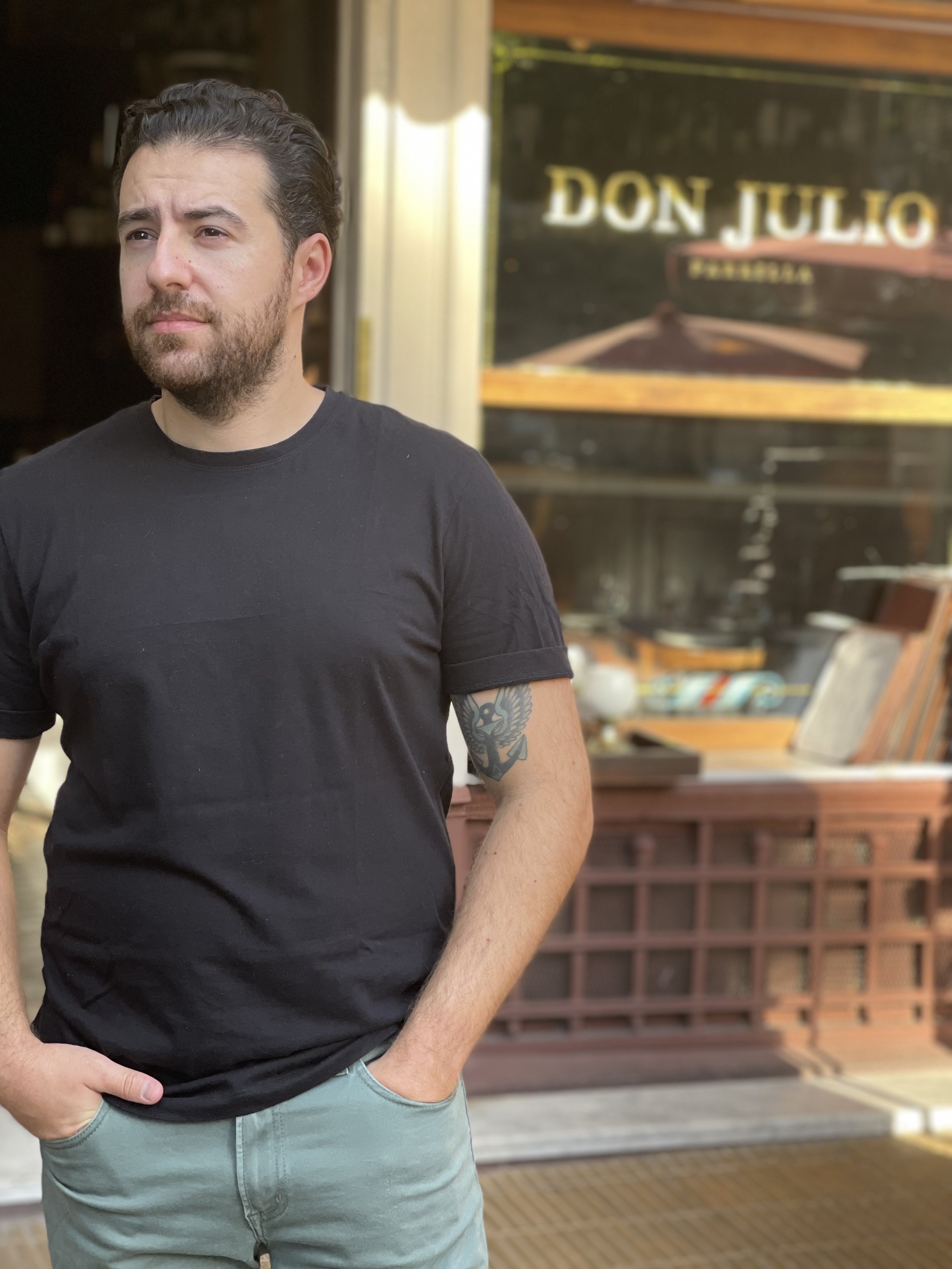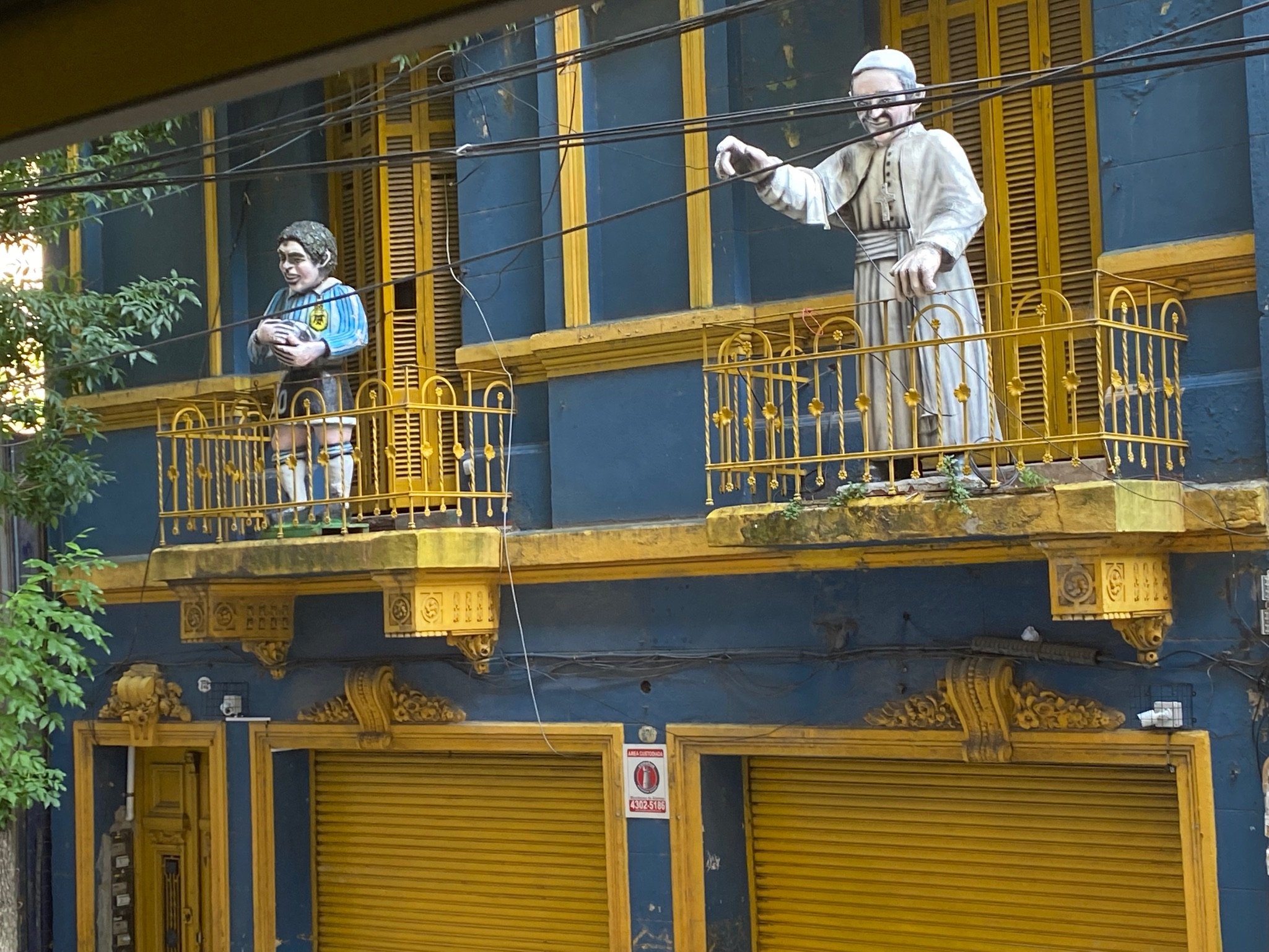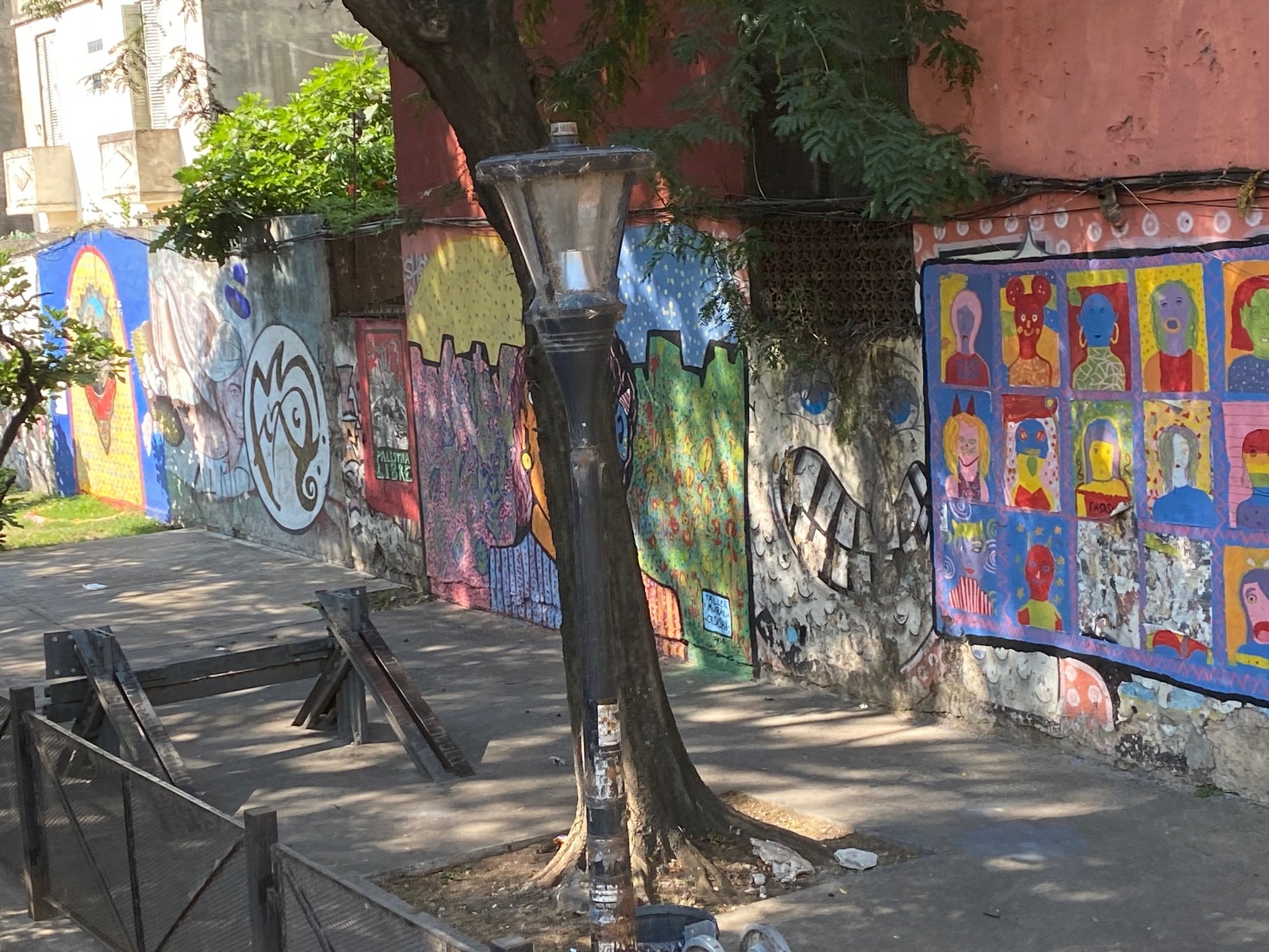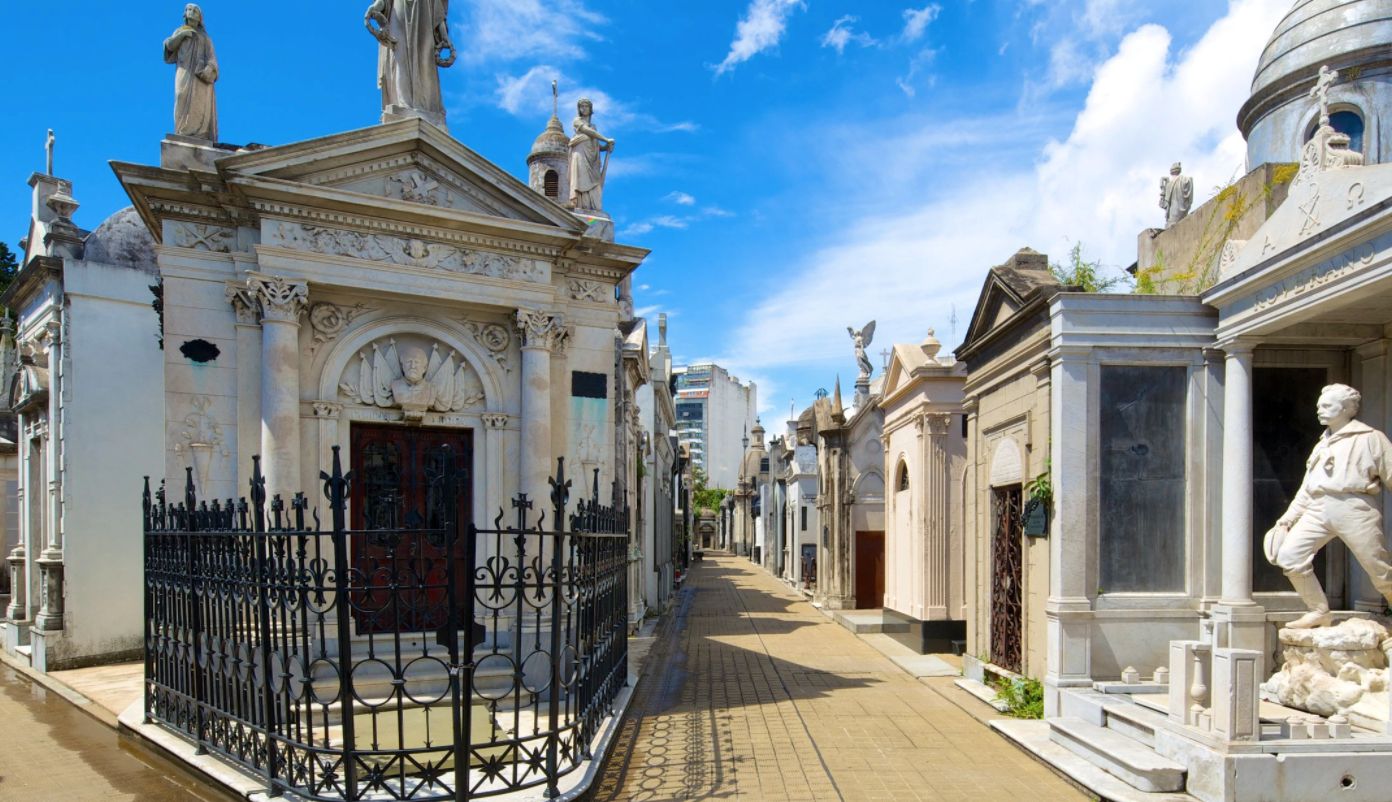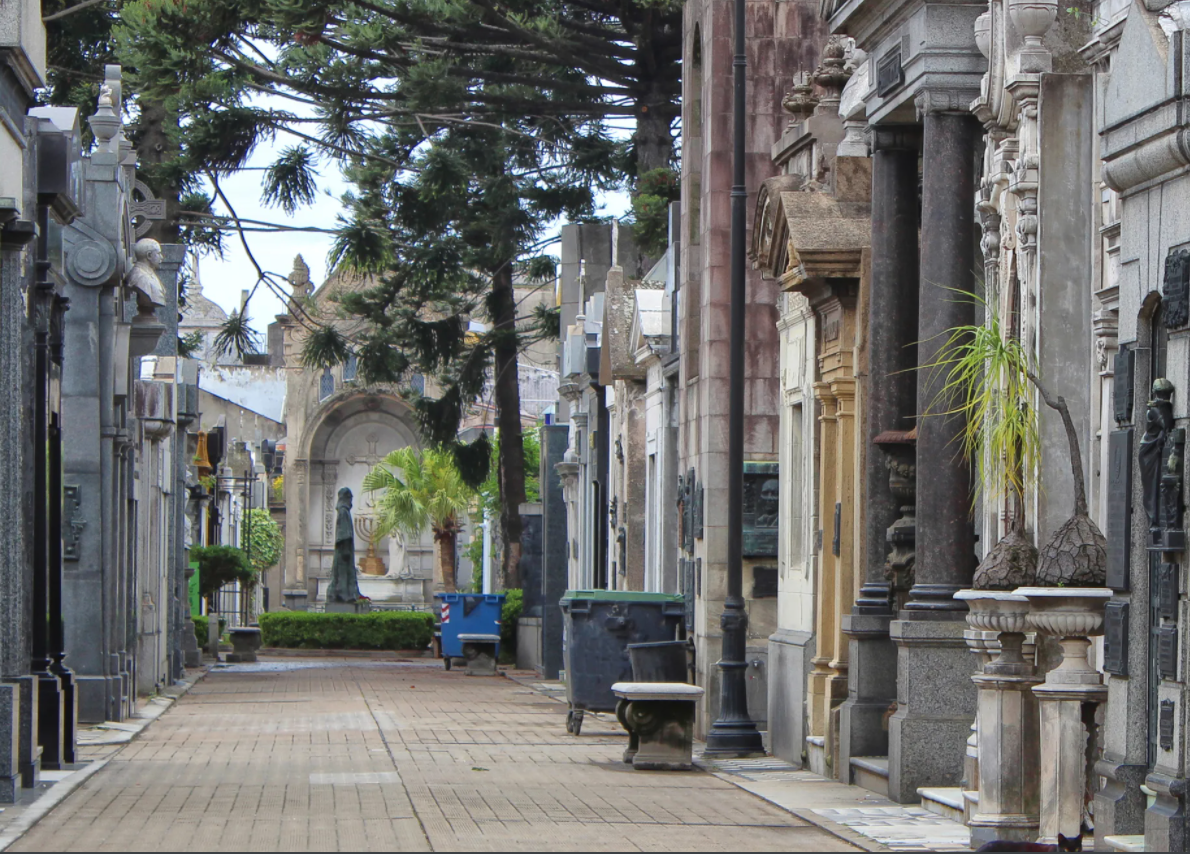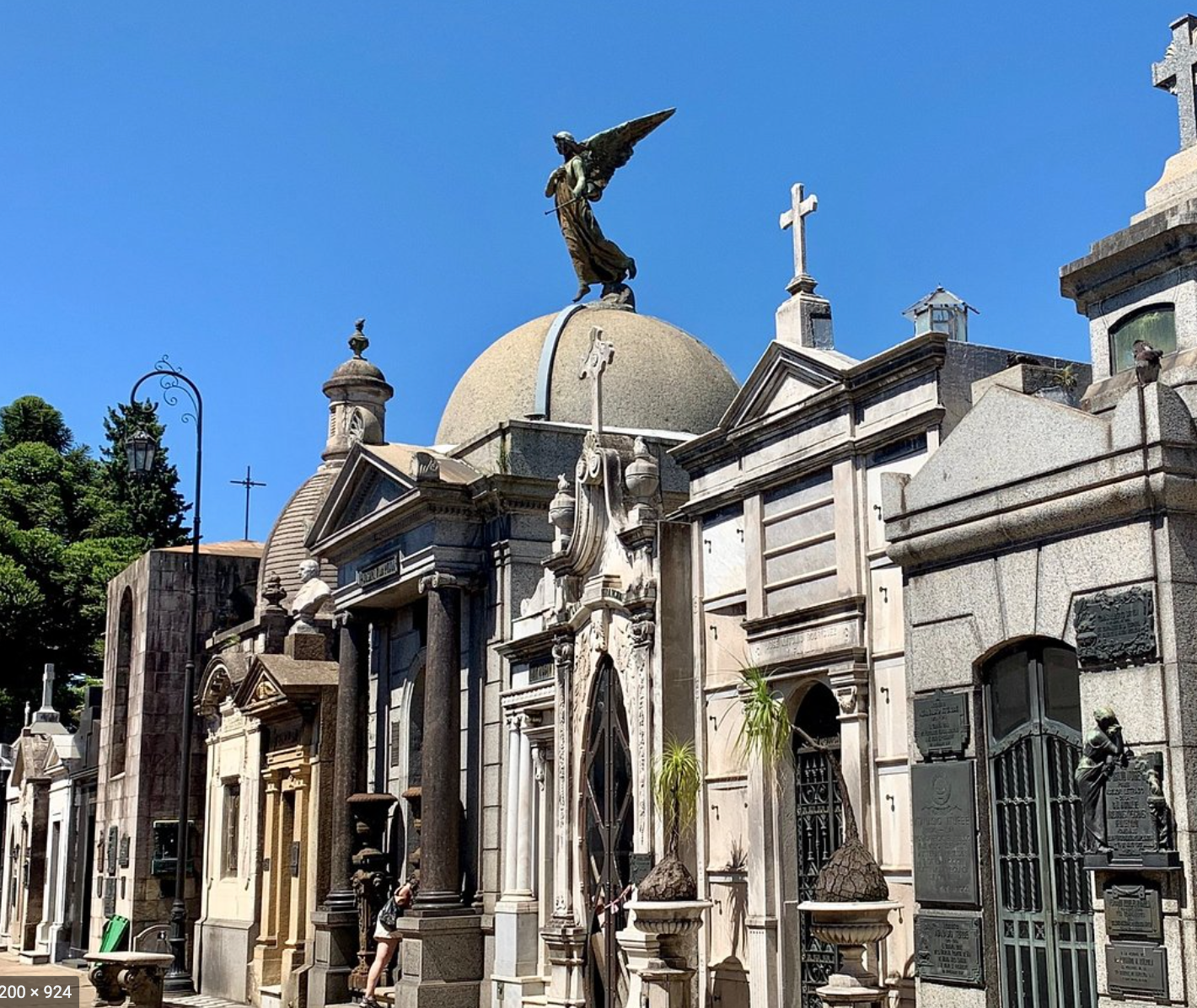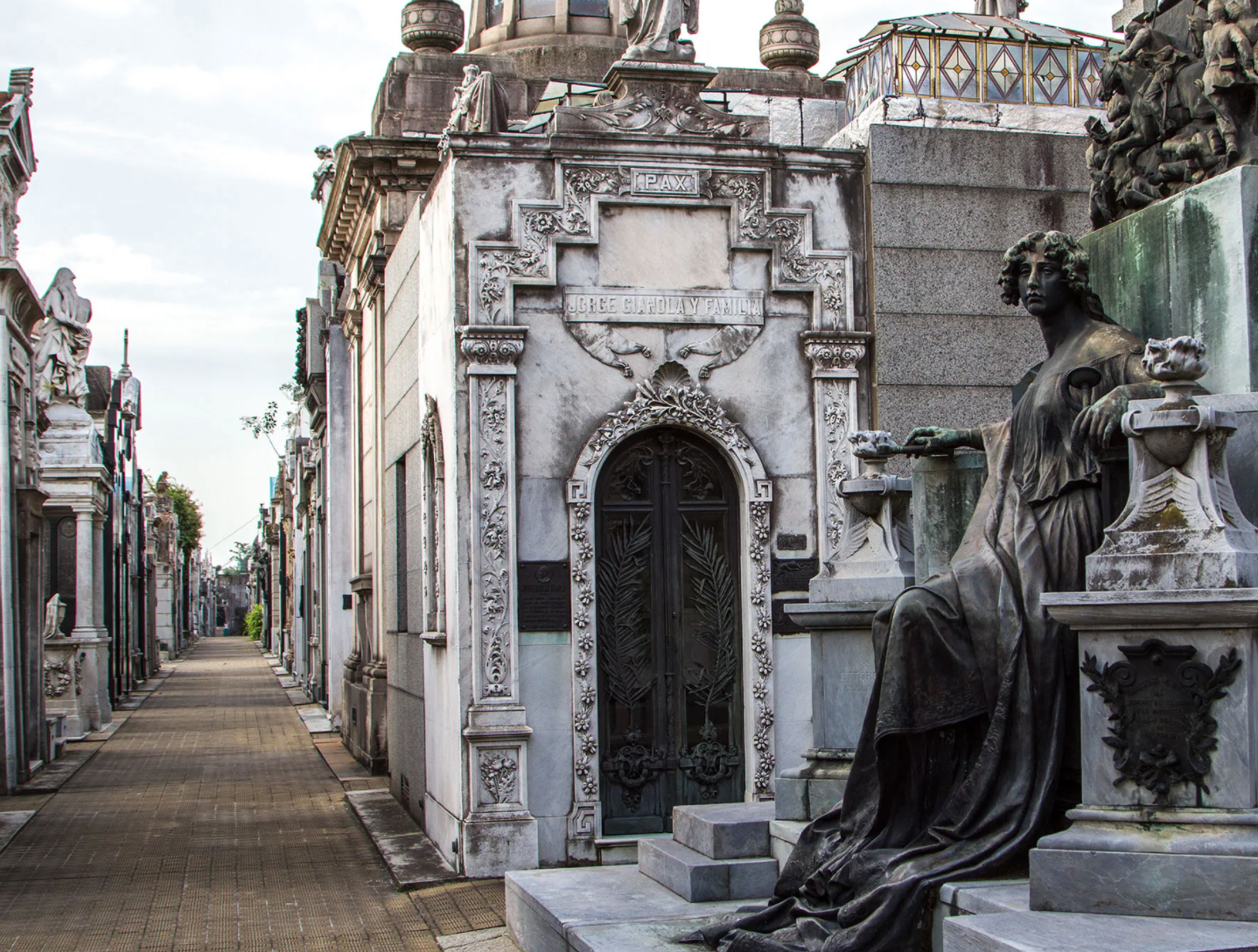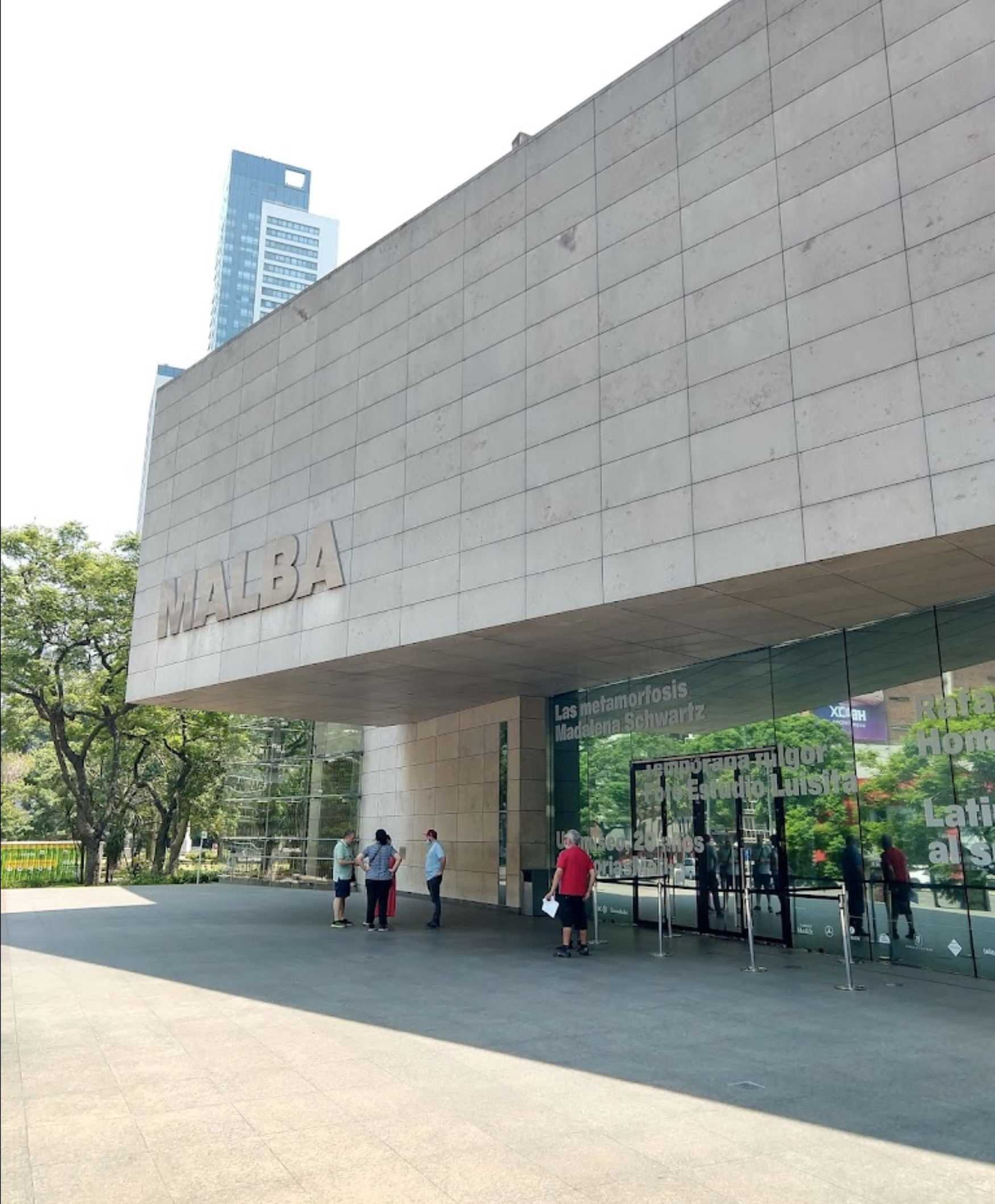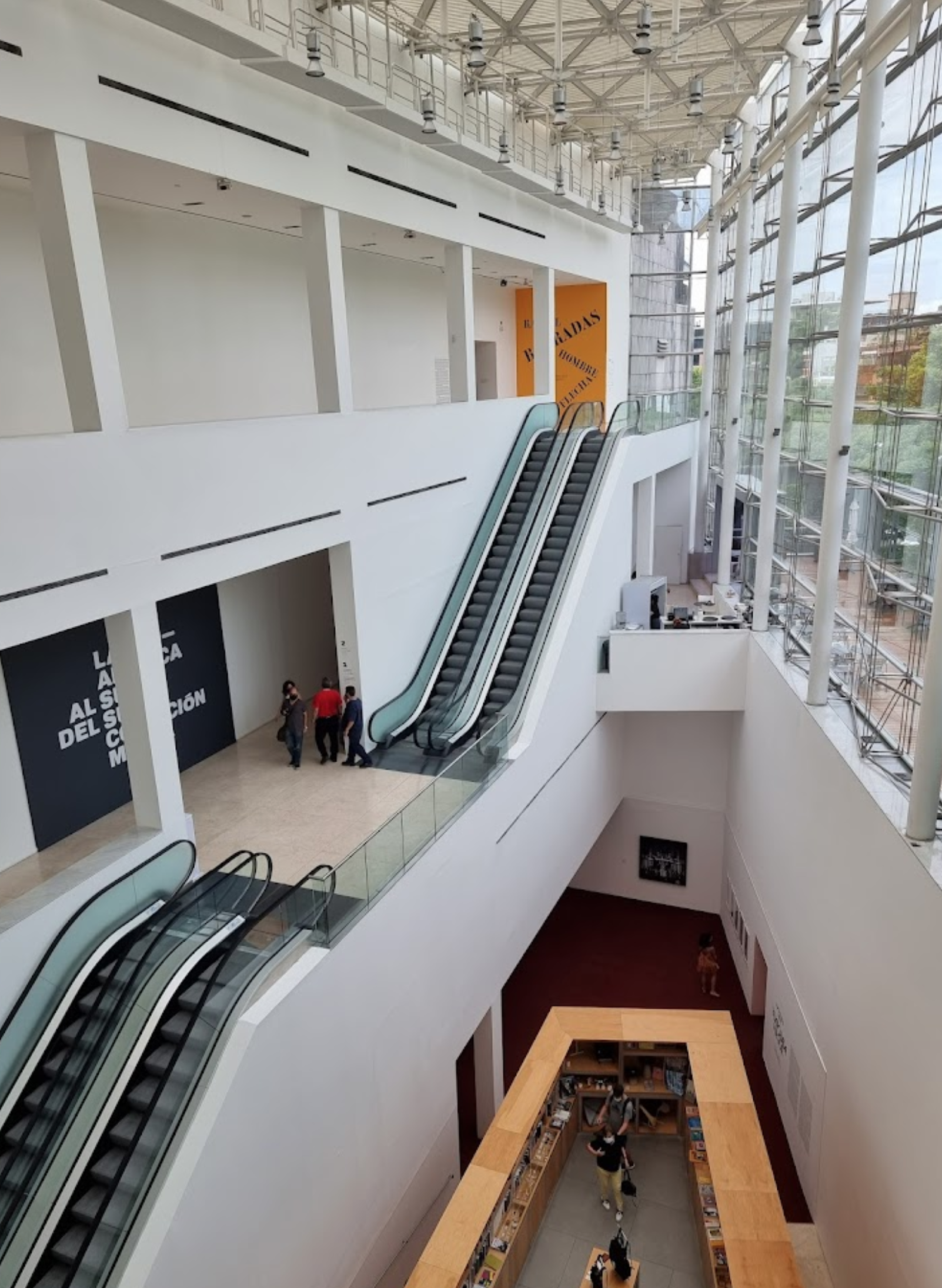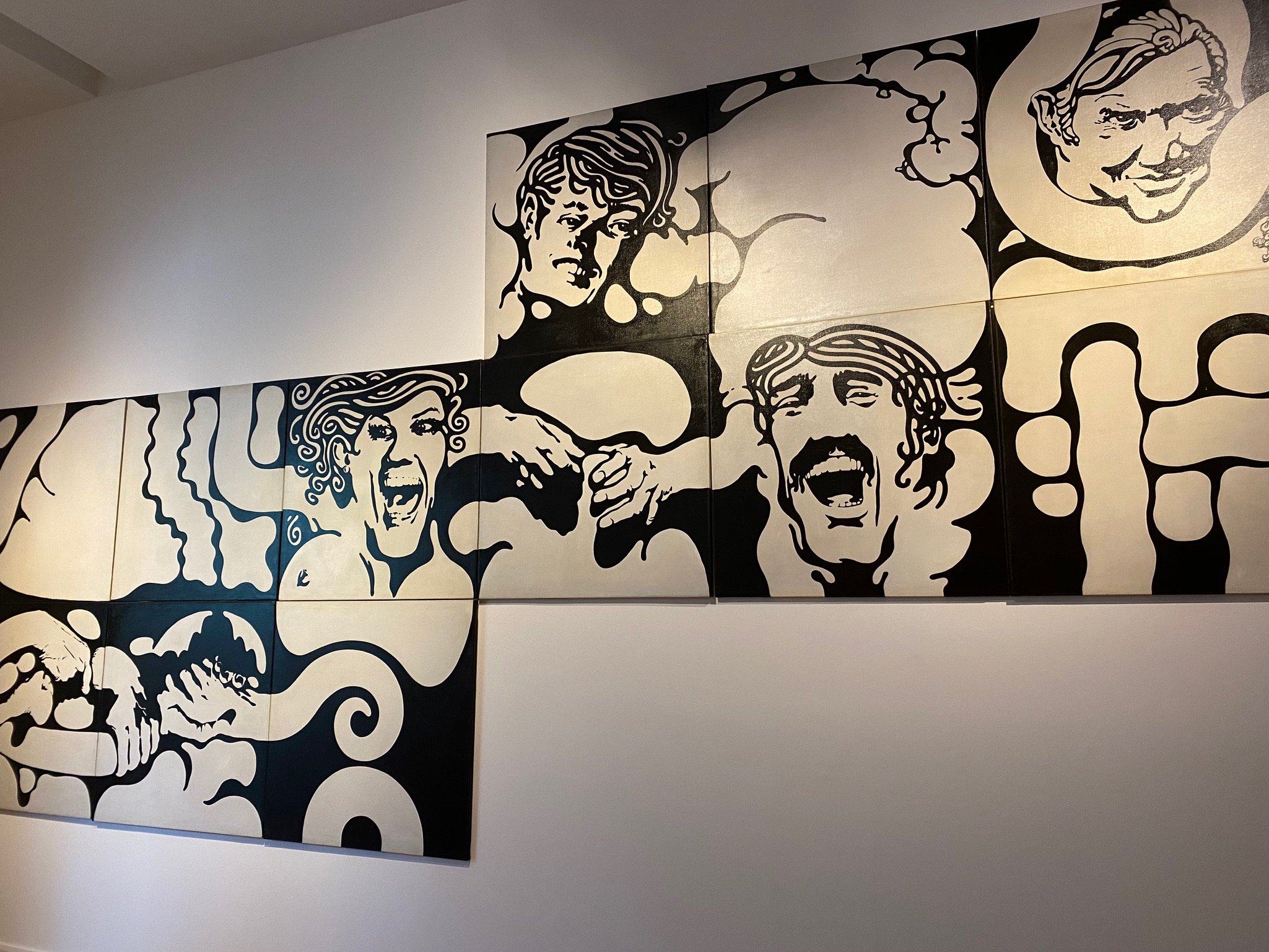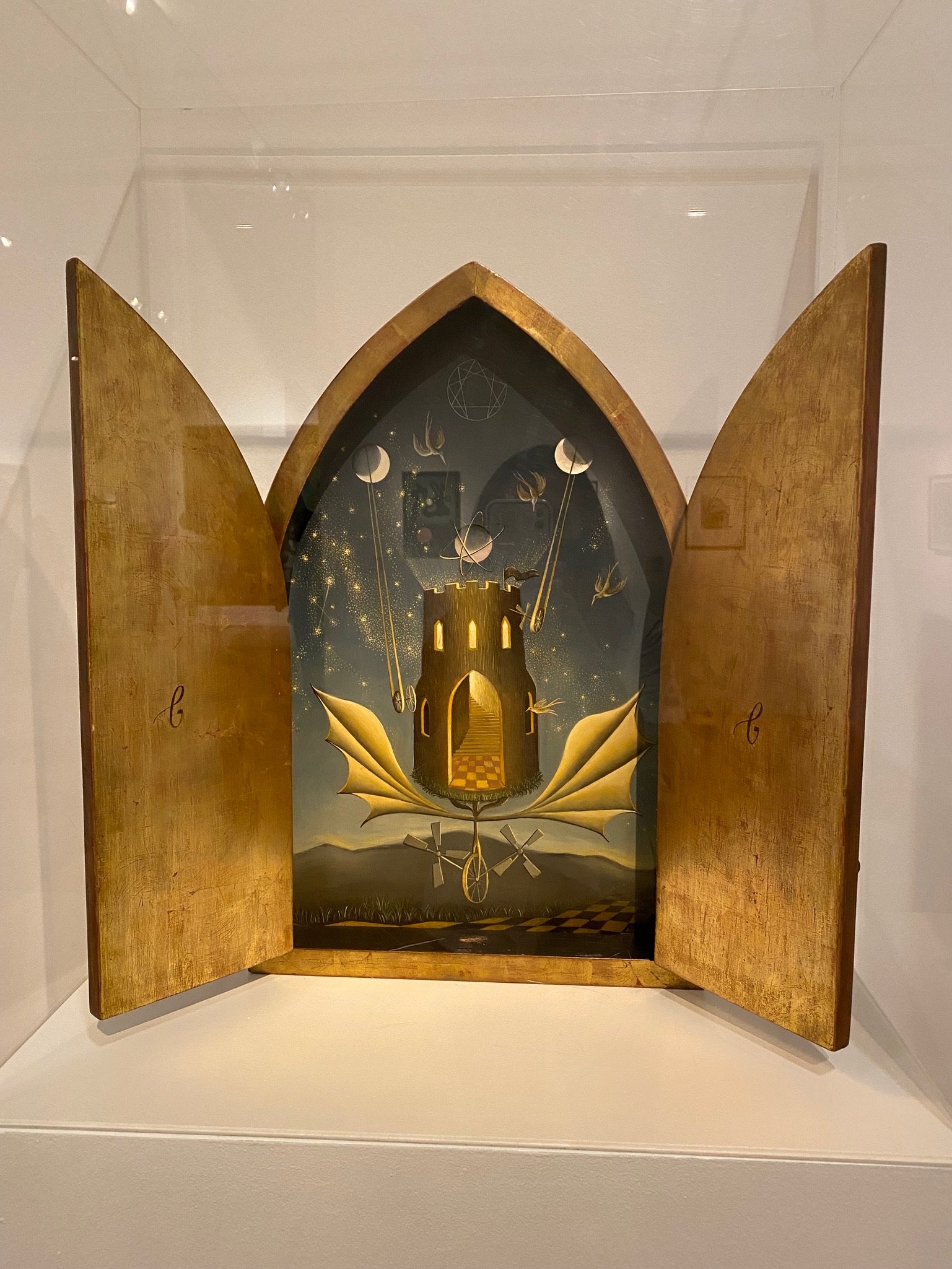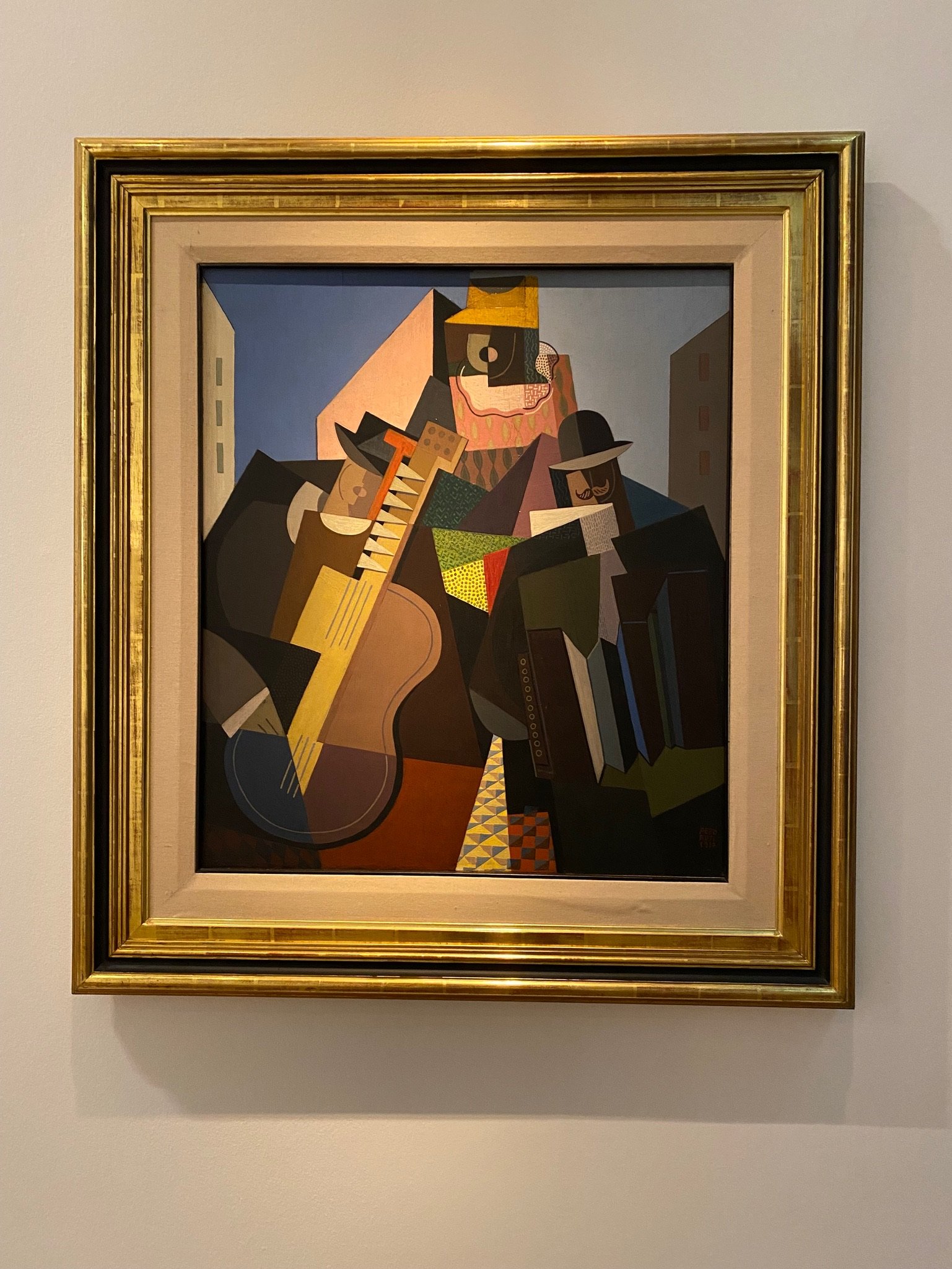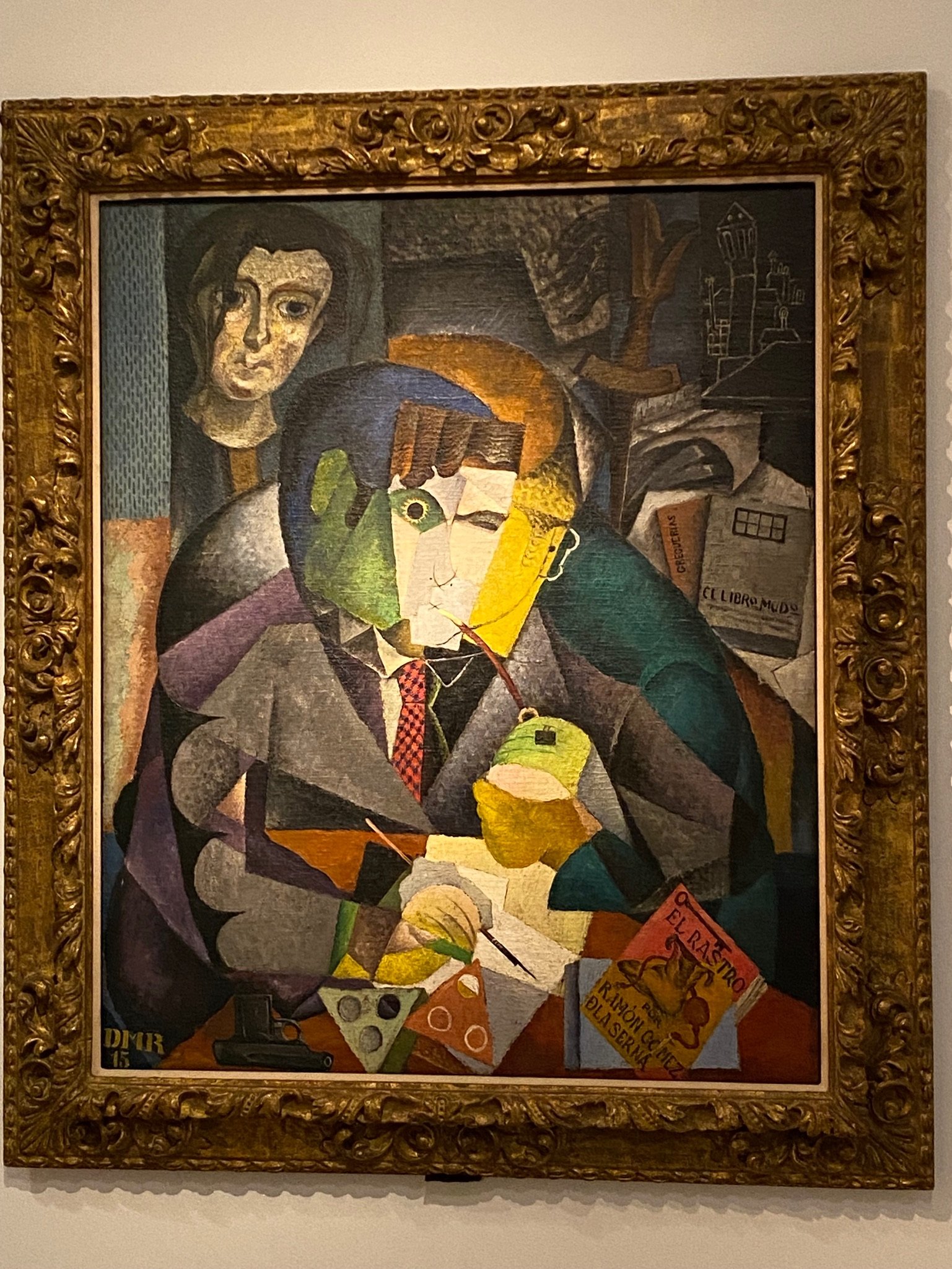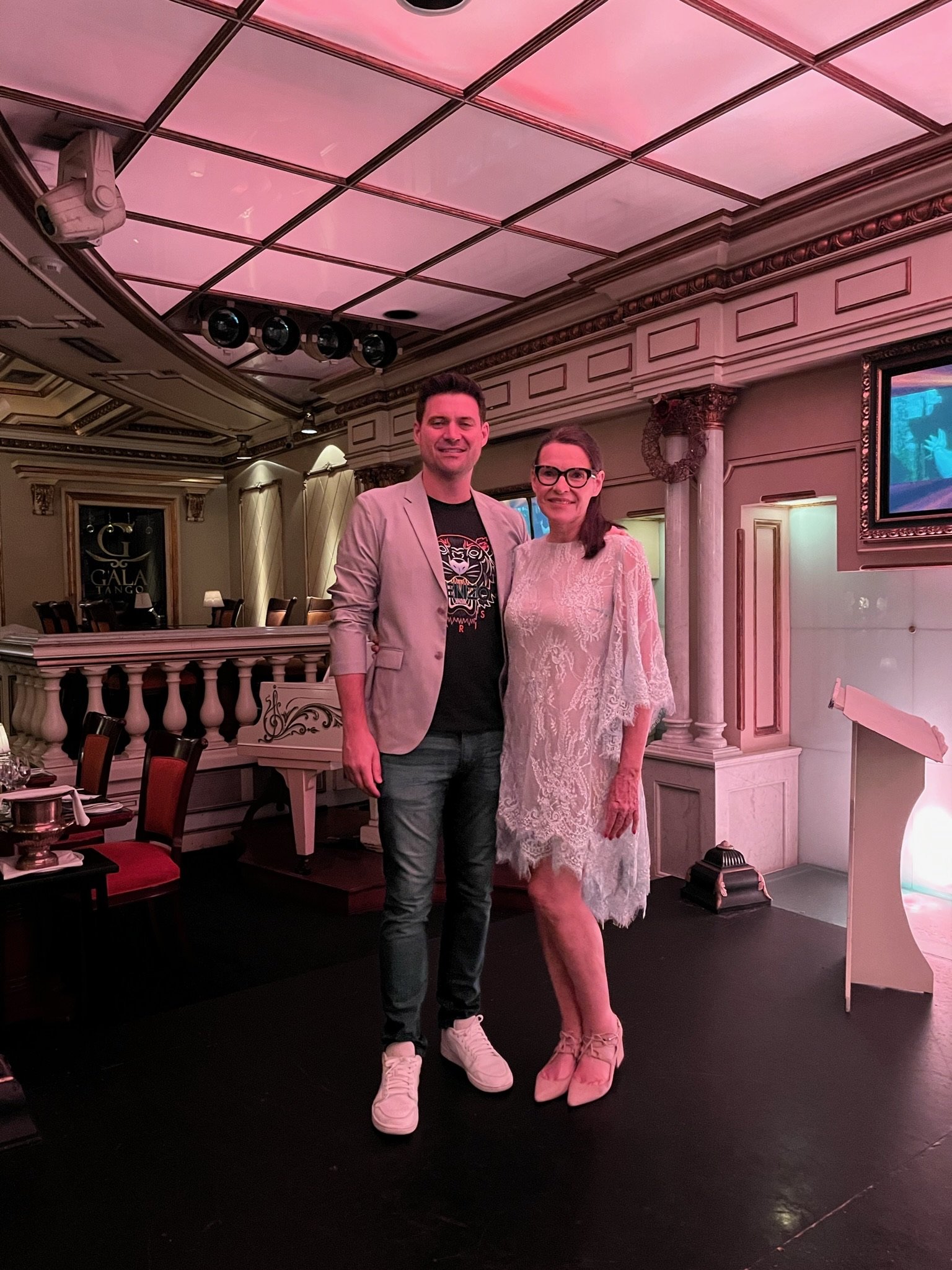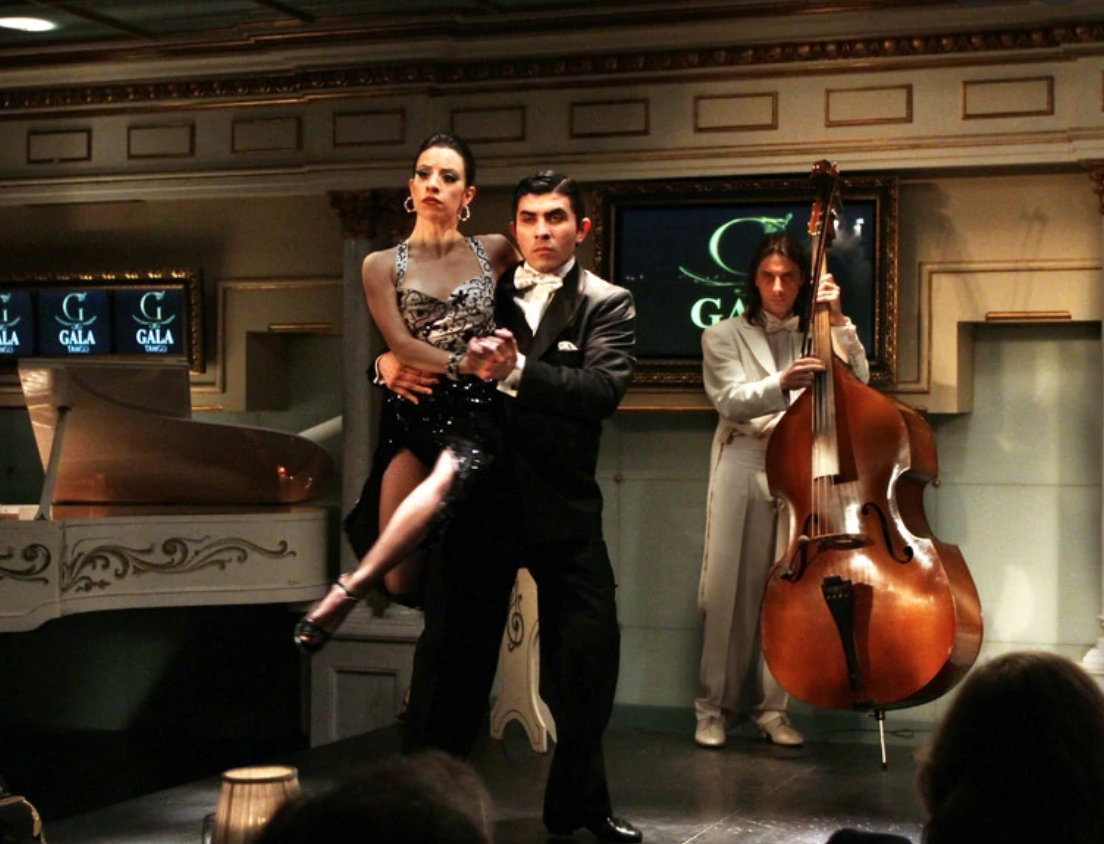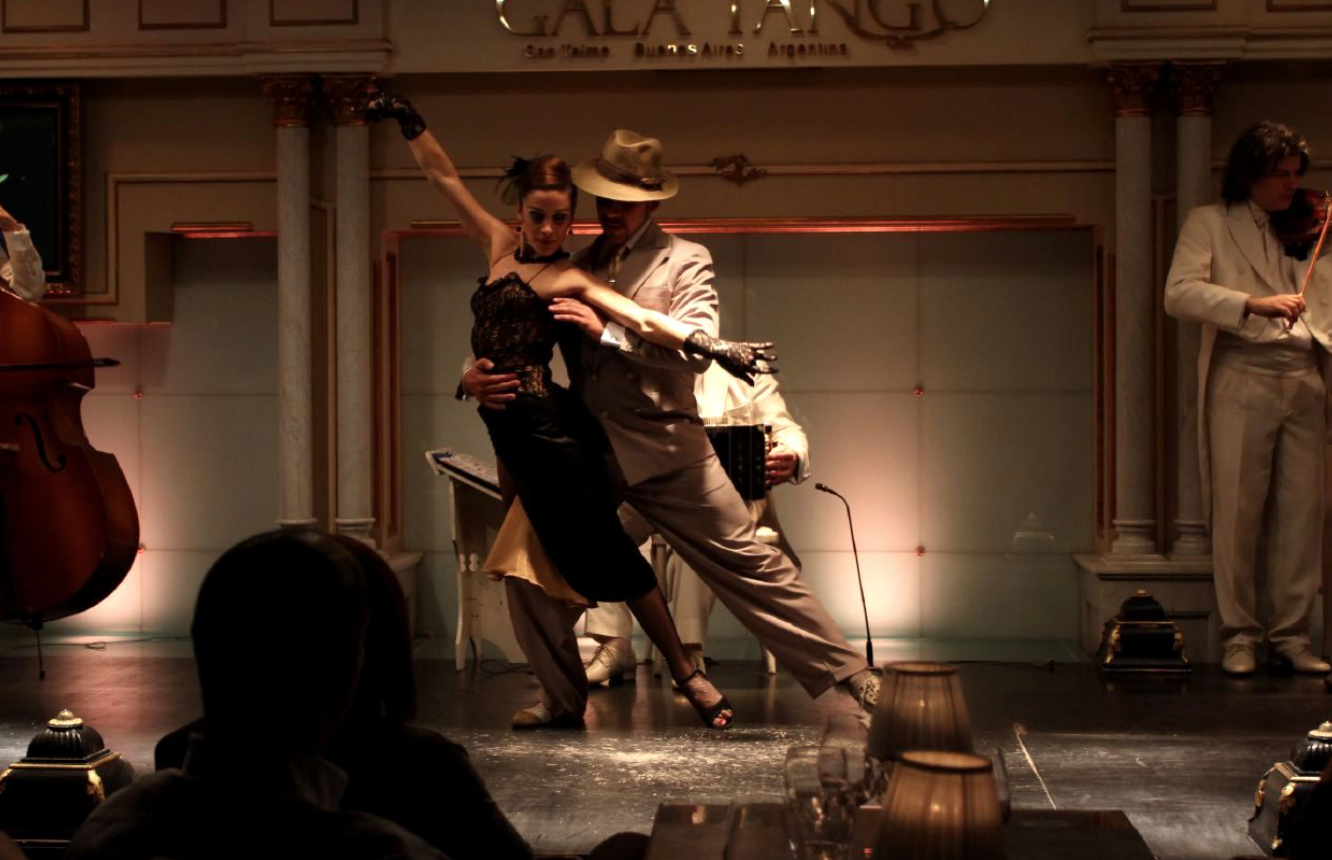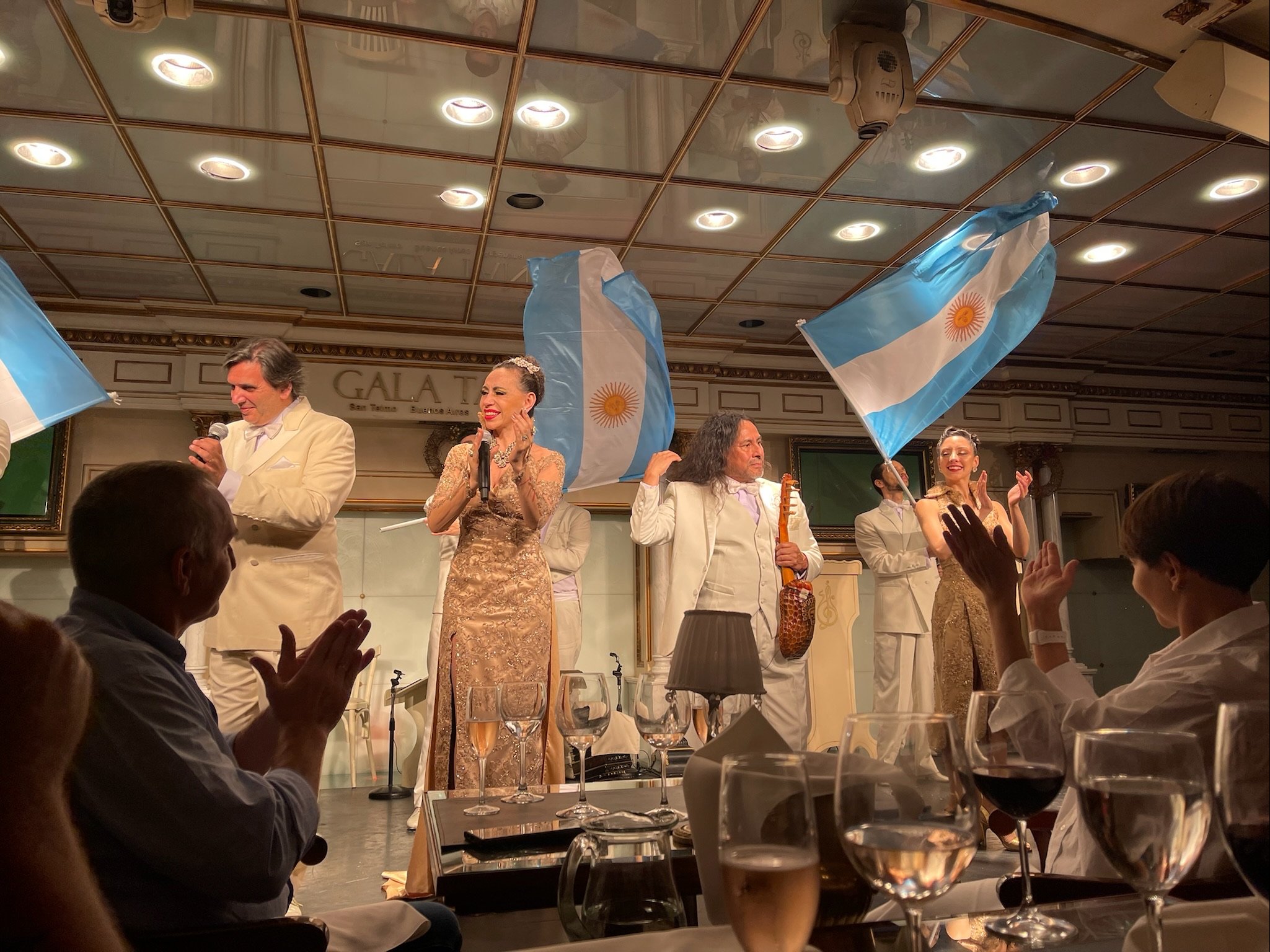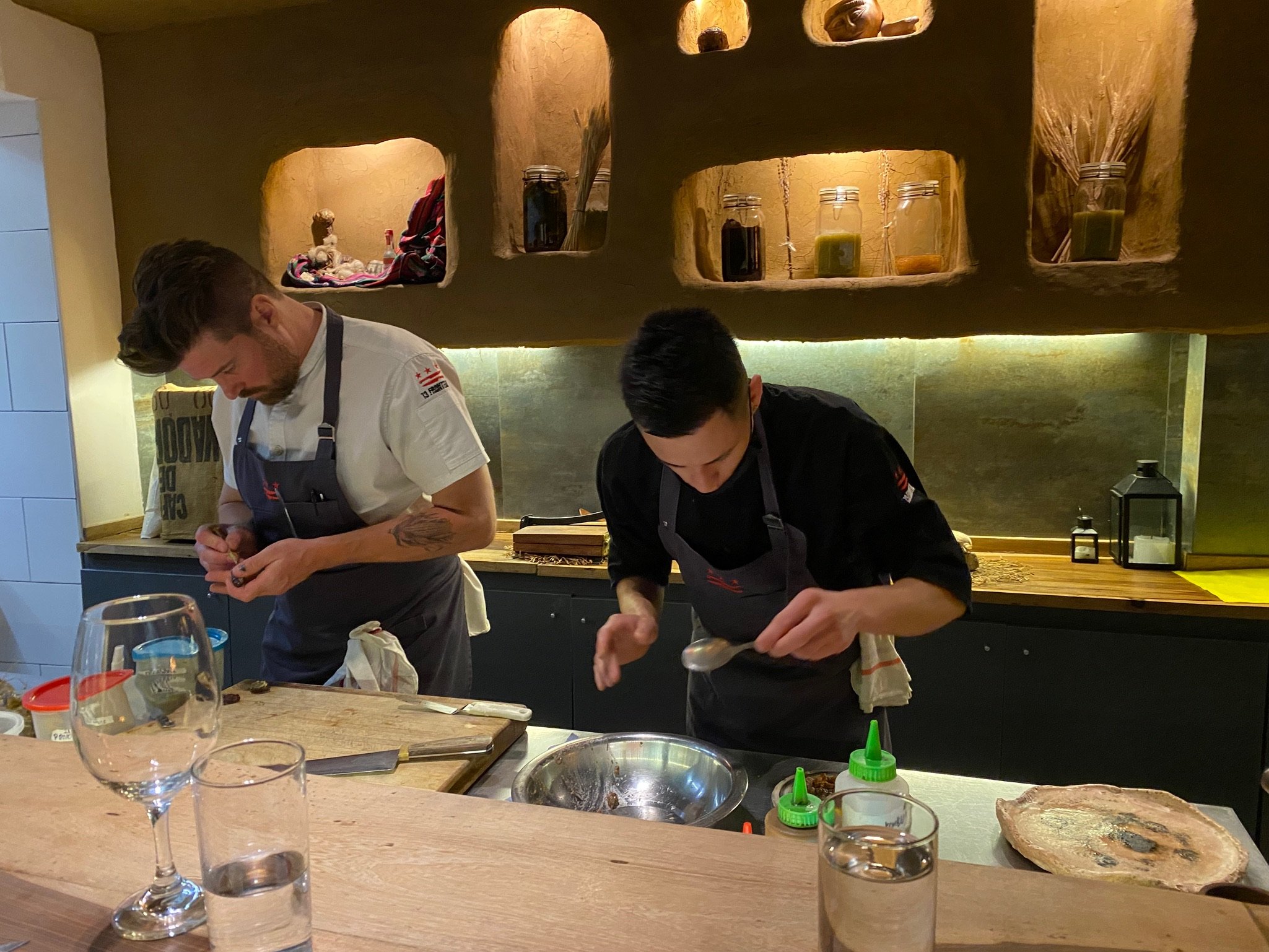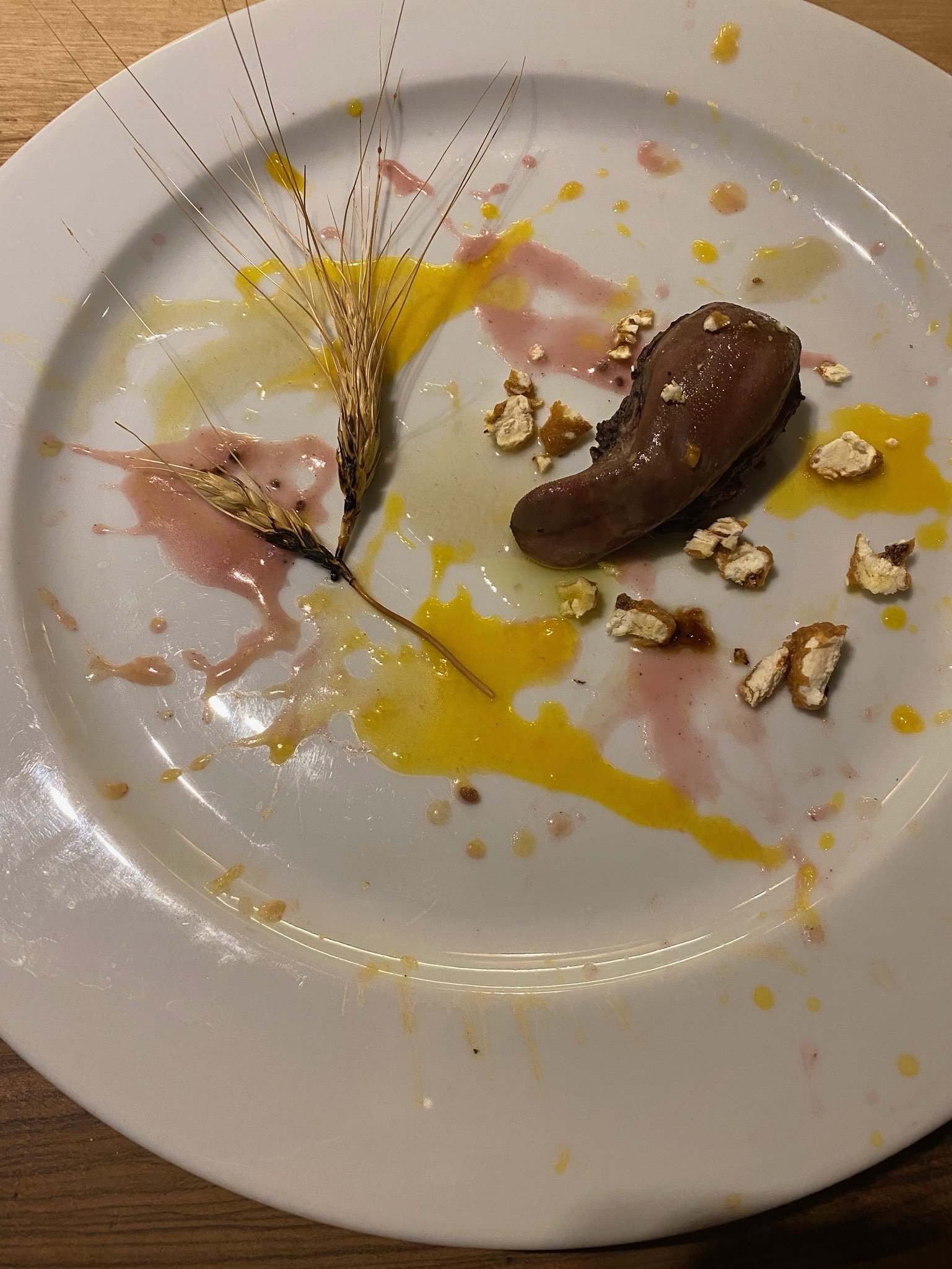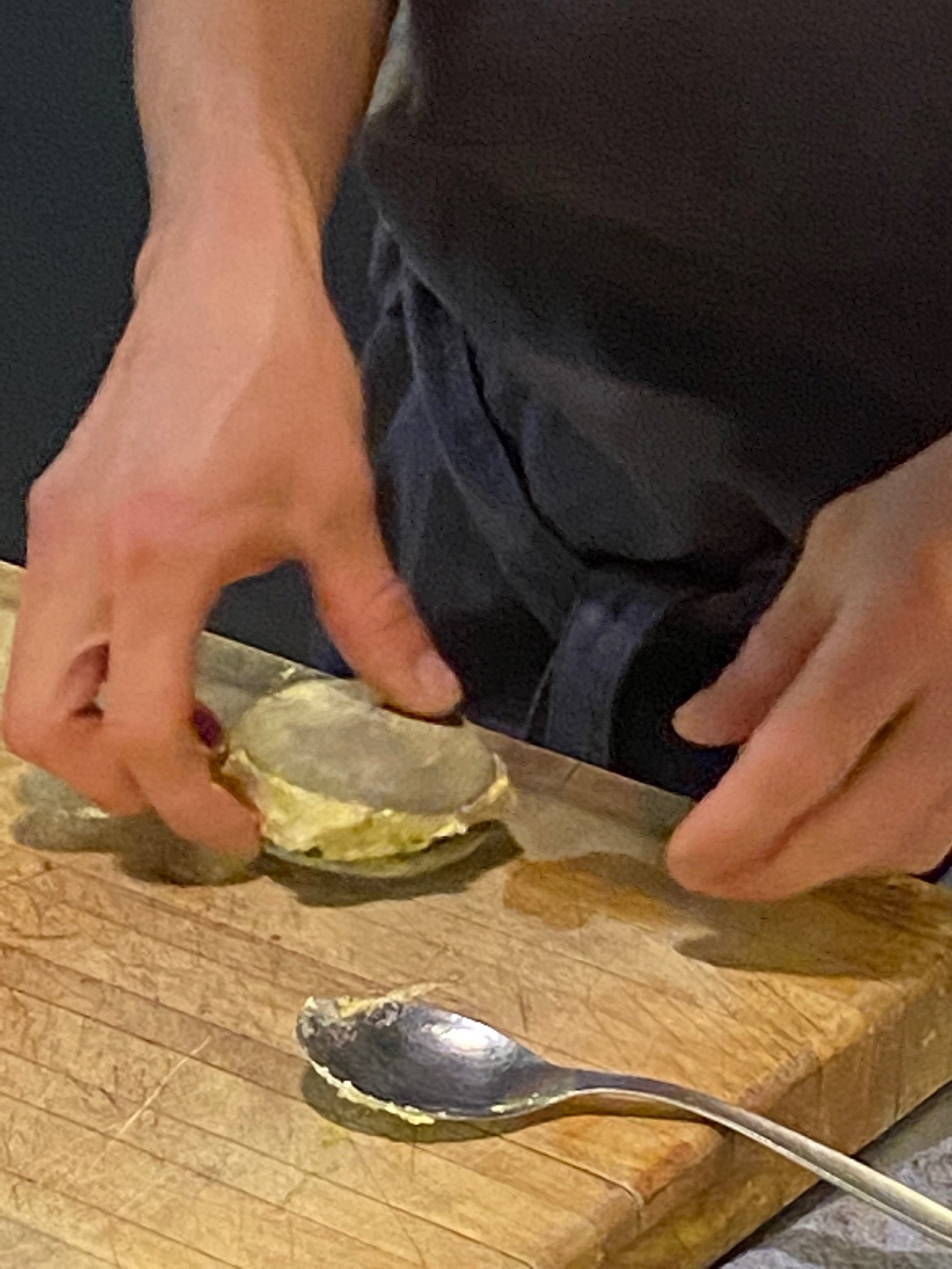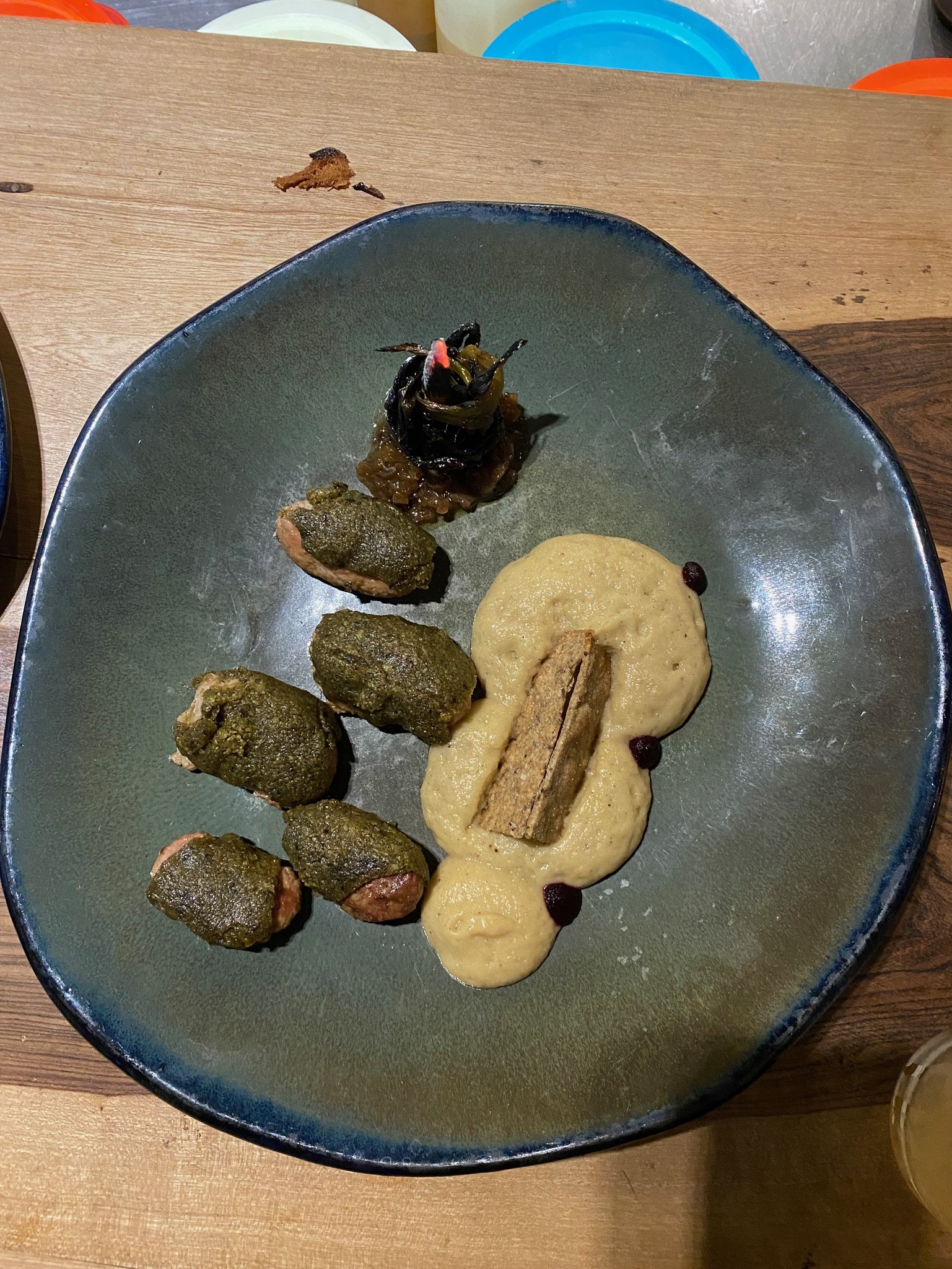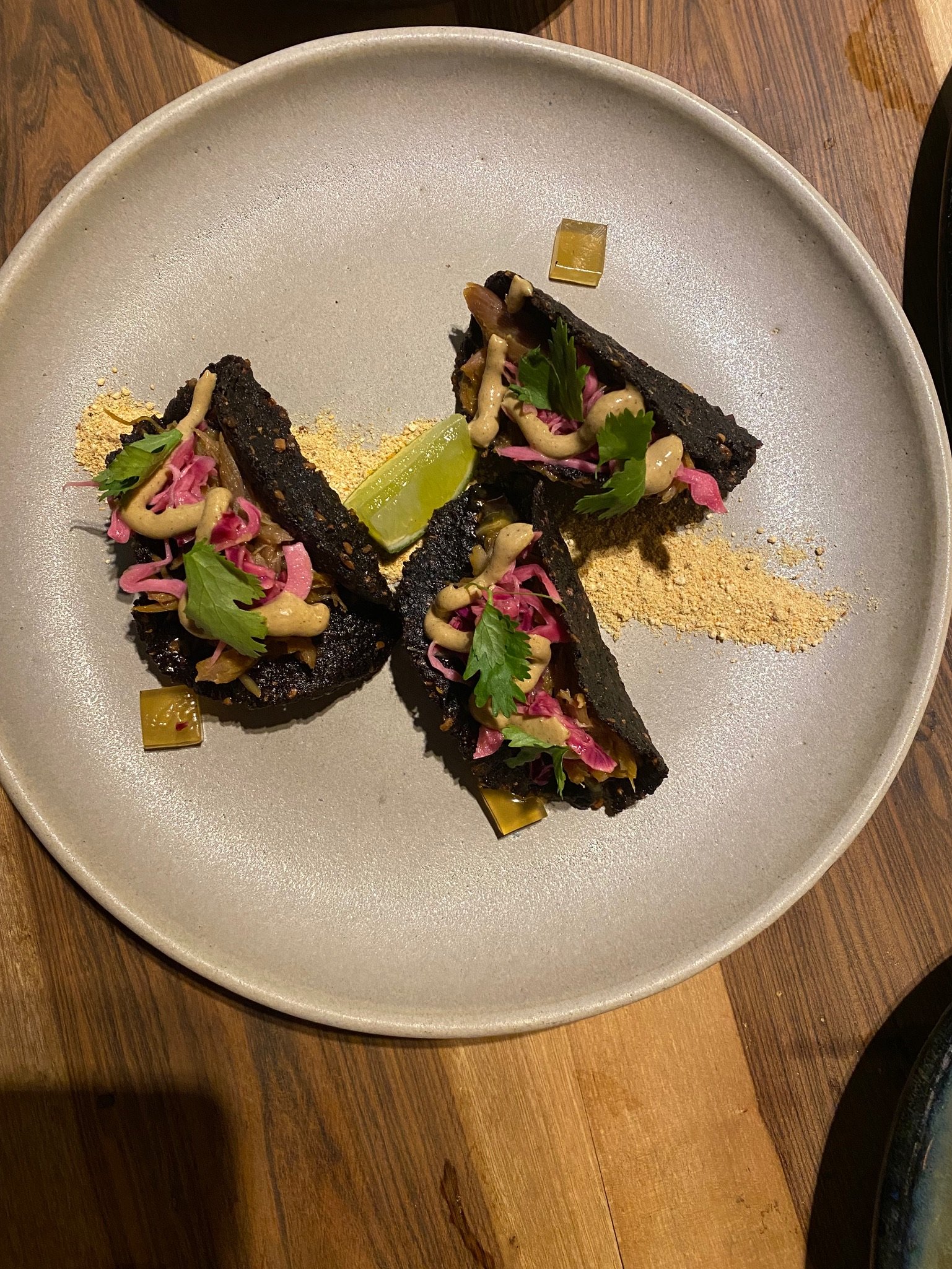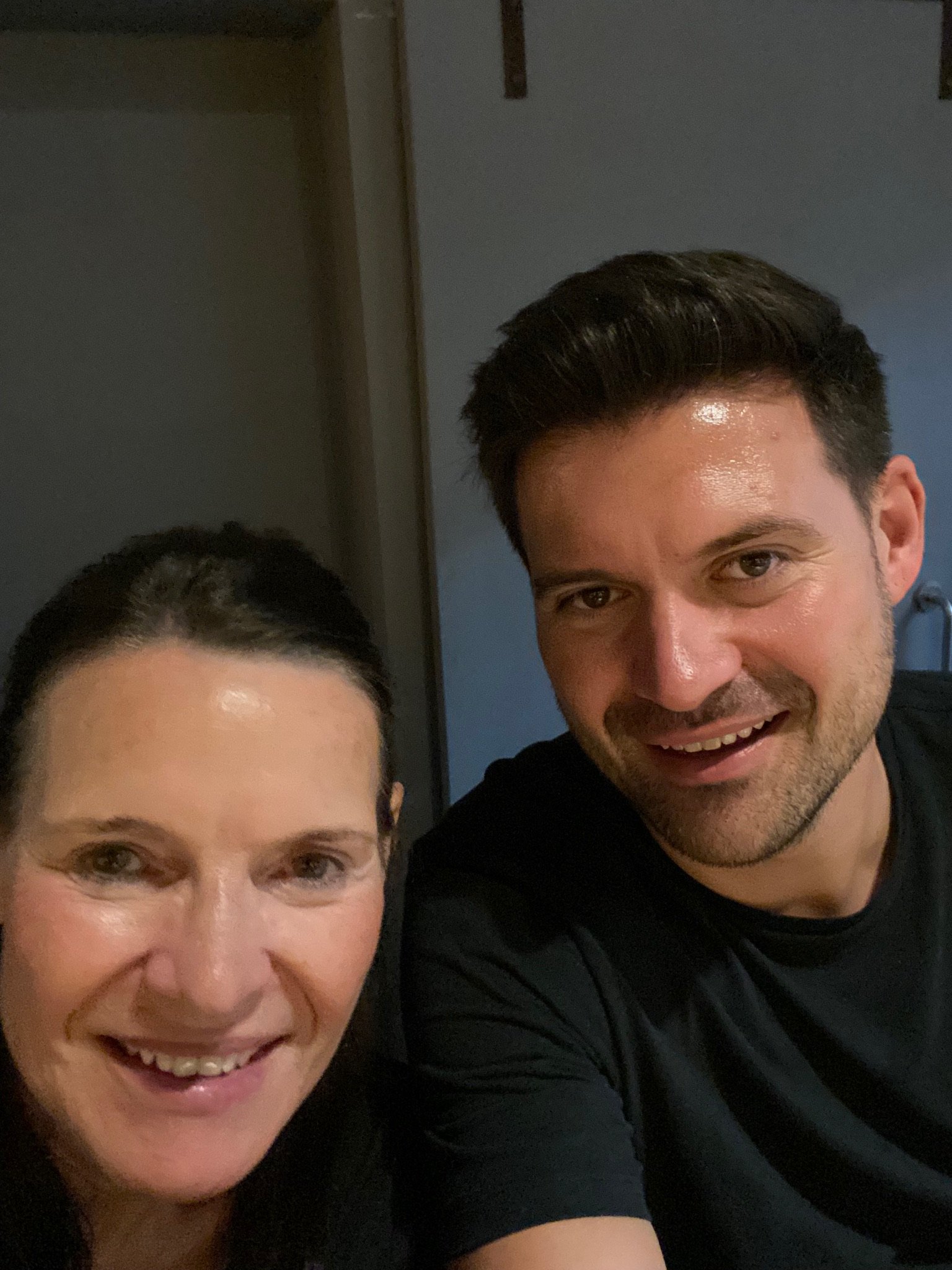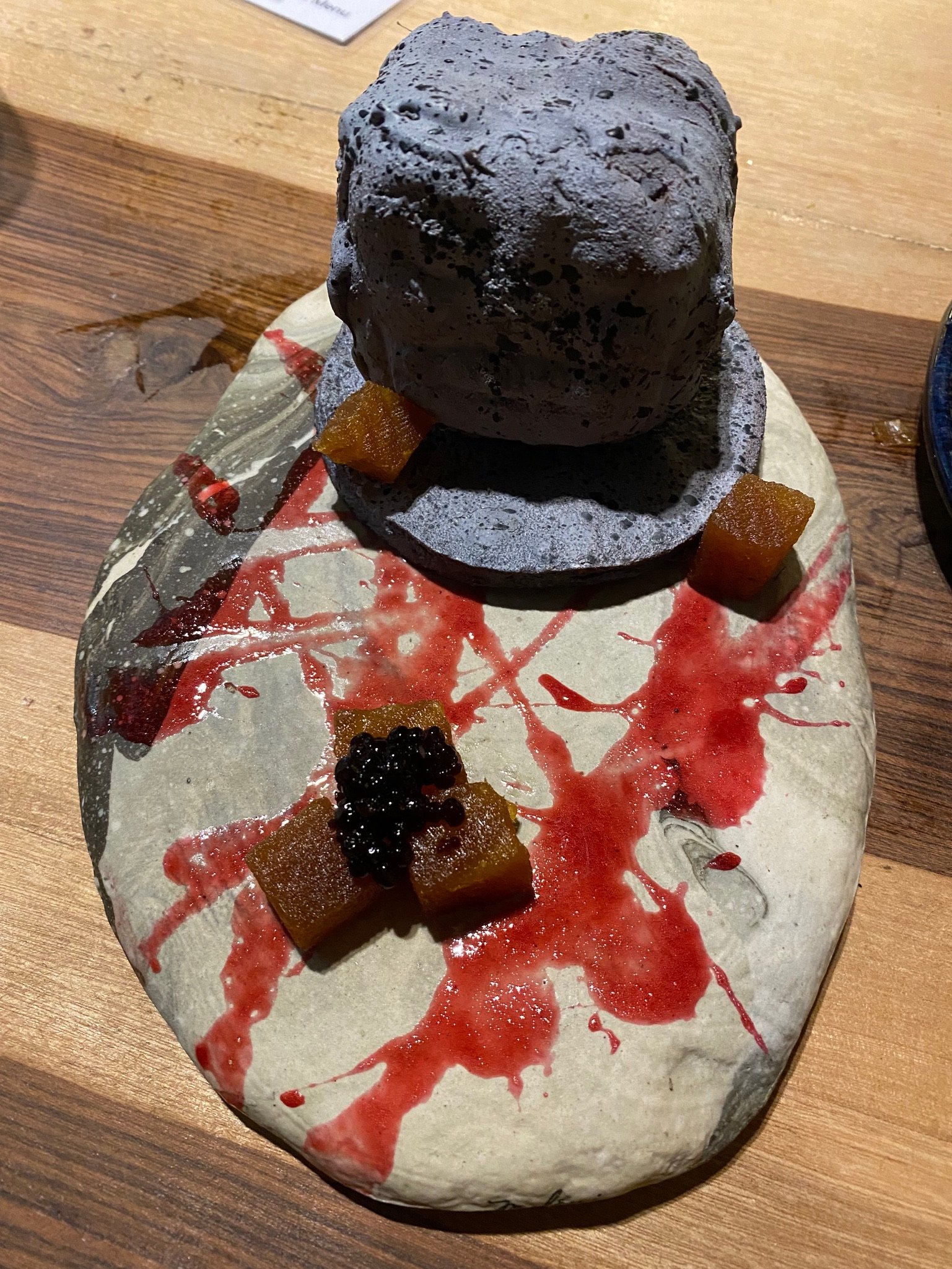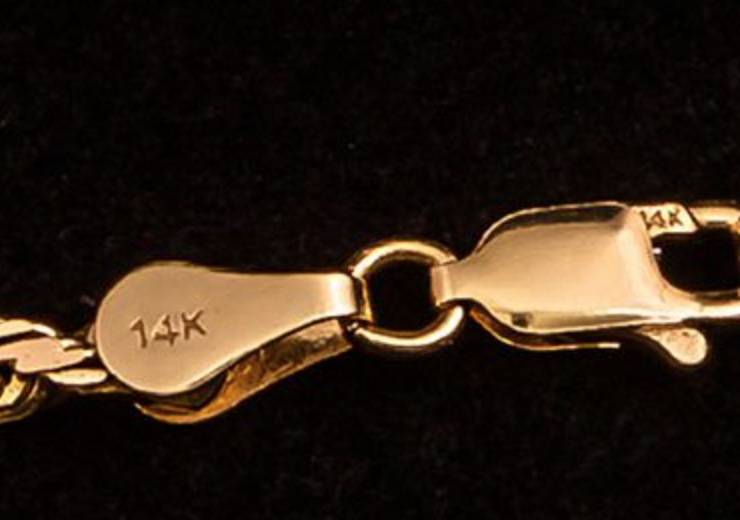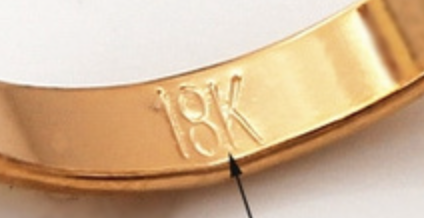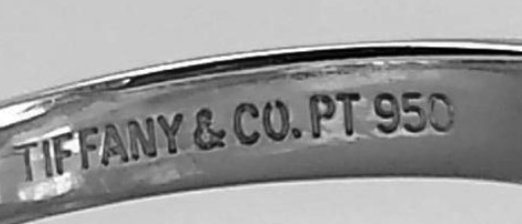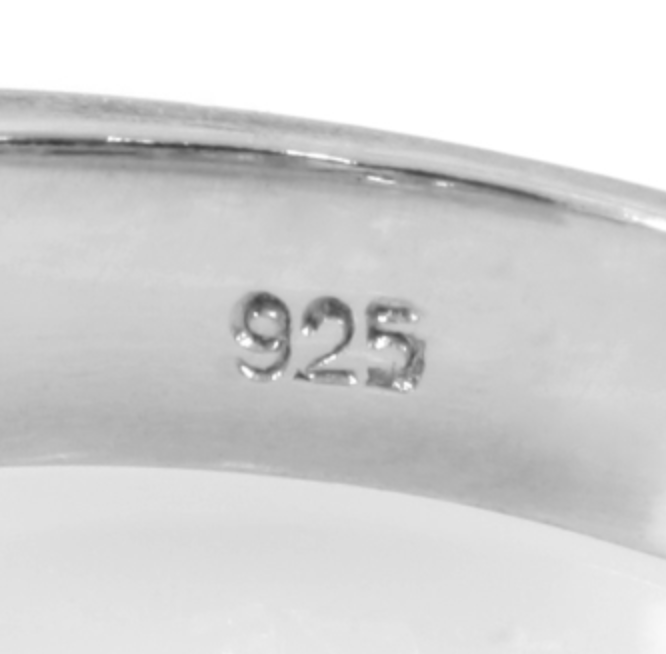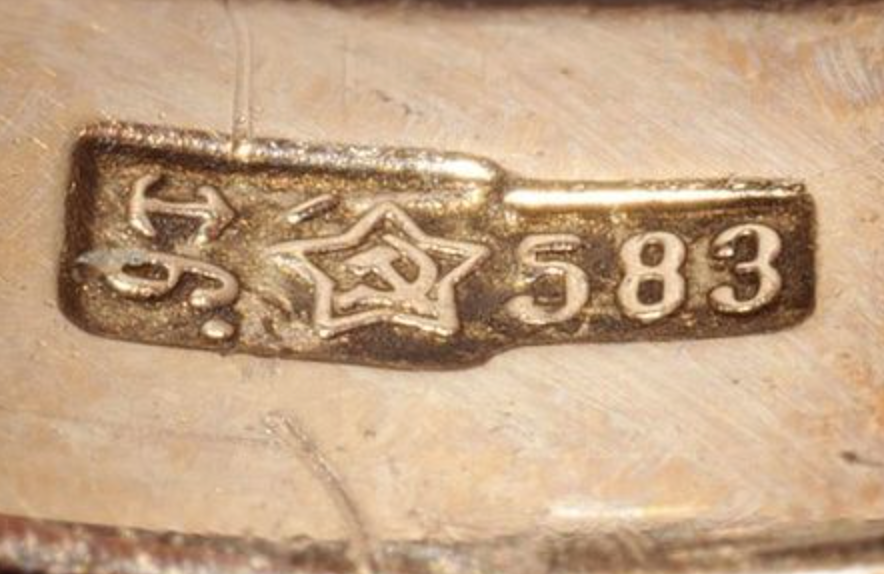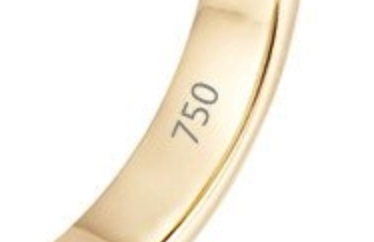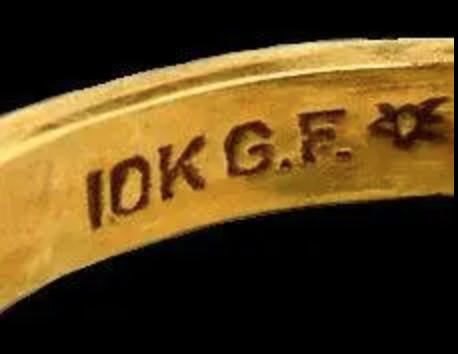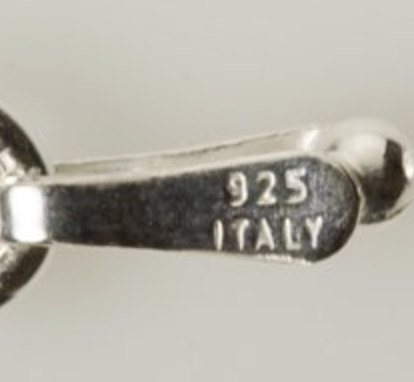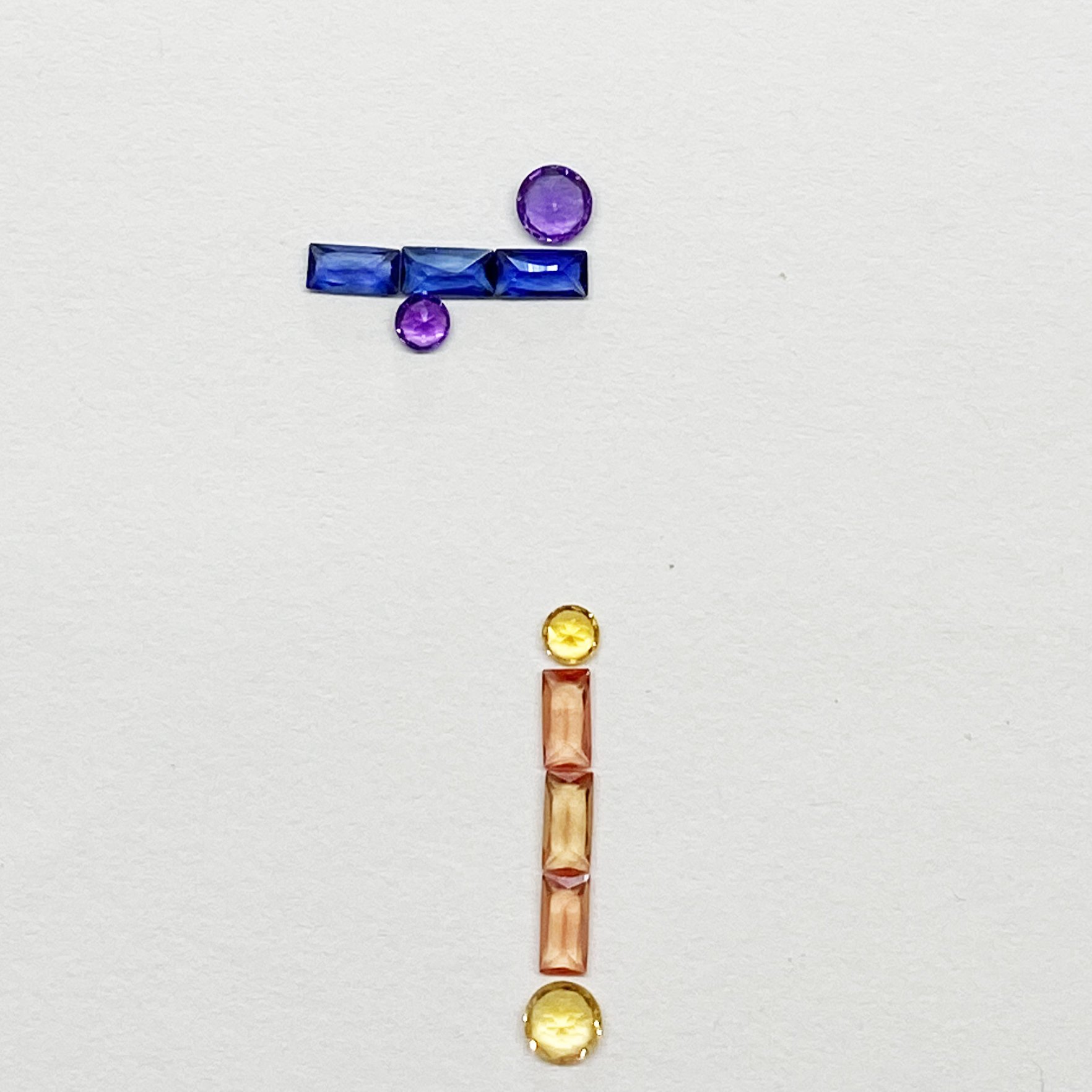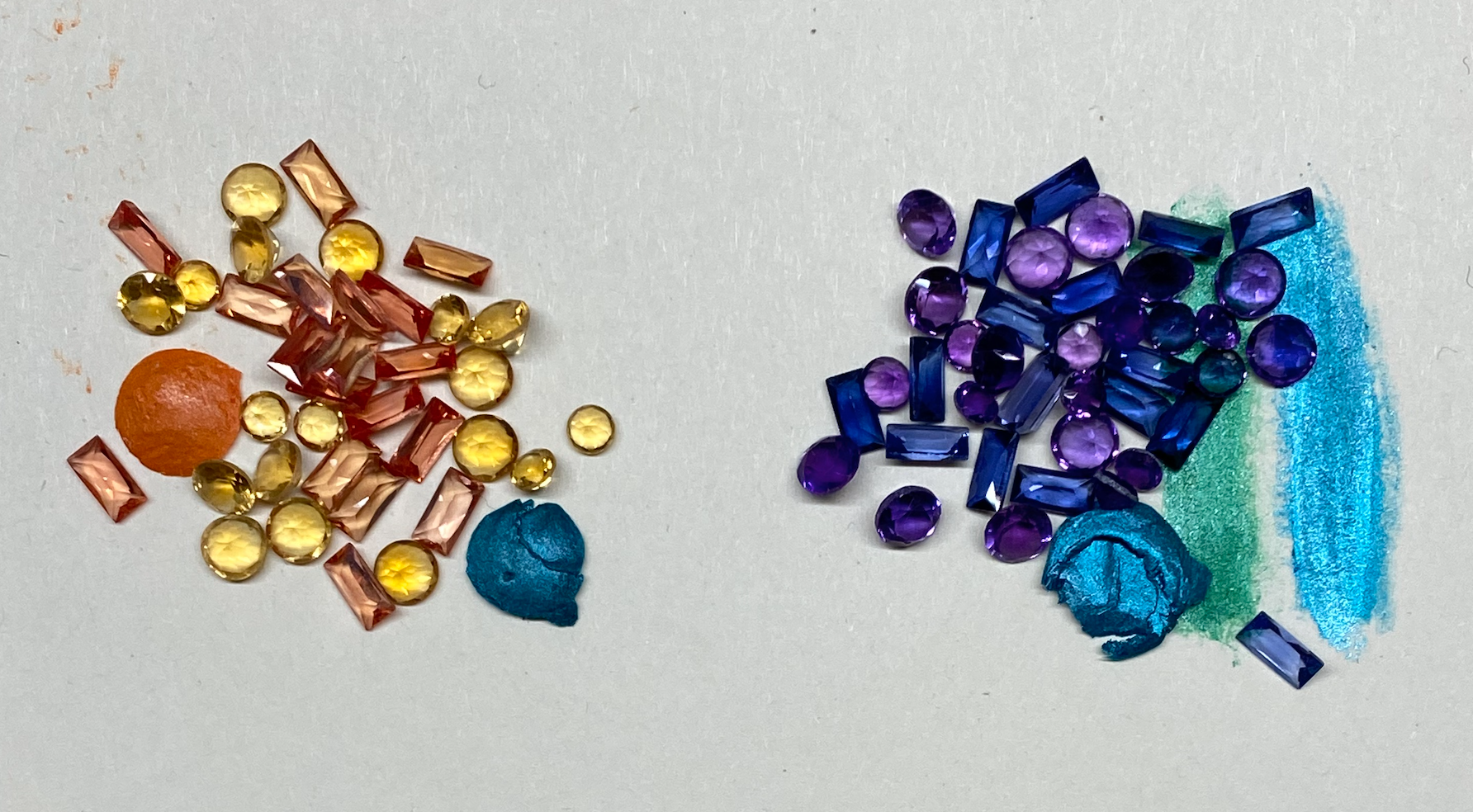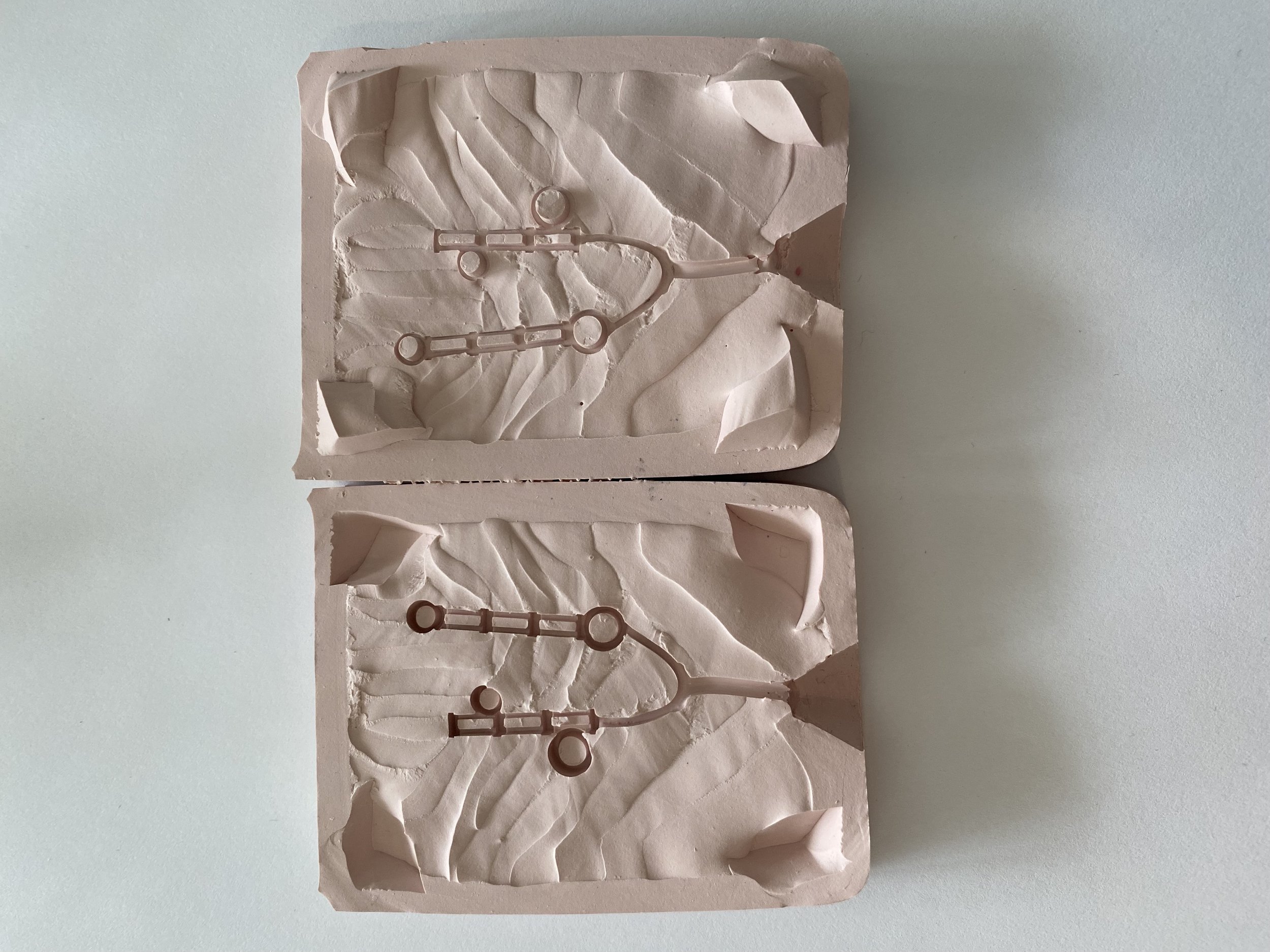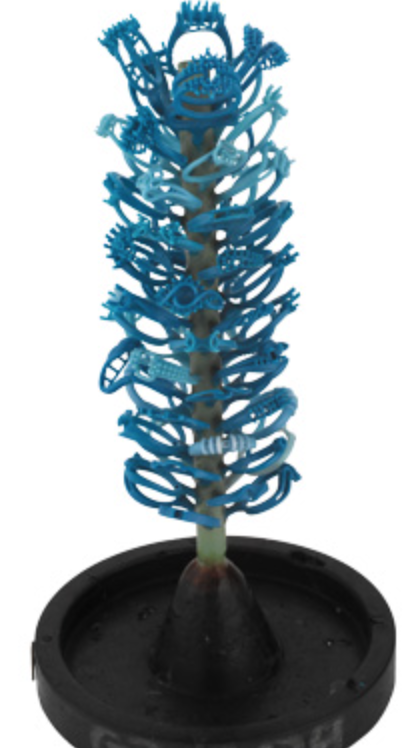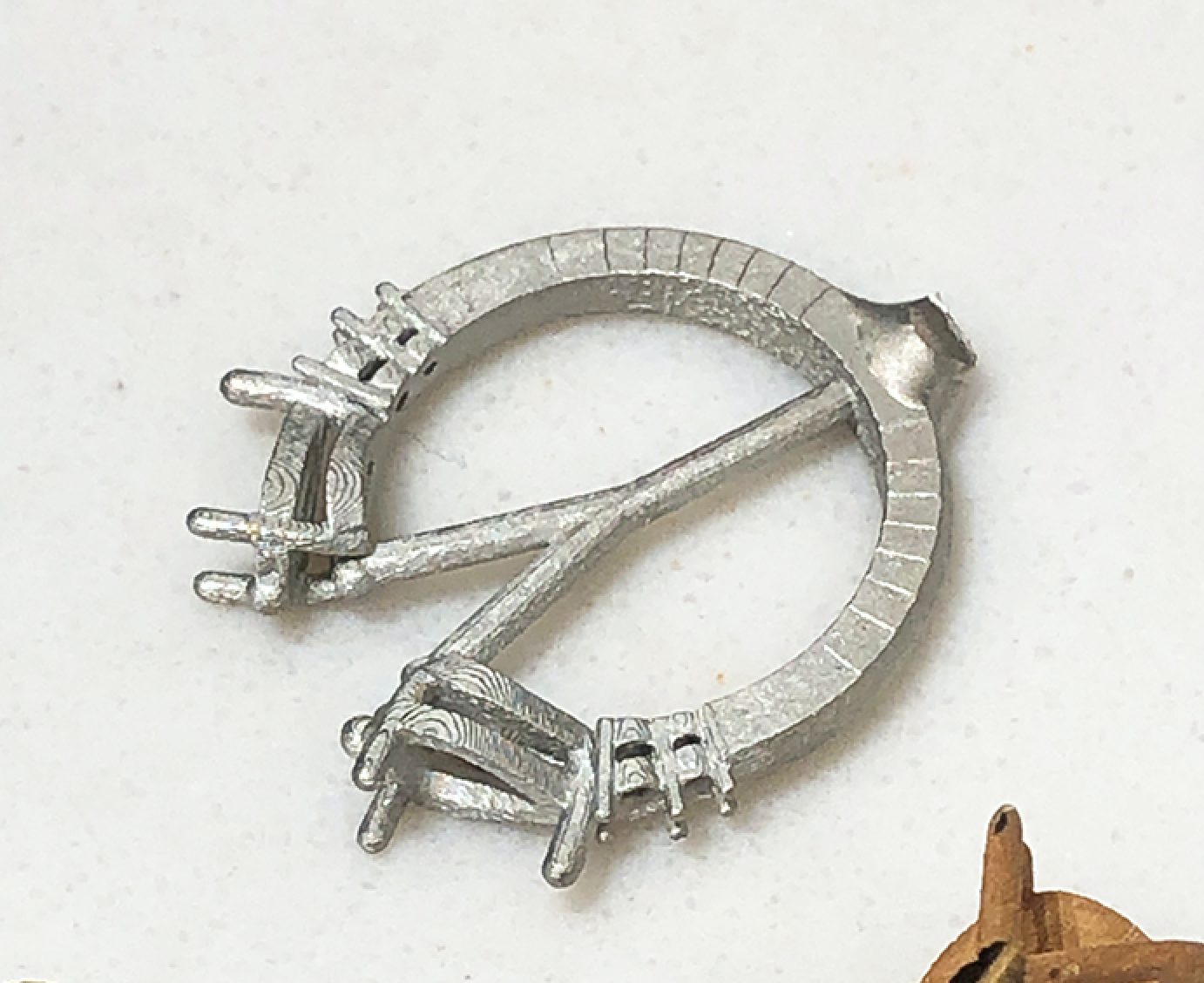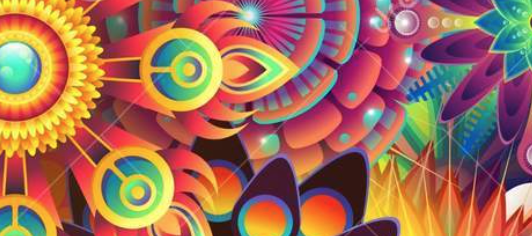NEW GEMSTONE COLLECTION LAUNCH
I recently returned from a trip to Paris and the Burgundy countryside. It was relaxing, rejuvenating and inspiring!
Galleries Lafayette, Paris
The gorgeous Stained Glass Dome was completed in 1912, near the end of the Art Nouveau period. WW1 both interrupted and influenced the dawning of Art Deco design. The playful stained glass motifs around the base of the dome anticipate elements of the subsequent decorative style, Art Deco, with colourful juxtapositions and repetition of bold geometric shapes.
Aligning with the character of my newest collection, the vibrant, glowing sections in the photo remind me of the 70’s era, disco and psychedelia!
This period of my youth is what inspired my latest jewelry collection, DISCO. It’s fun, light, and full of colour. The collection incorporates a number of gorgeous gemstones from my current inventory that I was ready to celebrate. And now DISCO is ready to launch.
DISCO COLLECTION
Among the gemstones I used are Golden Citrine, Lime Green Peridot, Purple Amethyst, as well as a group of lab created Blue Sapphires, Peach Padparascha Sapphires, Ocean Blue Aquamarines and Pink Sapphires.
The necklace chain clasps together as a lariat or as a conventional necklace, whichever the wearer prefers, and the earring gemstones dangle in a line or asymmetrically. The ring has an edgy flat top with offset gems.
With increased demands on my time for my beloved custom work, I was only able to make a limited edition of this collection. It was still fun!
The one-off accent colours on the settings are a combination of oil and alcohol ink, hand painted over sterling silver. The chain is rhodium plated sterling silver, so it won’t tarnish.
I also decided that since I had these gemstones in my inventory I didn’t need to price them at the increased current market value. Another reason that it’s a limited collection.
Necklace $360
Ring $350
Earrings $576
ART JEWELRY
ART JEWELRY
I enjoyed revisiting my dearest mentors and idols in jewelry design for this article. My research has given me weeks of hungry scouring through so many of my old books that were passionate inspiration for me when I went to Jewelry college. I had to severely limit the scope of artists who have contributed to the development of Art Jewelry.
A worldwide revolution in the arts was happening in the mid 1800’s.
Jewelry as a display of wealth in the previous era had been of predictable and mechanical design. The magnitude and number of diamonds in a piece of jewelry were what made it valuable.
Goldsmiths worked anonymously in jewelry houses but they began to spread their artistic wings. Most of them continued to design for their employers (incognito) and suddenly, extraordinary jewelry began to appear with the unmistakable signature style of these new designer goldsmiths.
The Master Jewelers were emerging.
As if this weren’t exciting enough, the philosophies of these artists became an inspiration for other goldsmiths.
This is how ART JEWELRY was conceived.
RENE LALIQUE
Rene Lalique, 1860-1945, turned conventional 19th century jewelry on its head.
Having spent a great deal of time at his home in the French countryside, Rene had carefully studied the natural world out of curiosity and enjoyment. He instinctively incorporated insects, flowers and birds into his jewelry designs.
His imaginative works of art often combined insect specimens with sensual, flowing curves of the female shape, producing an eerie and erotic appeal. It was the turn of the century when women were embracing their own metamorphosis and they related to his unabashed boldness.
He integrated elements of his work according to artistic value, and not according to monetary value. As a result, previously trivialized gemstones like opals, moonstones and pearls accented his translucent and transparent enamels.
In many of his pieces, diamonds were found set against cast glass, horn or carved bone or Plique a Jour enamel.
At age 25 Lalique became a successful Independent Artist Jeweler in Paris with his own workshop and technicians.
He was the undisputed innovator of the ART NOUVEAU movement with his swirling, whiplash lines and organic themes.
He was also the father of ART JEWELRY.
FULCO DI VERDURA
Fulco di Verdura 1899-1978
Born in Sicily into Palermo aristocracy, Fulco lived a sheltered life of privilege which allowed him an appreciation of culture and knowledge. He pursued a wide range of interests.
In Paris, his friends Linda and Cole Porter introduced him to Chanel, who respected the wit, classy nonchalance and well-honed insolence of aristocrats like Fulco.
Verdura began collaborating with Chanel on unreserved designs at a time when Cartier was focused in another direction, on providing serious gems set in platinum.
In 1929 Verdura created a gold Maltese Cross embellished with gemstones and diamonds which was the first in a series that became a beloved motif.
By 1933 the idea had taken root in a segment of society that a jewel should be valued above all as a work of art. Designers were becoming aware that a designer’s name and signature style had monetary value. Verdura was known as Chanel’s principal designer but he felt it was time to make a name for himself.
In 1934 he sailed for America and landed in Hollywood. Although he was a hit among the A-listers there, his growing interest in New York led him to Manhattan and to find his place among a rich and sophisticated New York clientele.
Verdura’s work, dynamically bold, ingenious and unpretentious was well received.
The cigarette case he designed for the premiere of Cole Porter’s 1936 show, Red Hot and Blue immediately became the most talked about bauble in New York, according to Vogue.
His enduring design, the Maltese Cross, was reimagined here in a pair of cuff bracelets with diamonds, pearls and cabochon gems set in gold. They were touted by Harper’s Bazaar in 1937 as the accessory of choice.
From 1939 to 1973, the stately Verdura location on Fifth Avenue, occupied 30 years previously by Cartier, evoked an old fashioned European atmosphere, luxurious and discreet with an unmistakable couture quality. The New York patrons loved it.
He famously incorporated actual seashells in his work. One of his brooches contains a natural lion’s paw shell held in yellow gold and set with diamonds and sapphires.
Verdura developed Art Jewelry for the European and well-heeled American client. One of my favourite Verdura pieces is the cabochon ruby heart brooch wrapped in a platinum and diamond ribbon.
MID-CENTURY ART JEWELRY
After WWII, Art Jewelry evolved in a much faster and diverse development among jewelry houses, independent studio artists worldwide and in universities and jewelry schools.
To the masses, Art Jewelry created during this period satisfied a desire for luxury and grandeur in a world that had been lacking indulgence during the war.
Motifs of nature and animals remained in favour. Two imaginative and immensely popular mid-century designers are Suzanne Belperron and David Webb.
CONTEMPORARY ART JEWELRY
This is the most productive and creative period of jewelry design in history, according to Alan Revere, a master goldsmith, award-winning jewelry designer and founder of Revere Academy of Jewelry Arts.
This bold statement doesn’t surprise me. In today’s digital world there is no divide between country or time between one artist’s image and another’s appreciation of it. Artists influence and challenge each other, chat and critique the work of their contemporaries online or in a higher learning environment. They have access to all that has come before and they are producing groundbreaking work.
The new Contemporary Masters are emerging. Some of them are transforming the way jewelry is perceived.
Their philosophies, inspirations, methods and influences are diverse. Stylistic approaches and materials are being pushed to the limits to create works that are minimal, narrative, geometric, inspired by nature and large scale. They are using new approaches, alternative materials, enamel, noble materials, found objects.
There is a campaign for art jewelers to achieve “art status” for their work. As is the case with art, not all of it is to everyone’s taste.
THE RISE AND FALL OF COSTUME JEWELRY
Costume Jewelry has a vibrant and rich evolution, and an important contribution to the jewelry industry.
The 19th century saw sweeping changes in art, design and industry, all of which had a profound effect on jewelry. Jewelry design movements flourished and established themselves and some continue to thrive today.
Costume Jewelry became an entity in the 1920’s but its roots are found in the 18th century when leaded glass was used to replicate diamonds. By the end of the 19th century Swarovski had developed rhinestones. Base metal with gold plating created the look of the real thing.
The Industrial Revolution made it possible for jewelry to be mass produced, then Hollywood movies featuring Designer costume jewelry worn by film stars (the 1940’s fashion influencers), inspired the middle class to acquire similar baubles. Costume Jewelry became a flourishing industry of its own up until the late 20th century. Its purpose was to provide well-made, affordable jewelry to the middle class and to complement trending fashion colours and styles.
It did take a turn, however, in the mid 1980’s when large manufacturers started to focus on higher production, faster turnaround and the cheapest prices. To achieve this and be competitive, offshore factories were engaged to employ people (including children) who would work for very little money and endure hard working conditions. Cheap metal alloys were created that contained toxic elements, craftsmanship was replaced by automation, and the number of units completed became more important than the quality of the jewelry.
Costume Jewelry became known as a single-use accessory that might turn your finger green, also associated with potential human rights violations.
High end department stores wanted better quality jewelry than this new Costume Jewelry. This created a market for what became known as Fashion Jewelry, still mass marketed but well designed and made with good materials.
HOW COSTUME JEWELRY BEGAN:
Coco Chanel created jewelry in the 1920’s with excellent craftsmanship that combined fake pearls, chains, glass and plastic. The purpose for wearing jewelry immediately shifted from expressing one’s wealth to expressing one’s personal style.
Coco would wear bold and flashy costume jewelry herself as a fashion accessory to complement her outfit and this immediately became a trend that was available to most women because of its affordability.
Her jewelry sparked a profusion of Designer Costume Jewelry that flourished for most of the 20th century.
The following is an incomplete list of 20th century Costume Jewelry Designers. Careful attention to detail, engineering and artistry was common among them.
Miriam Haskell Company immediately became popular in 1926 New York with her floral themed jewelry.
In the 1930's Elsa Schiaparelli was one of the most popular fashion designers in Paris. She created a line of jewelry inspired by the Dada art movement, with large fake stones on bold bracelets.
Eisenburg, originally a clothing company, started making jewelry in the 1930’s. Known for high quality materials and masterful craftsmanship, they continue to operate today. The company was famous for its very authentic looking replicas of 18th-century fine jewelry.
During the Art Deco period, Ralph DeRosa created quality costume jewelry and became known for his innovative designs.
Henrietta Carnegie moved from Austria to the US and changed her name to Carnegie after learning that Andrew Carnegie was the most successful person in America.
Her jewelry designs were wild, giving a touch of flair to otherwise conservative outfits: bold yet timeless.
Kramer Jewelry Creations was founded in New York City at the height of World War II. Kramer favoured organic-looking floral designs made with colored enamel or gilt petals and leaves.
Trifari is one of the most respected producers of costume jewelry in the United States since the 1920's. Their invisible gemstone settings showed a level of craftsmanship and technique not seen before in costume jewelry.
Christian Dior's costume jewelry was designed to not only complement and accessorize his fashion lines, but also to match the quality of his couture collections.
Marcel Boucher began his career as a jewelry designer for Cartier and founded his own company in 1937.
The design and craftsmanship in his work is the same as fine jewelry, only made from lesser materials.
Coro Jewelry is one of the most recognized American jewelry companies. Coro created jewelry to suit every taste and budget. They are known for delicate yet sturdy construction, and high quality craftsmanship.
Since the 1960’s, Kenneth Jay Lane has created pieces worn by Jackie Onassis, Elizabeth Taylor, Audrey Hepburn, Barbara Bush and more.
Cheap mass produced Costume Jewelry came into the market around 1985. It does have a lucrative place in commerce but should not be confused with the designer pieces made between the 1920’s and the 1980’s. Substandard jewelry manufactured after that period compromised the Costume Jewelry industry and it is hard to recover from a damaged name.
Vintage Costume Jewelry has been having a moment for some time as people discover that it was actually extremely well made and designed, and not the poor quality “copycat” pieces from the period since the mid 1980’s. Uneducated buyers and sellers don’t necessarily know there is a difference between these two phases, and the “new” Costume Jewelry has its own market.
The category called Fashion Jewelry has emerged to fill the gap with pieces that are designed and hand made or manufactured with the careful intention of creating a trendy high end product that is still quite accessible. Department stores like Holt Renfrew, Saks and Nordstrom carry this type of designer Fashion Jewelry, while museum and gallery shops also carry independent designer goldsmith lines.
Beautiful Argentina
I couldn’t pass up the opportunity to talk about beautiful Argentina, having just arrived back home from an extended Family Trip.
The first photo gallery shows the wonderful ranch we stayed at and a selection of bodegas we visited. Most of the wineries produce olive oil as well as incredibly tasty wines. Some of the grape and olive vines date back to the 1920’s.
This is our ranch in Lujan de Cuyo where we relaxed, swam, cooked steak on an Argentinian style barbecue, and some of us worked remotely. The peach tree gave us an abundance of peaches and peach jam every morning at breakfast.
THE WINERIES! OH, THE WINERIES
Bodega Mendel: a very old, traditional, Argentinian family-owned winery. Our host was welcoming and extremely knowledgeable about all of the wines in Lujan de Cuyo and Uco Valley. It was our privilege to learn from her.
Bodega Vistalba: a breathtaking vineyard and mountain-backed property with gorgeous vistas where we enjoyed a leisurely 5 star meal in the Zen-like surroundings. This winery has already been purchased and plans are in place for creating a high end sustainable housing development.
Bodega Budeguer: a newer family-owned winery that is also a large producer of sugar cane. Using recent technologies and experiments for their wine blends, the young company is growing and already producing some impressive wines.
You may notice nets holding rows of grape vines in Bodega Budeguer. The nets are there for protection against extreme weather. While we were in the region we experienced predictable summer hail storms with hail as large as eggs that have the potential to ruin this year’s and next year’s crops! The nets are expensive, so not every winery is able to purchase them. Another way to mitigate damage is by exploding “bombs” in the sky to break up the ice balls.
We were treated to many wine tastings and delicious meals with wonderful people from all over the world.
BUENOS AIRES
We walked, relaxed, played cards, drank wine, ate steak and other Argentinian delights, we explored the streets of Palermo, went on tours, appreciated art, and laughed a lot. Much of the architecture is breathtaking and is old European building design down to the last detail.
The best tours are the walking tours. We learned about early settlers and the significance of the city’s port, we listened to entertaining stories about competitions among wealthy 19th century European immigrants who created the best European architecture and luxurious homes in Buenos Aires.
LA BOCA
We learned about the mixing and melding of music and dance among the indigenous Argentinians and the Italian, Portuguese, Spanish and African immigrant labourers who shared their culture with each other to create Tango in the streets of Buenos Aires. The area called La Boca is the working class area where the pulse of art and music, sports and community is felt on every colourful and shoddy street.
RECOLETA CEMETERY
We toured the Recoleta Cemetery where the wealthy and powerful created a small city of the most beautiful mausoleums, each one more impressive and opulent than the next, to house their departed loved ones. We heard the amazing life and death story of Evita, (Eva Peron), and her capacity to stir the hearts of the working class.
MY FAVOURITE GALLERY, MALBA
Museo de Arte Latino Americano de Buenos Aires
Latin American art from the beginning of the 20th century to today. You might recognize works by Diego Rivera or Frida Kahlo, perhaps Antonio Berni. Ongoing temporary exhibitions enhance the small but impressive permanent collection. The passion of the Argentinian people is evident in political works as well as the Pop Art.
WE WELCOMED THE NEW YEAR WITH TANGO!
THE BEST BIRTHDAY CELEBRATIONS
There were two nights of celebration for my birthday. One was at a sustainable restaurant where many unusual ingredients were masterfully turned into delicious courses. Everything was made in house. Some of the dishes included lamb testicles, duck tacos, lamb tongue.
The tango dancers were two of our table mates at the second dinner celebration. I include this picture of our special friends because we learned over the course of the evening, that they are world champions of Tango, yet very warm and humble people. The dinner was a secret affair for 8 at our chef’s private house. We were privileged to spend the evening getting to know one another. It was so special that I didn’t think to take pictures!
Fine Jewelry
FINE Jewelry is a huge category in the jewelry industry that supplies a worldwide demand. How to confirm that it is Fine Jewelry. Quality marks for American and European fine jewelry. How a designer creates a fine jewelry collection.
FINE JEWELRY
This is the last in the series describing classifications of jewelry: COSTUME Jewelry, ART Jewelry, HIGH Jewelry and FINE Jewelry, with mention of COUTURE Jewelry and FASHION Jewelry. Writing this series has been fun for me to trace the origins, the development, the value in the marketplace and to explain the differences between each category.
As stated previously, the 19th century saw sweeping changes in art, design and industry, all of which had a profound effect on the jewelry industry. Jewelry design movements flourished and established themselves and some continue to thrive today.
By the mid 20th century, traditional goldsmithing programs were available in North American universities. Goldsmithing traditions in Europe, the Middle East and Asia had survived through generations of apprenticeships but programs for students began to be established there as well. This ultimately resulted in a surge of new designer goldsmiths. Coinciding with the mass marketing of costume jewelry, Fine Jewelry Collections happily filled the gap for high end department stores like Neiman Marcus, Harrods, Bloomingdales, Nordstrom, Saks, Bergdorf Goodman and more.
FINE Jewelry is a huge category that supplies the demands of diverse economic levels in society and around the world.
Simply put, FINE Jewelry is jewelry that is made with precious metal: karat gold, platinum (PLAT, PT950) or sterling silver (925, STER).
Karat gold jewelry made in the Western world will be marked with symbols like 10K, 14K, 18K, 22K or 24K.
Fine jewelry made in Europe will have the following symbols: 583 or 585, 750, 920 or 999.9. The standard in Europe is 14K (583 or 585), although you might find some 9K (417) and in the Middle East and Asia much of the jewelry produced is 22K.
The ring below marked PT 950 750 has a platinum setting and a 750 (18K) yellow gold band.
A Fine Jewelry collection that is well designed and beautifully hand made is prized by discerning buyers, but large corporations also make fine jewelry and in massive amounts for the rest of society. The success of the least expensive, mass marketed fine jewelry that results in high volume sales depends entirely on good designs that can be made using less gold, gemstones and diamonds that are lower grade, and low cost factory labour.
Fine jewelry DOESN’T include gold-filled or gold plated pieces.
These are the materials of FASHION Jewelry, which include gold-filled and plated jewelry, along with semi-precious, synthetic or lower quality precious gemstones. The category called Fashion Jewelry emerged to fill a gap with pieces that are designed and hand made or manufactured with the careful intention to create a trendy product that is most accessible.
The crossover with fine jewelry is that sterling silver is used in both.
There are industry rules about how these materials are made, and how they are to be marked, or quality stamped:
Gold filled consists of a base metal with a layer of gold that is at least 12K, fused to its surface. The fused layer must weigh at least 10% of the base metal. If it were melted down, the result would be 5% or 1/20 pure gold. Therefore, it is symbolized as 1/20 GF or 1/20 12K GF or even 1/20 14K GF.
There is twice as much gold in gold-filled than there is in gold plated jewelry, which has a thin gold layer over base metal. There is no industry mark for gold plated jewelry, although I have seen pieces marked 14K GP, which can be misleading.
Many stores that carry Fine jewelry also carry fashion jewelry because it is not only on trend but also more affordable. Fashion jewelry offers an alternative to the consumer who is looking for something inexpensive to accessorize an outfit that looks like the real thing.
The FINE JEWELRY category is arguably the biggest in the jewelry industry. I can’t possibly list all the fine jewelry designers. You have seen some in magazines and in stores. You have purchased from them at Department stores, Jewelry Stores, at trade shows and from their independent studios. A few big names you might recognize are David Yurman, Roberto Coin, Marco Bicego or John Hardy, who have international companies branded with their name. International Fashion Houses have jewelry collections created for them using their logo and supporting the higher end prices of the Fine Jewelry category. Independent designers worldwide create their own collections and sell them online or at local fairs, shows and galleries.
A Fine Jewelry Collection takes time, patience, and some ingenuity to create.
I will share my own experience creating my most recent collection, but the process is roughly the same for all designers.
I don’t always plan a collection in advance. It happens somewhere between sketching my inspiration and test driving a finished piece for comfort and functionality.
My most recent collection came out of necessity to create a new ready to wear line. During COVID I made personal occasion pieces to replace trips not taken by my clients, redesigned jewelry that they found when they organized their closets, and provided engagement, wedding and anniversary rings. The decision to create a new collection was prompted by the fact that I would be participating in START STRATFORD once more, and wanted to update my website store with new ready to wear pieces.
I played with gemstone layouts and really liked the combination of round and baguette gemstones. They felt fun. I also got excited about the idea of making colourful pieces.
I combined Amethyst rounds with Blue Sapphire baguettes, and Citrine rounds with Padparascha Sapphire baguettes.
I had recently experimented with painted colour patinas and I envisioned creating iridescent teal, turquoise and orange patinas on sterling settings to complement and contrast the chosen gemstones.
The decision to turn a finished piece into a collection brings with it a set of tests for production.
1. Consider how a component might translate into other jewelry forms - earrings, a necklace, bracelet or ring.
Both of my designs would work as earrings, in pairs or in unmatched pairs. I saw the Citrine-Padparascha design as a lariat necklace and wanted the wearer to be able to position the gems where she liked. I thought of making the Amethyst-Sapphire design into a ring.
2. Determine whether any aspect of the piece needs to be redesigned to help reduce labour costs when working in larger numbers, while at the same time maintaining the quality of the piece.
I had designed bezel settings for all of the gemstones. If I redesigned them using claw settings I would be able to save a lot of labour time. The integrity of the design won over cost. I decided to maintain my original design because the bezel settings reflect the sleek lines and repeat the round shapes.
3. Ensure that the source for gemstones and findings has reliable inventory for larger quantities, including from my own inventory. Estimate the cost of materials and labour.
Here is where I could have been more circumspect. I had a final price in mind but I didn’t check the current gemstone prices until I was ready to go into production because I had a collection of gemstones in my own inventory. This was fine, unless more gemstones would be needed later. All of us have experienced prices rising shockingly in every industry but when I learned that the price of one lab sapphire baguette had increased by 65%, I made the decision to limit the size of the collection to the number of gemstones I have in inventory. It now becomes a limited edition.
4. A production mould is made for multiples to be cast at the same time so the production can begin.
Once cast, the components are cleaned and polished together, in batches. To speed up labour time, they are soldered in groups, assembled consecutively and finished in succession. Clasps, joints and settings are tested for quality and reliability.
5. Special packaging may be selected for the new collection, the name is finalized and a marketing plan is established.
When I asked my visionary daughter and quick-thinking son-in-law to help with naming the collection, they brainstormed fun times, colour and light and they came up with a really fun name!
The marketing plan fell into place with visions of psychedelic colours, dancing and disco balls and most fun of all, the now universal music that makes us want to move!
I’m not posting pictures of the finished pieces yet because I haven’t launched them, but I’m pretty sure you can guess the name of the collection. Stay tuned!




